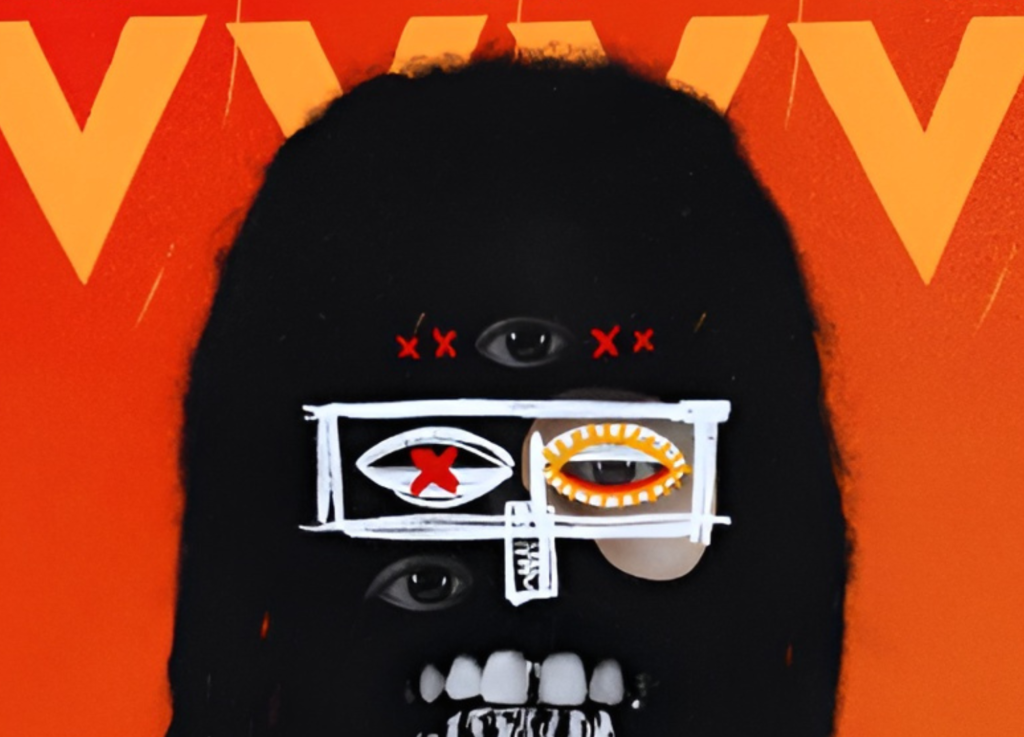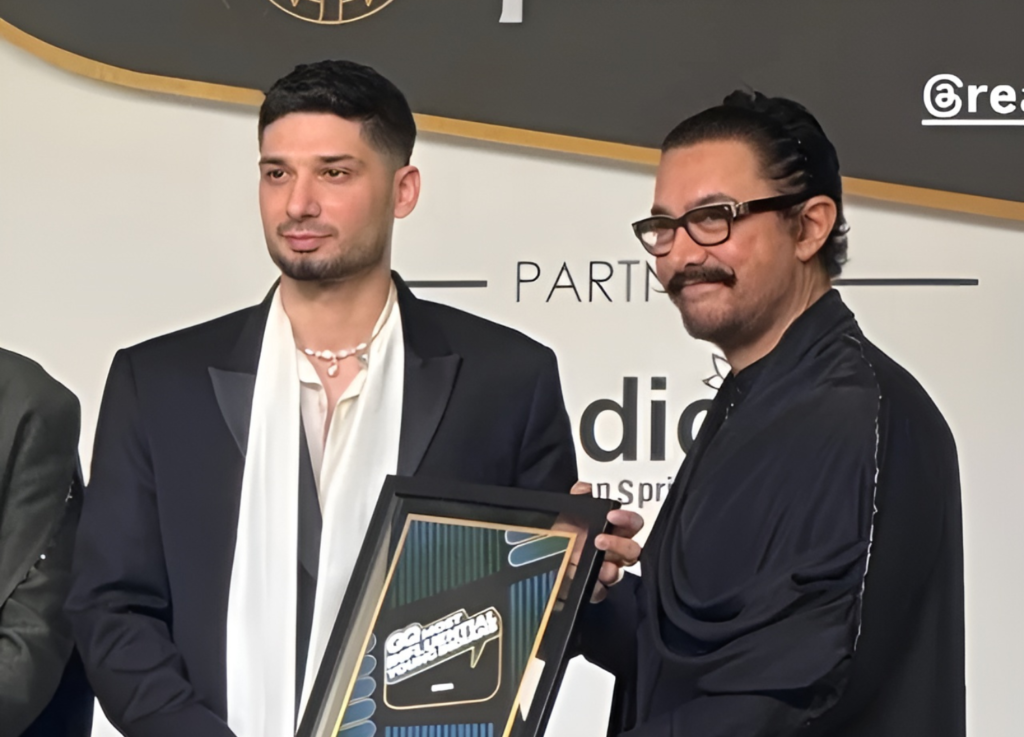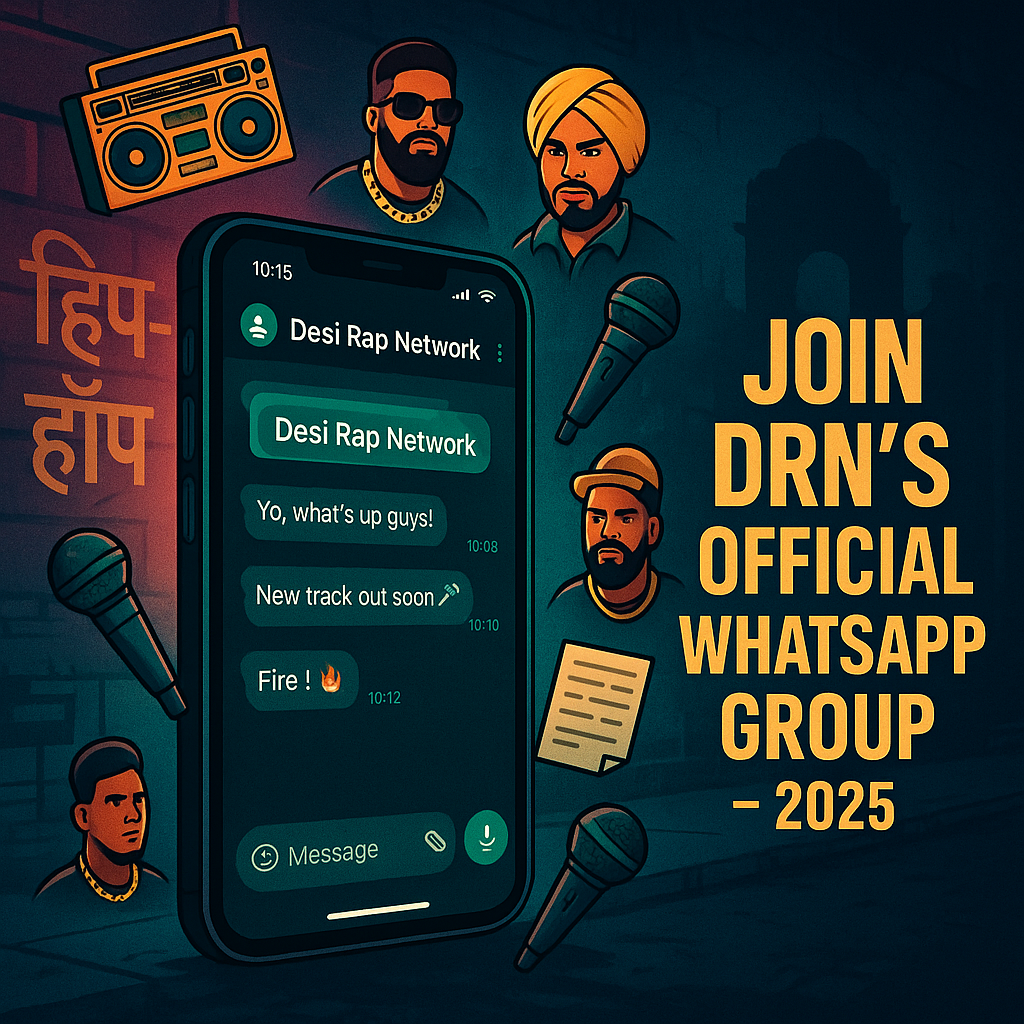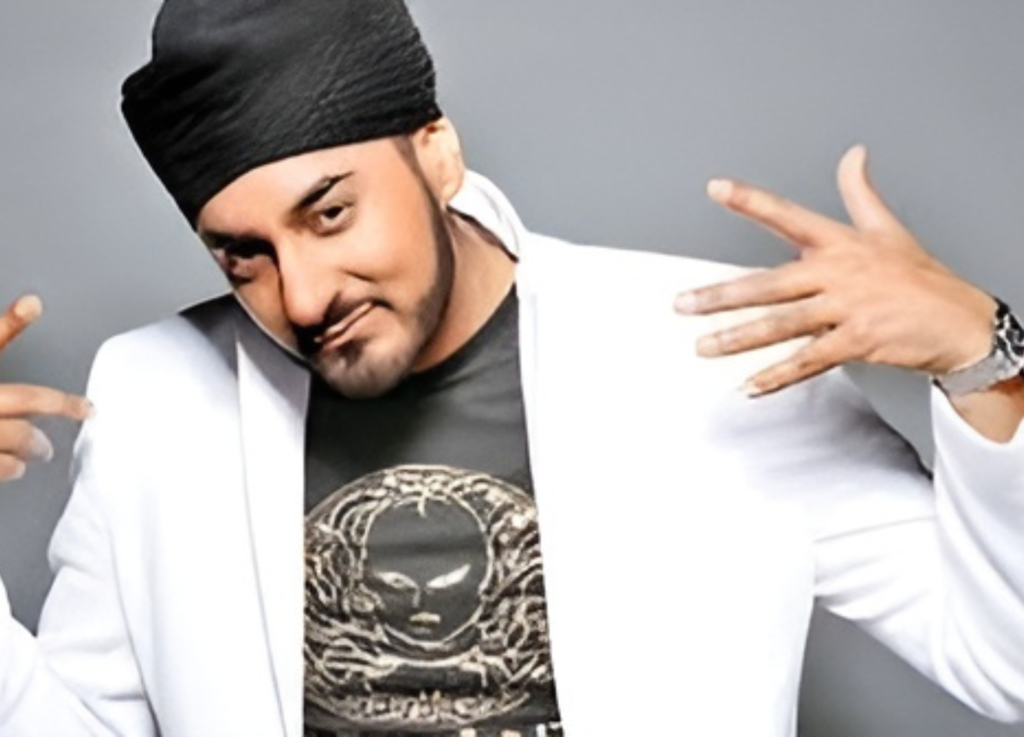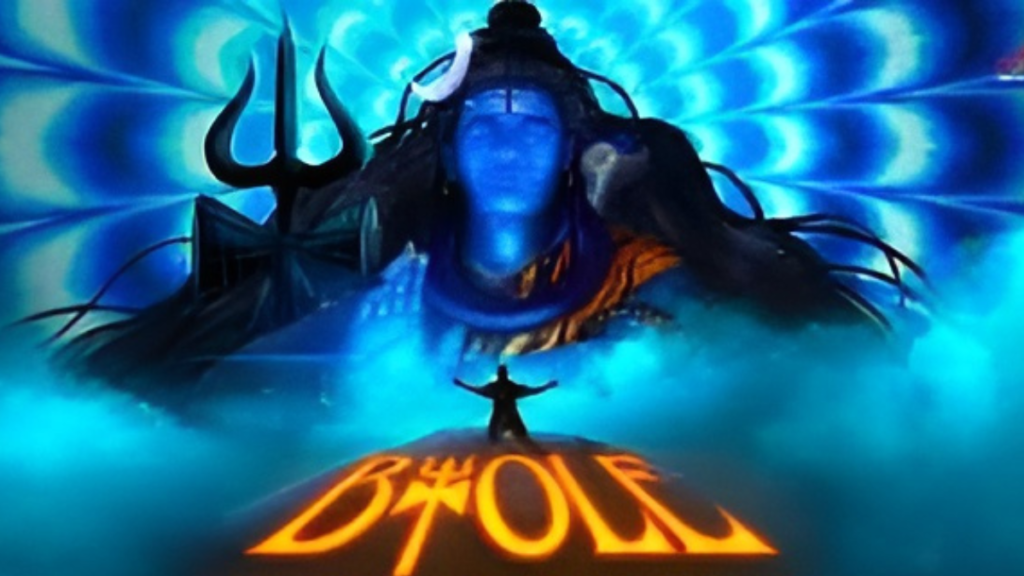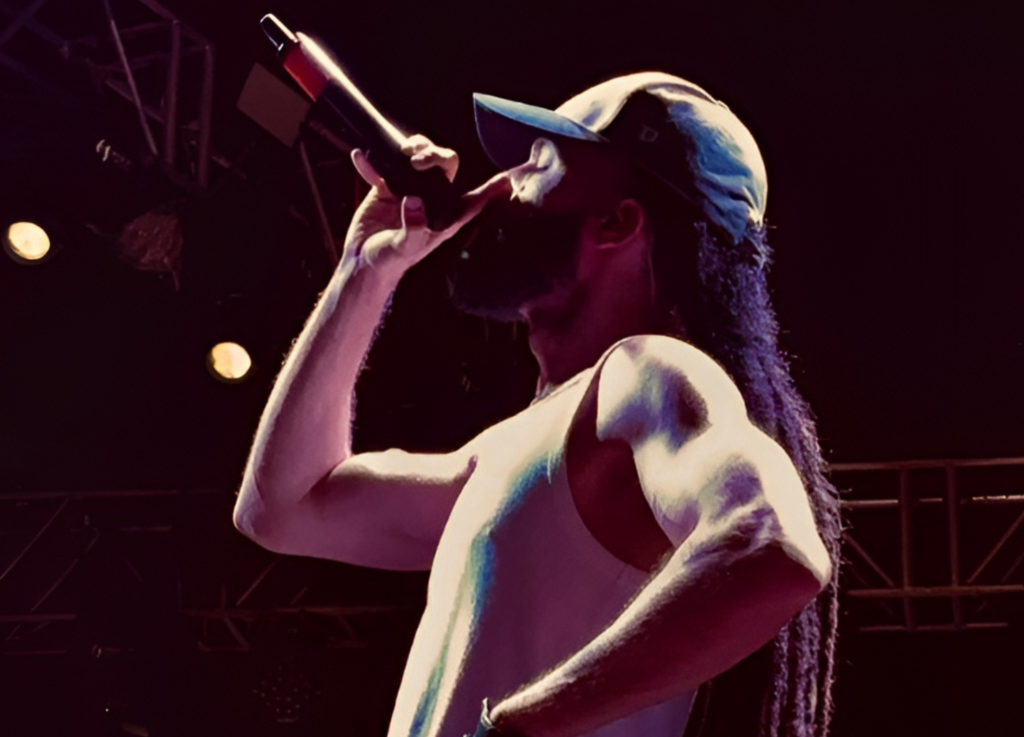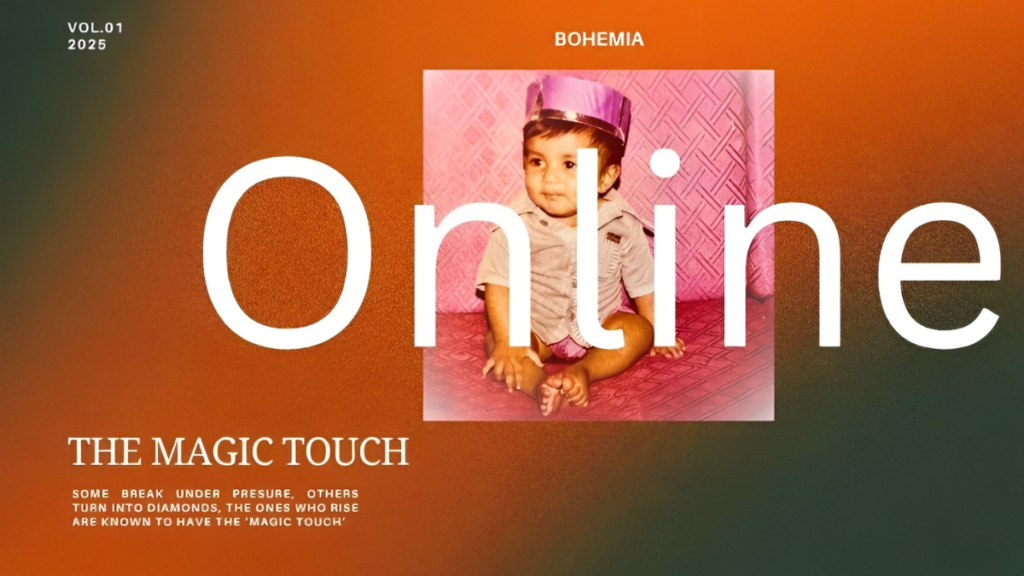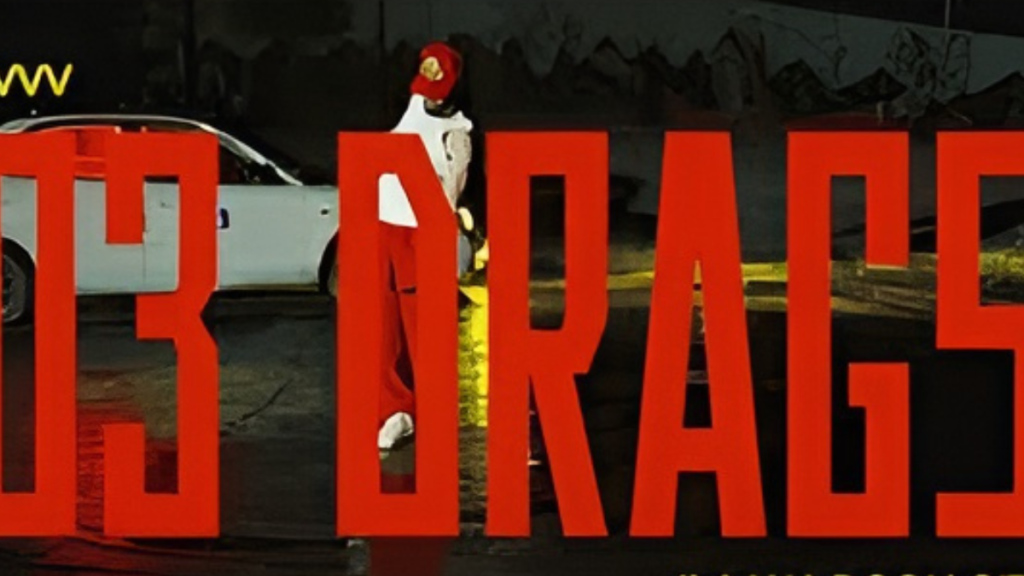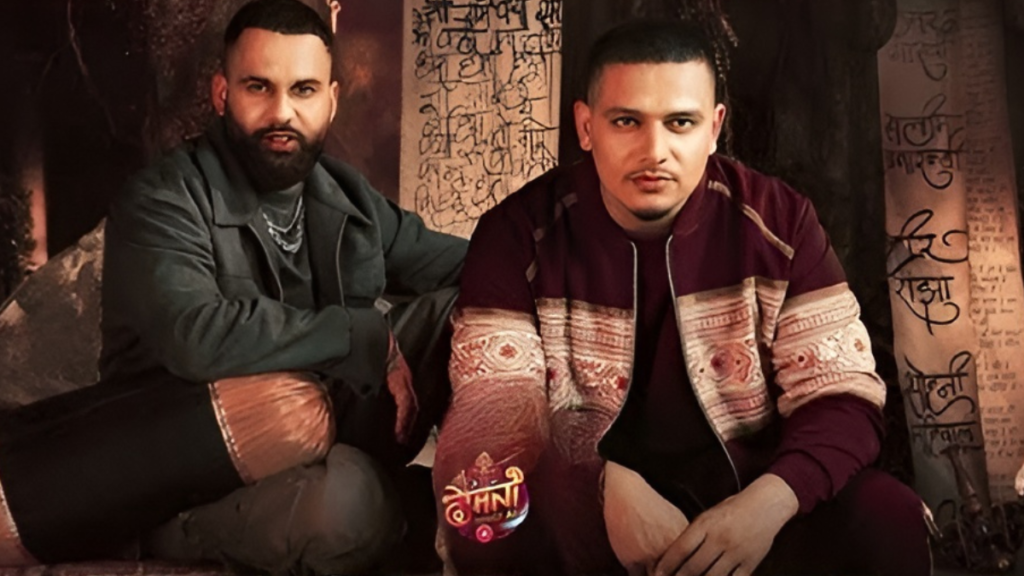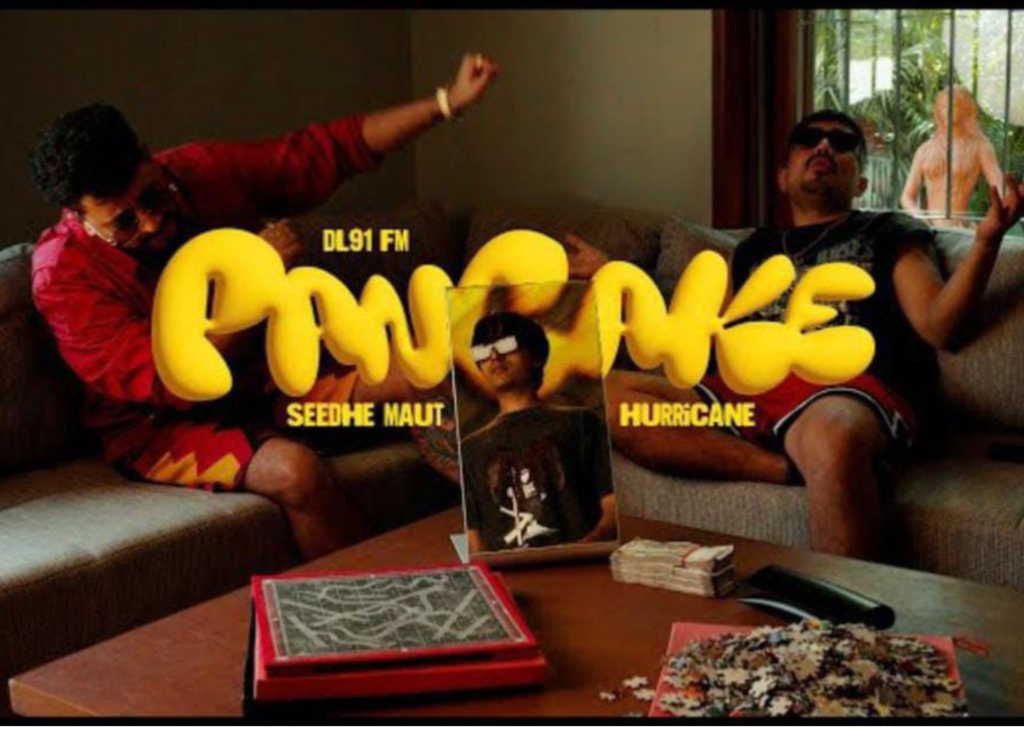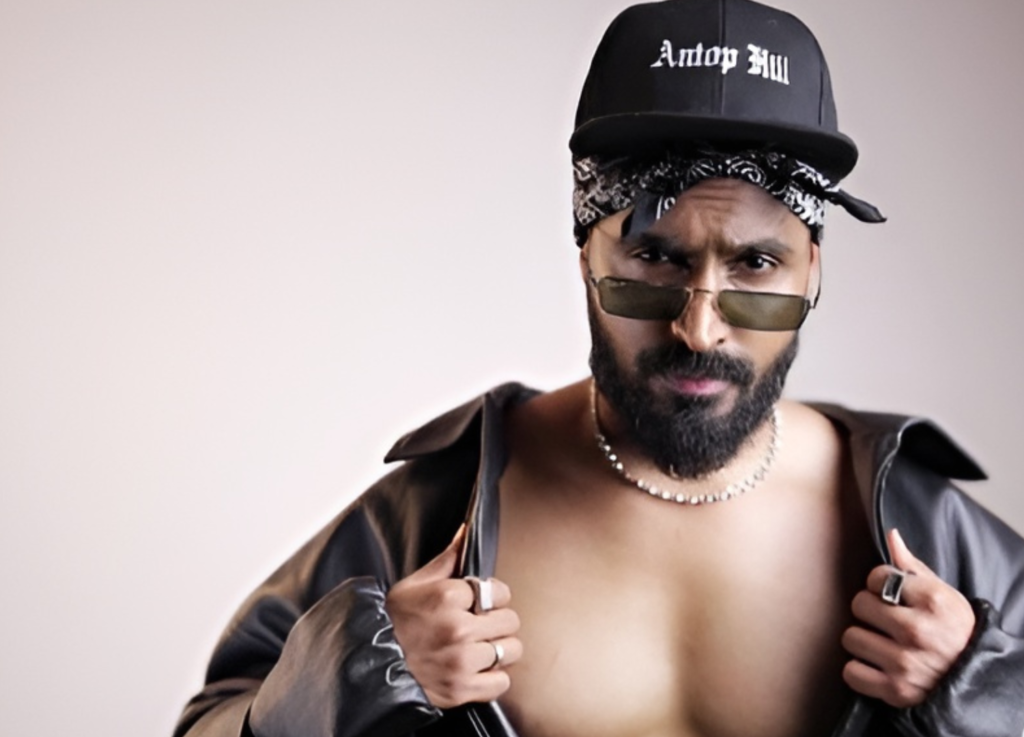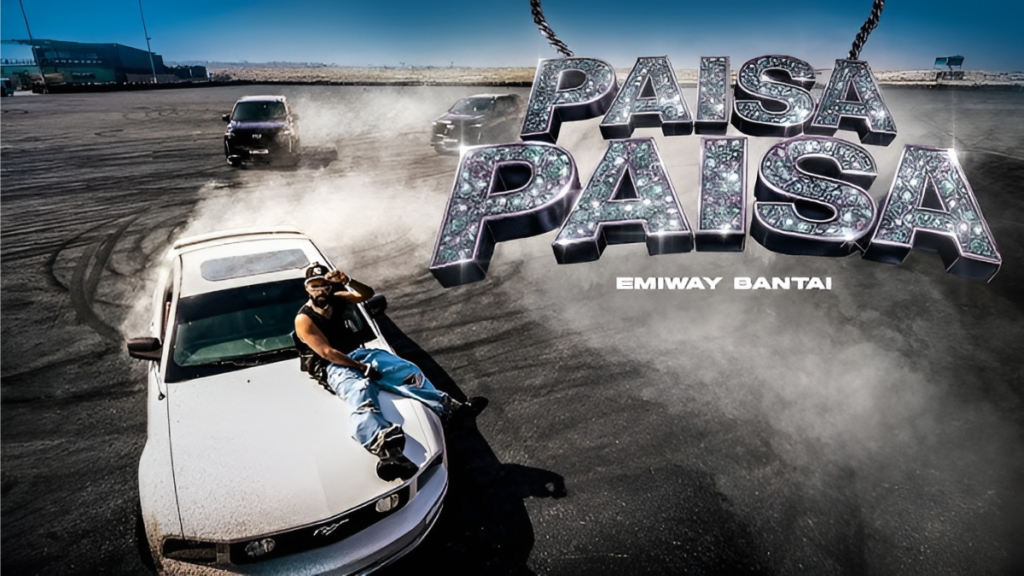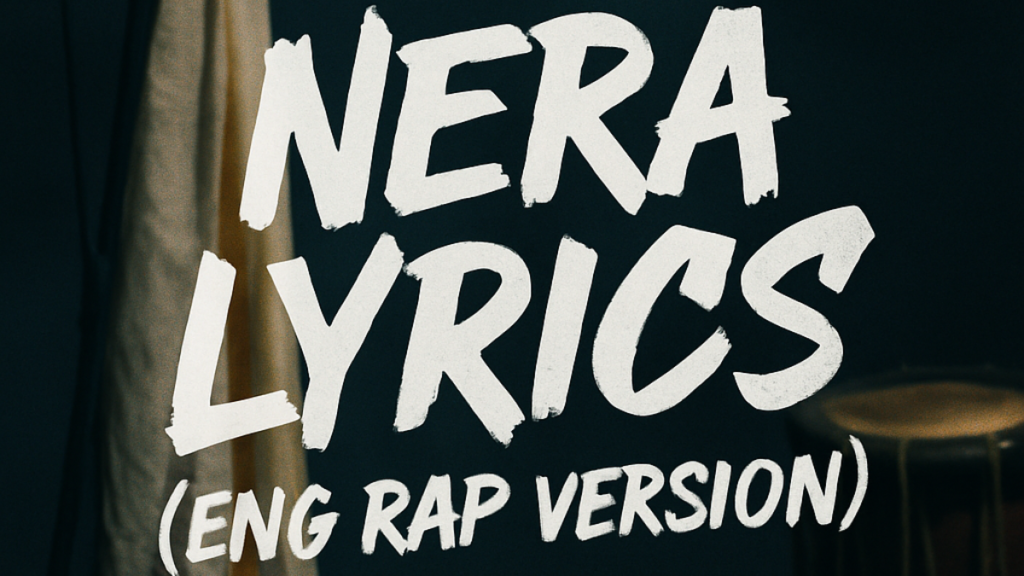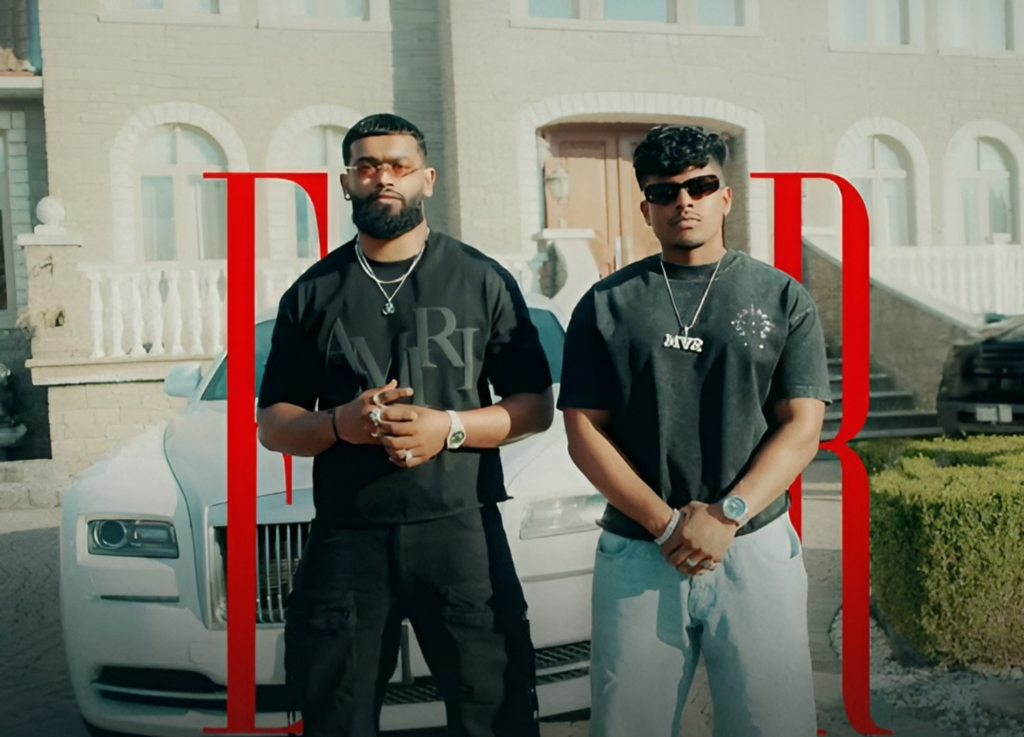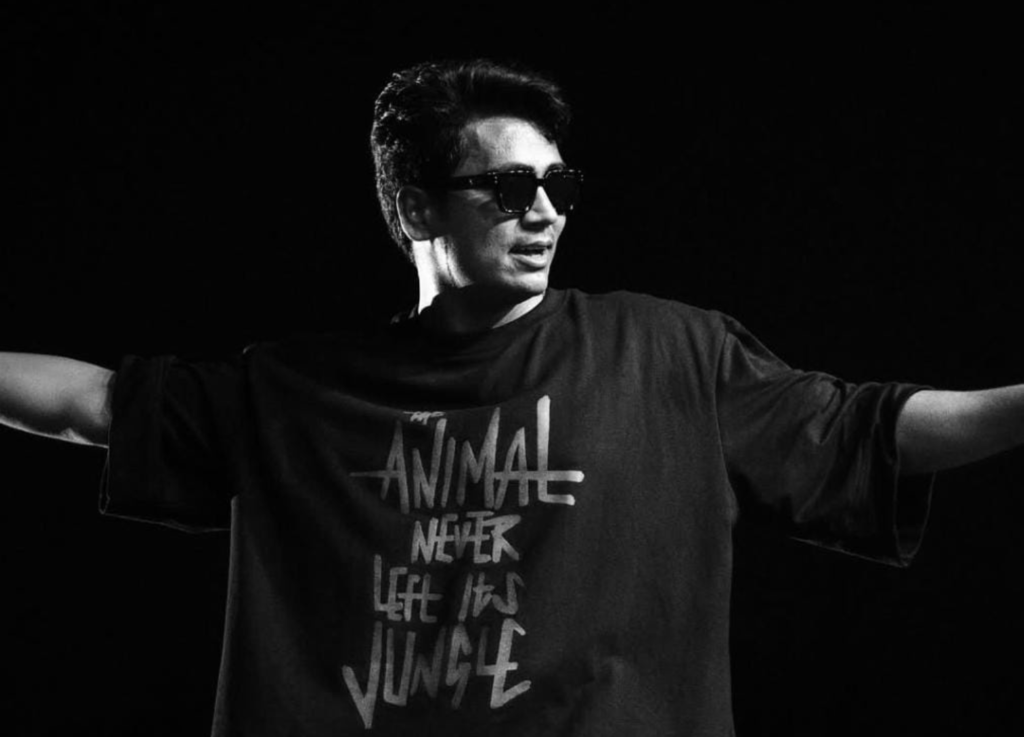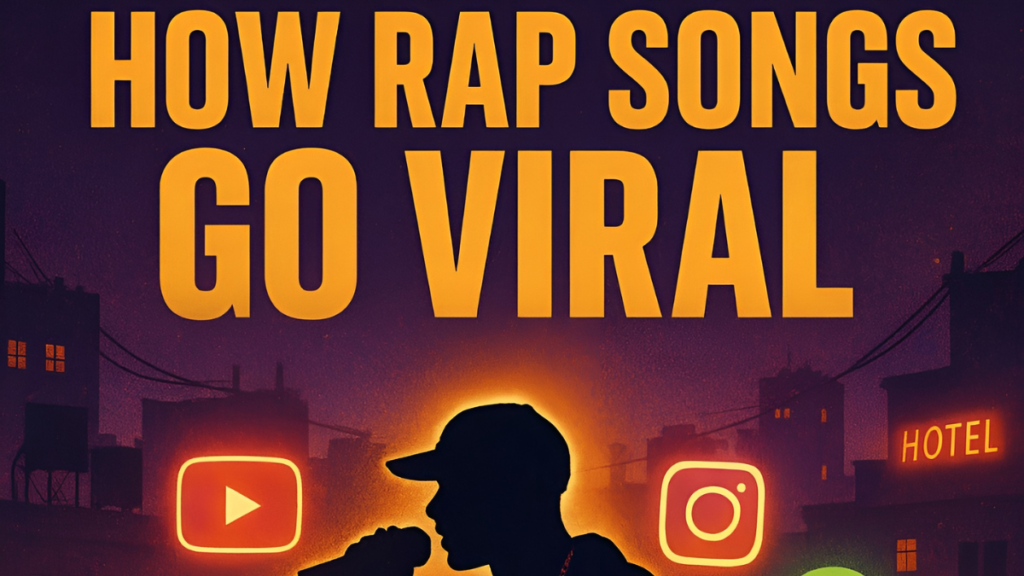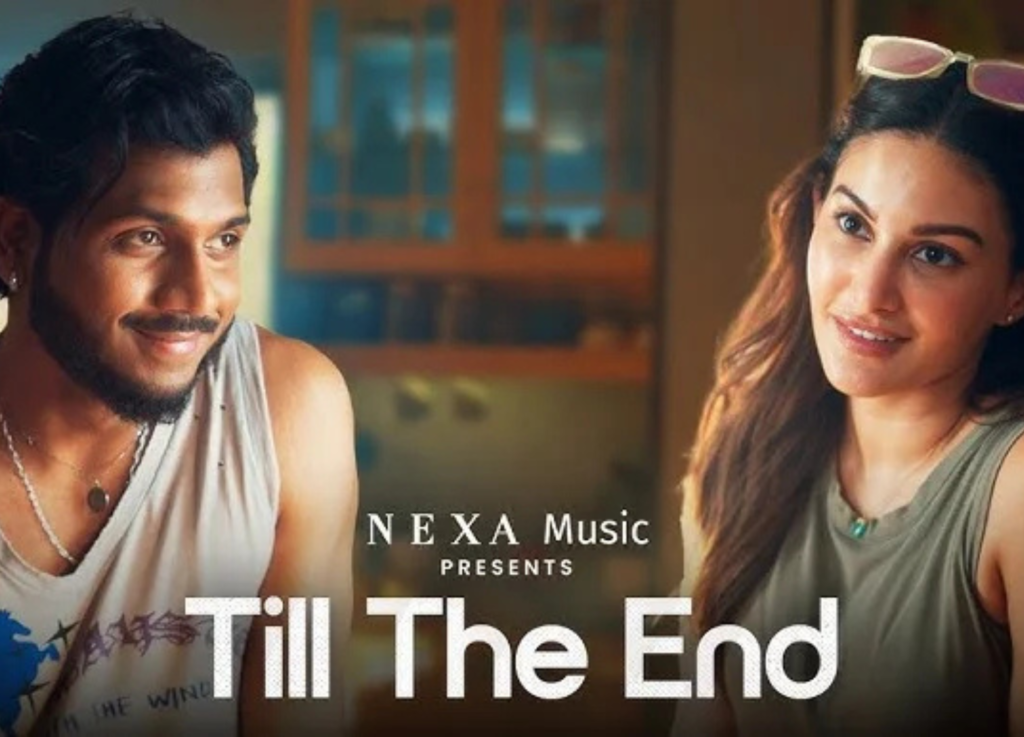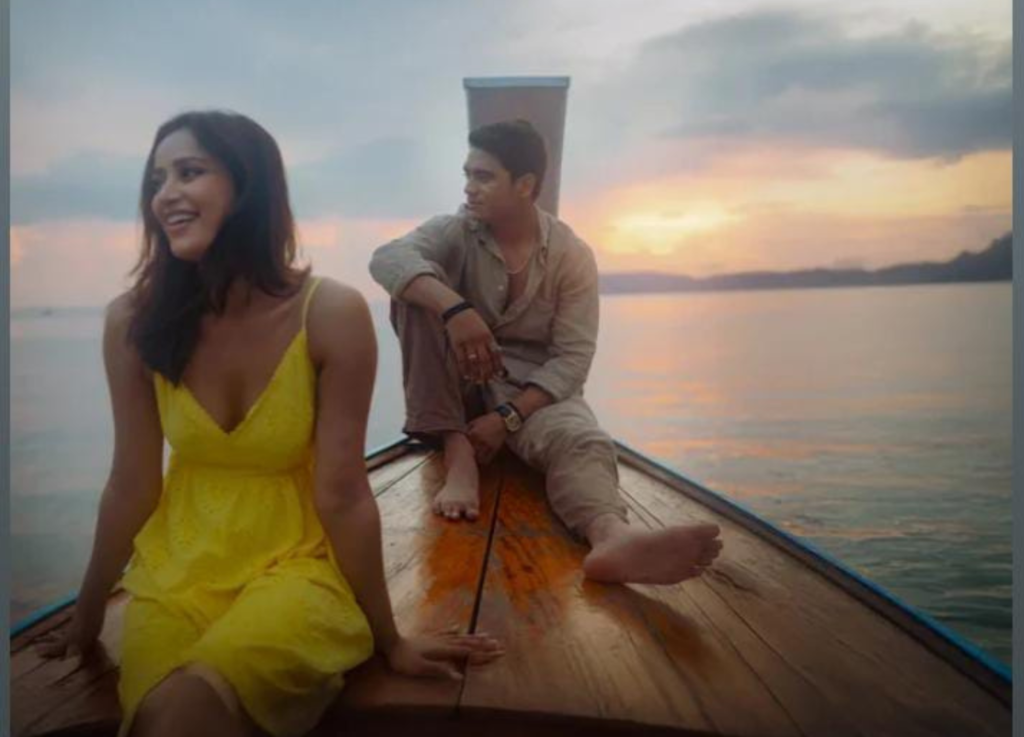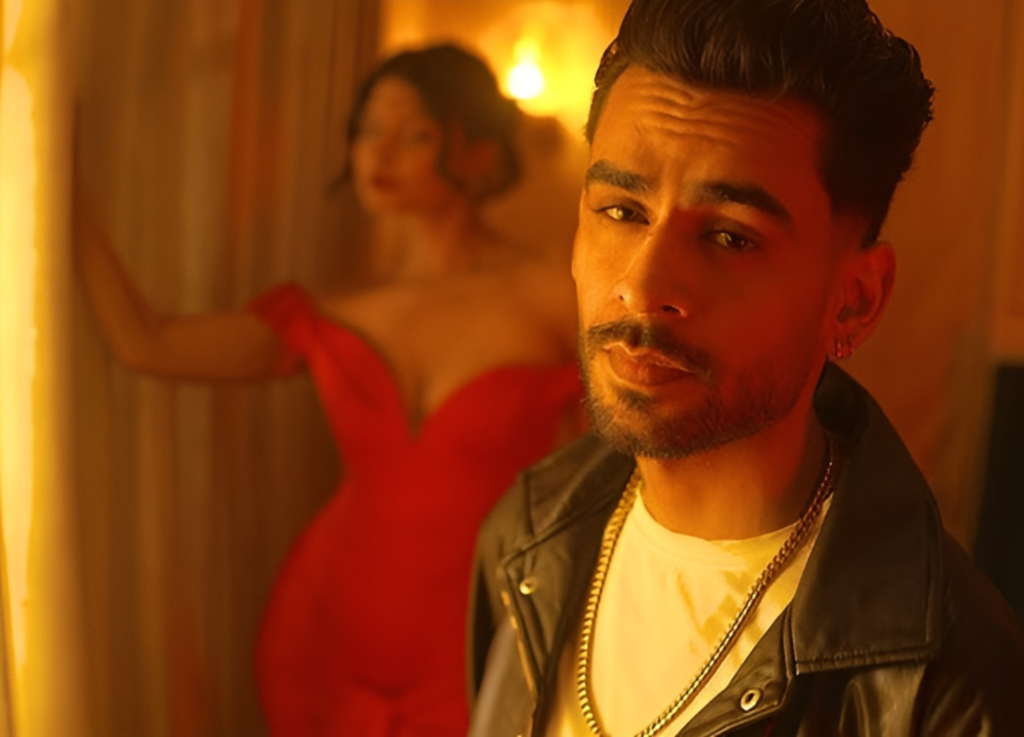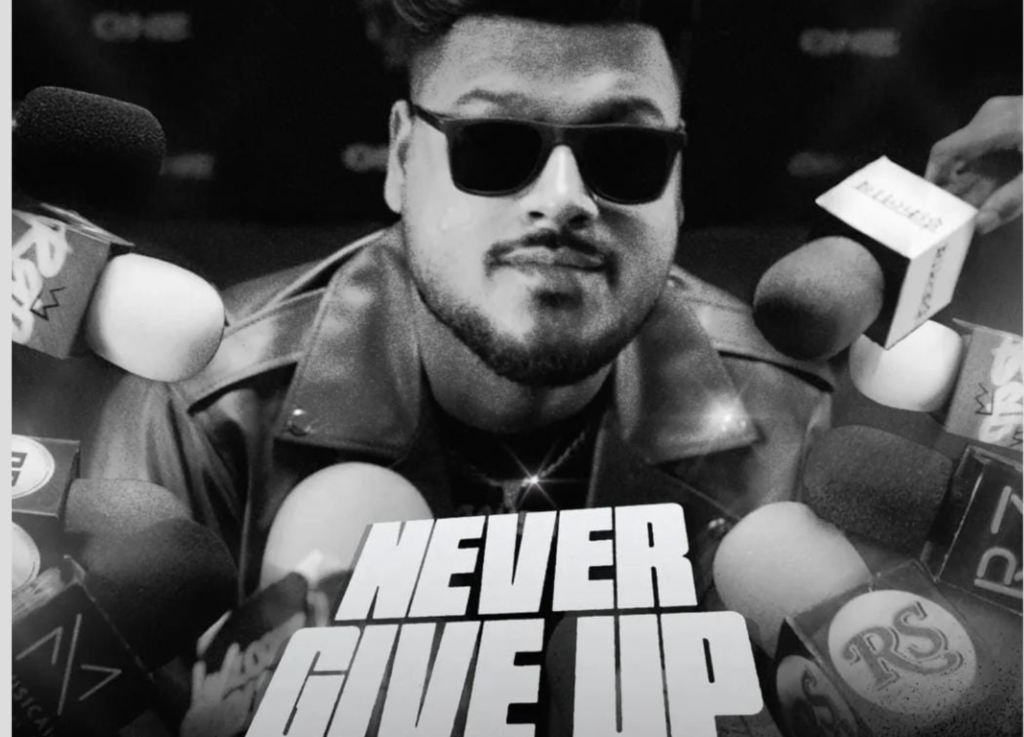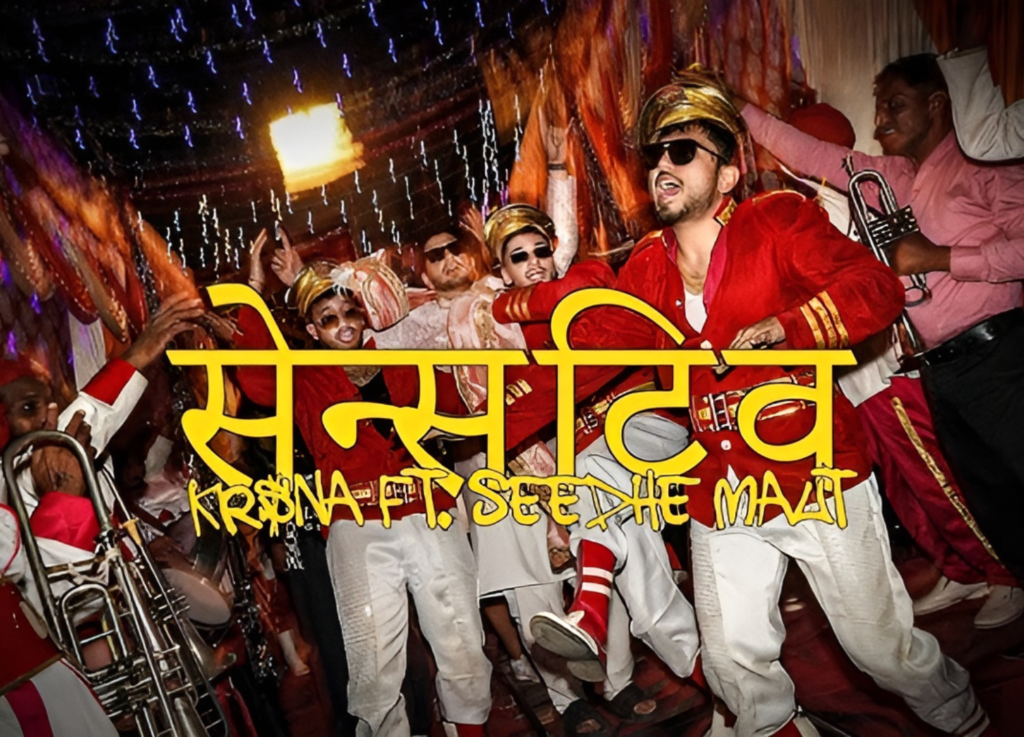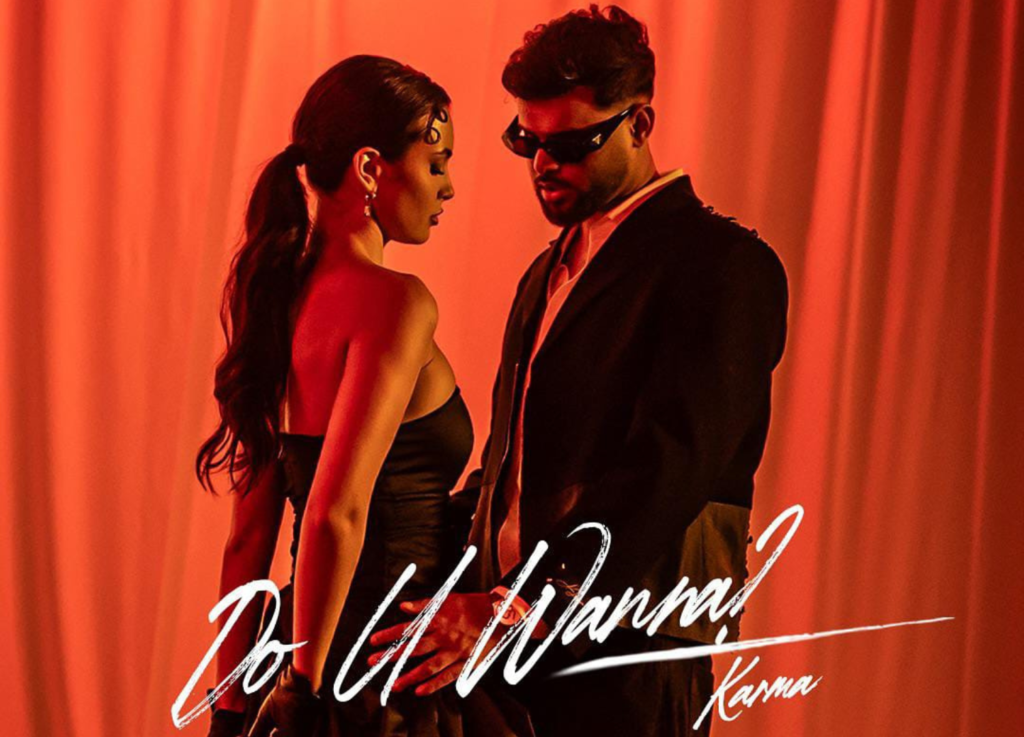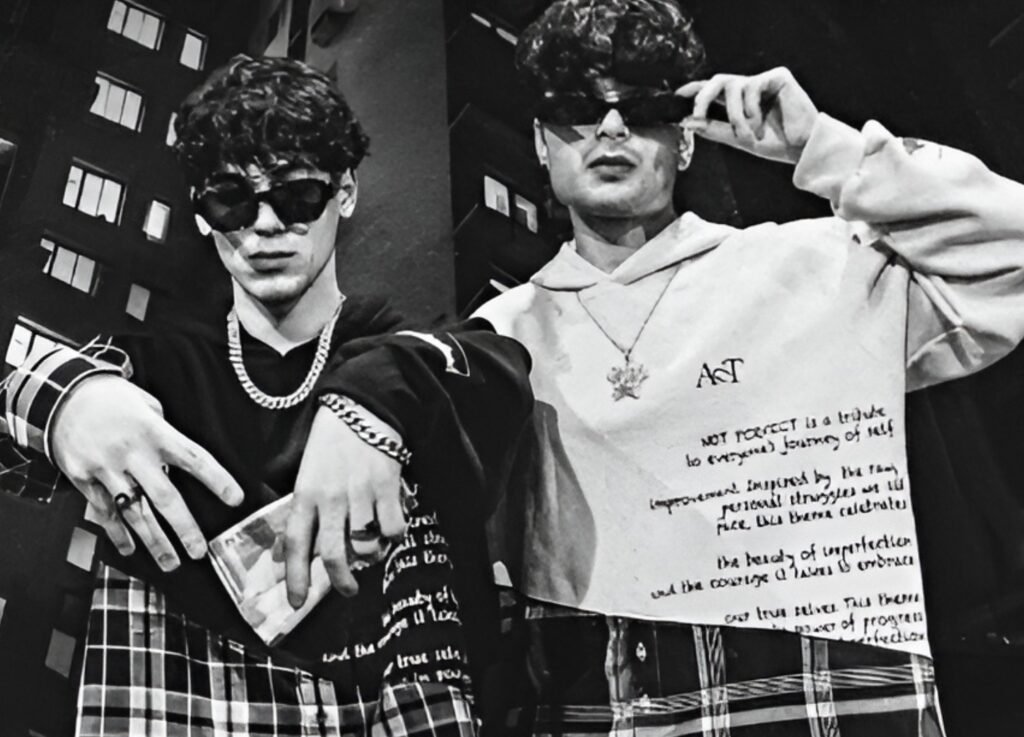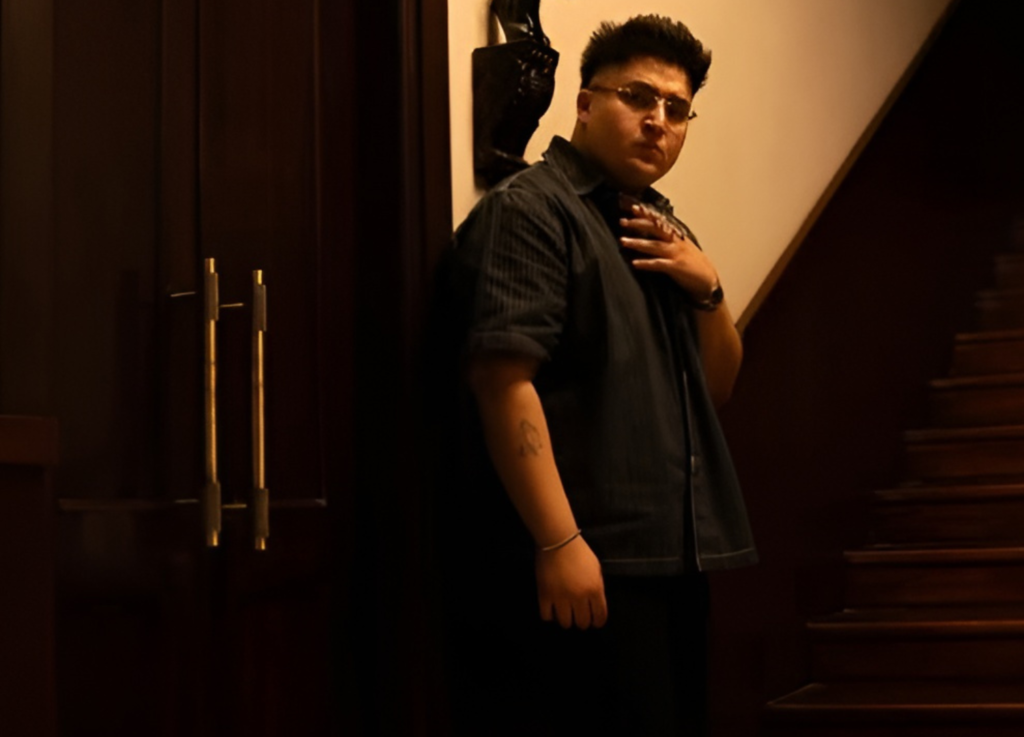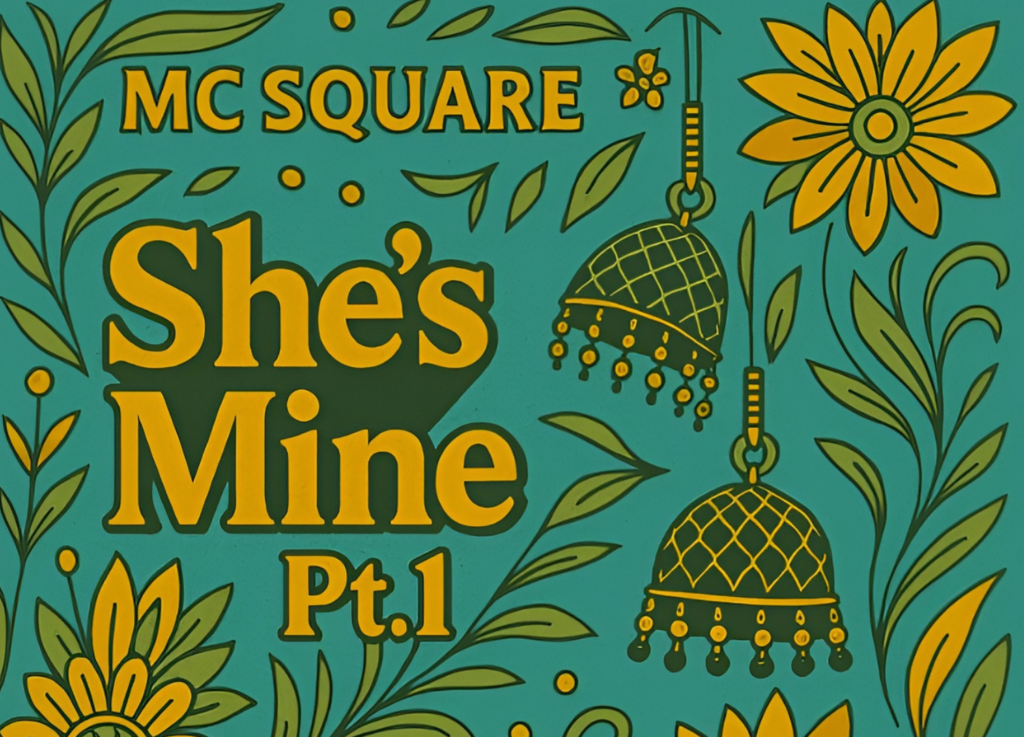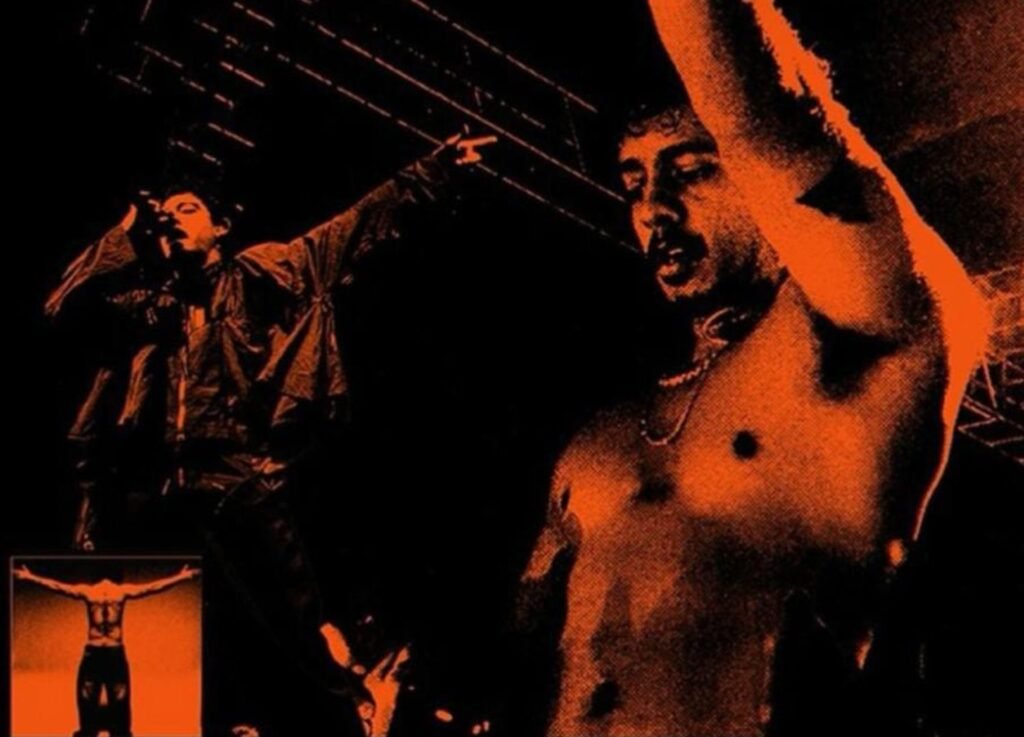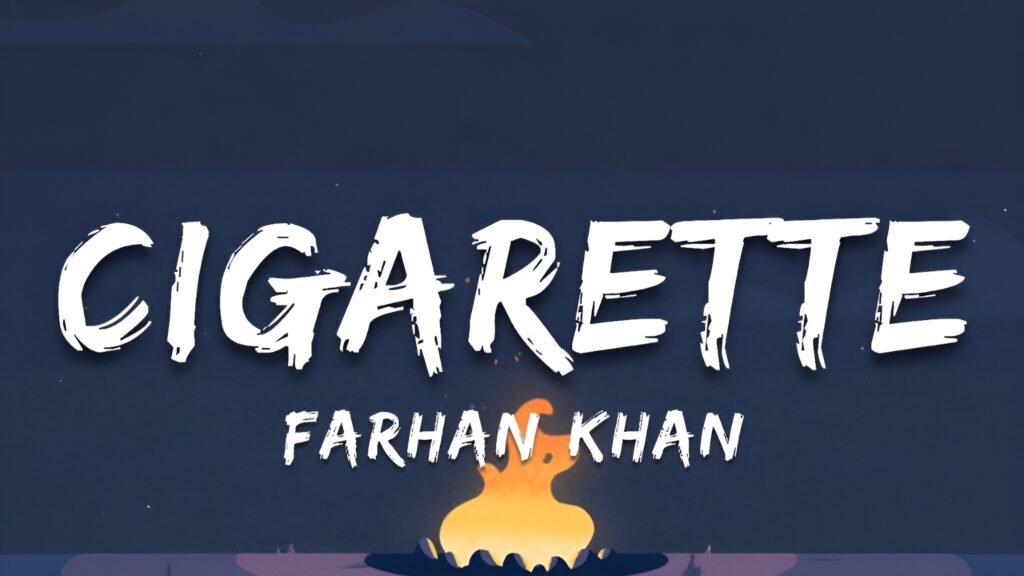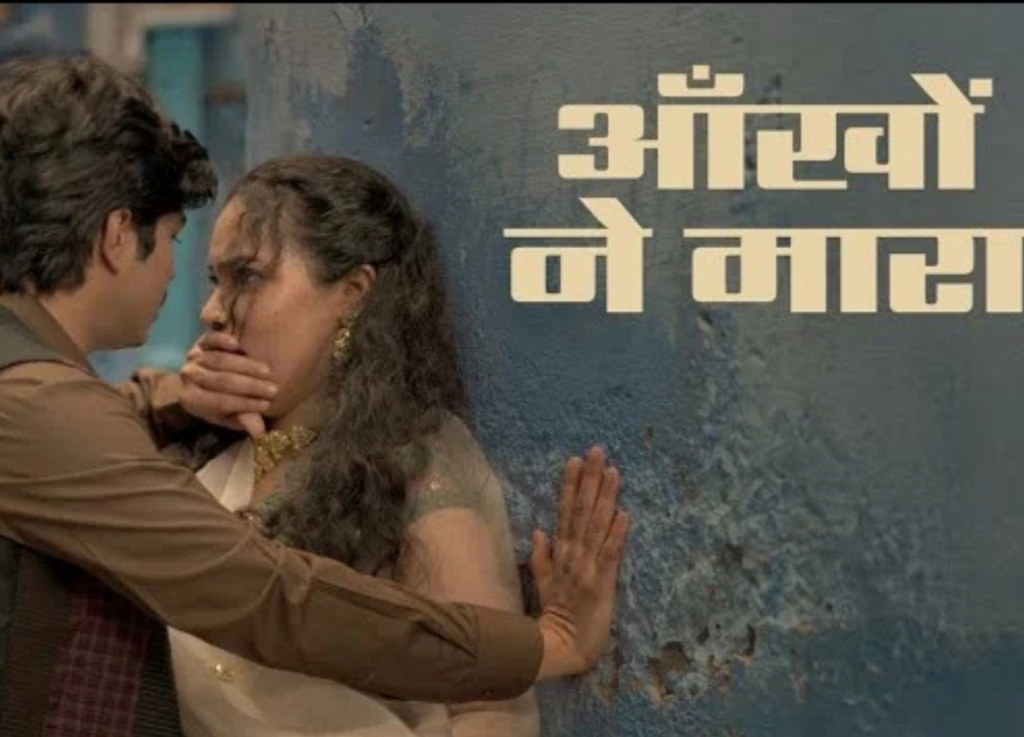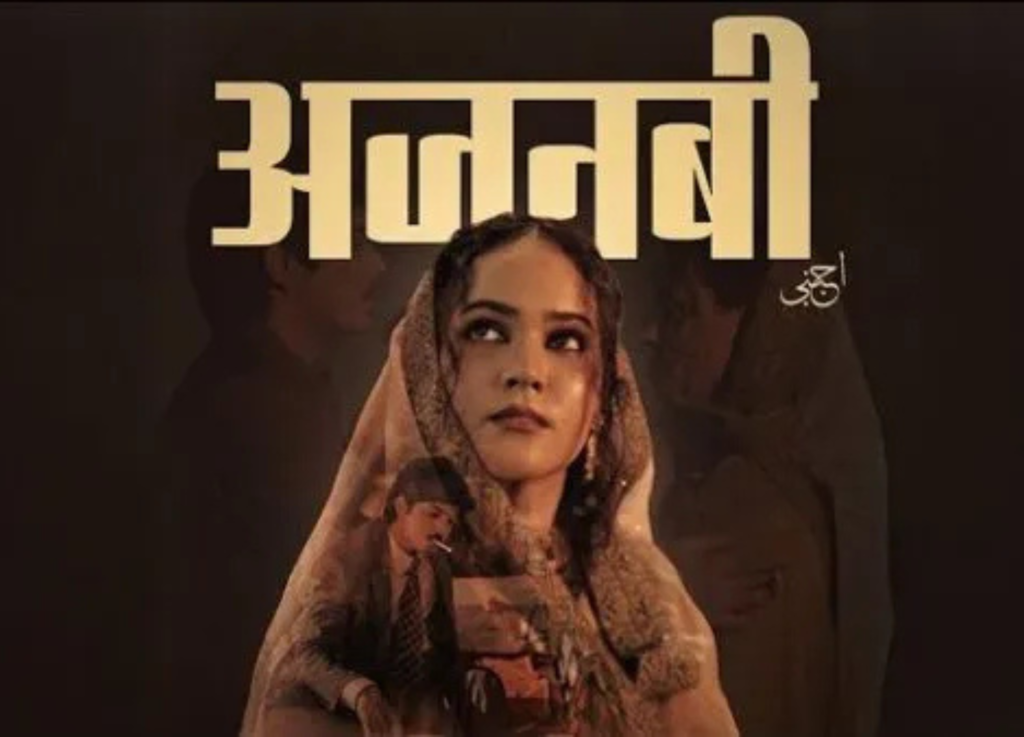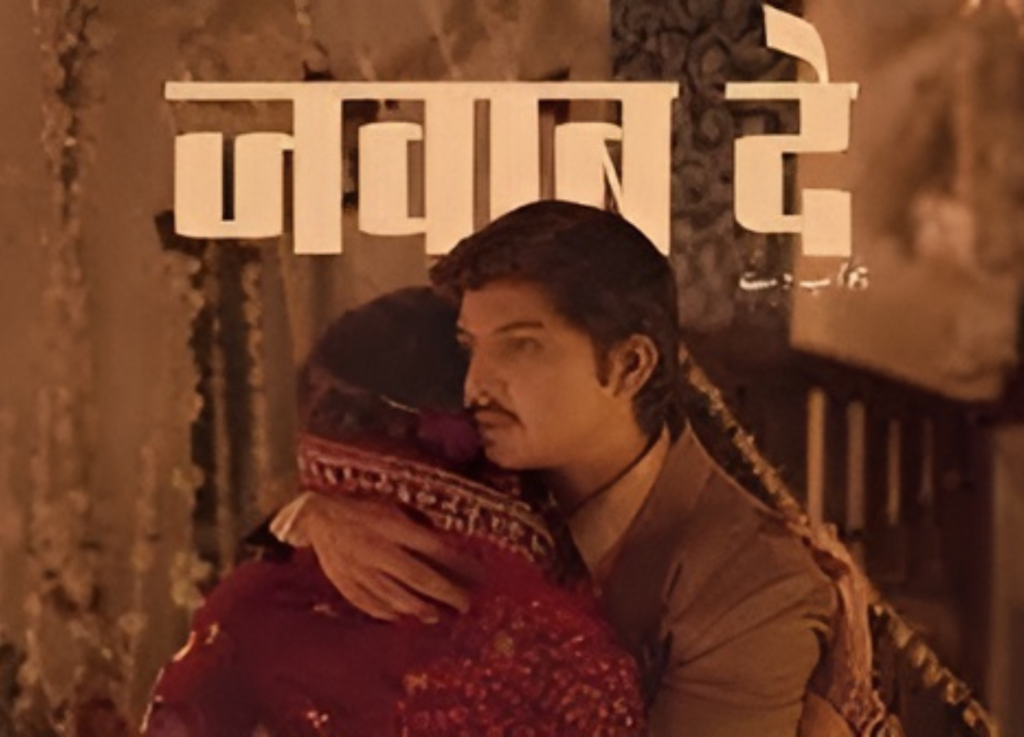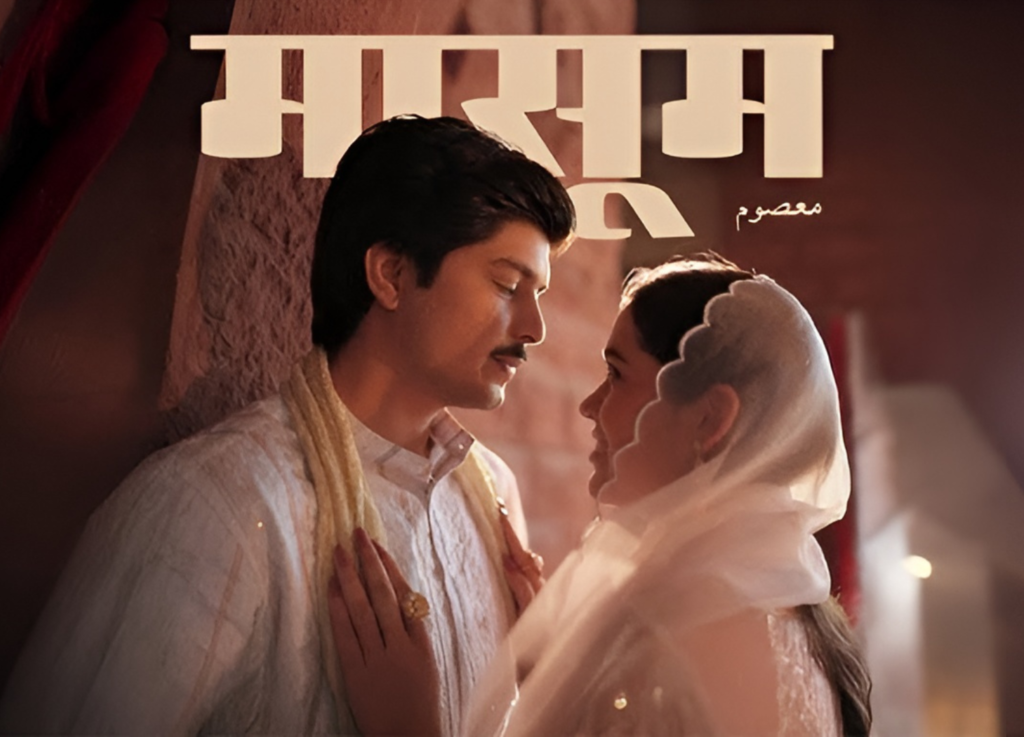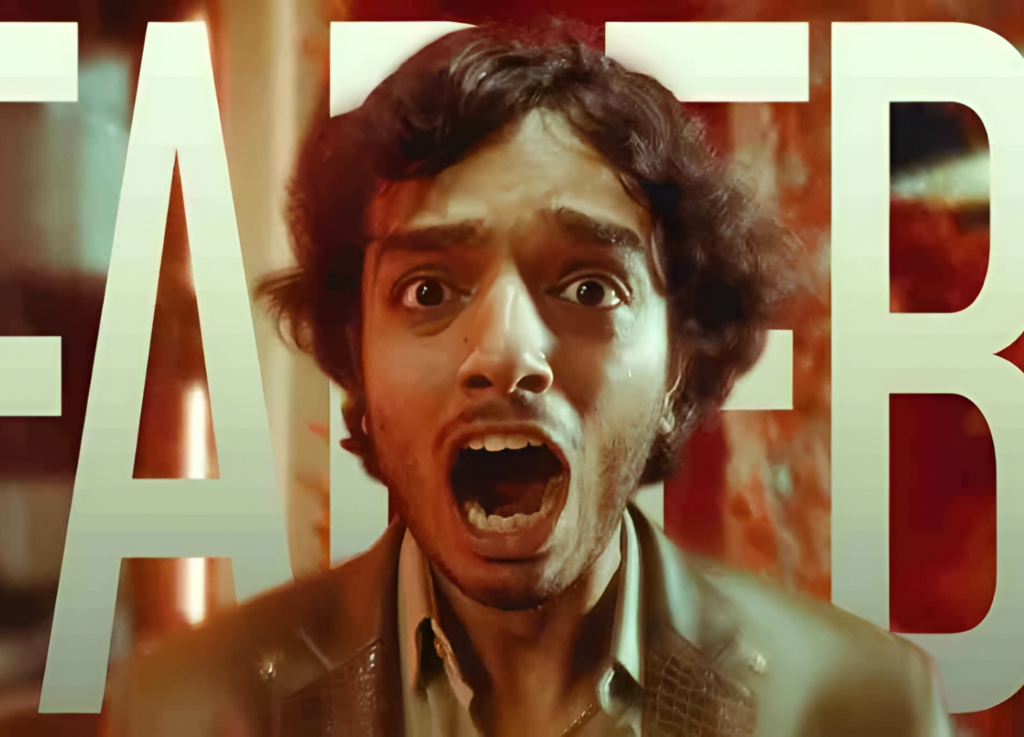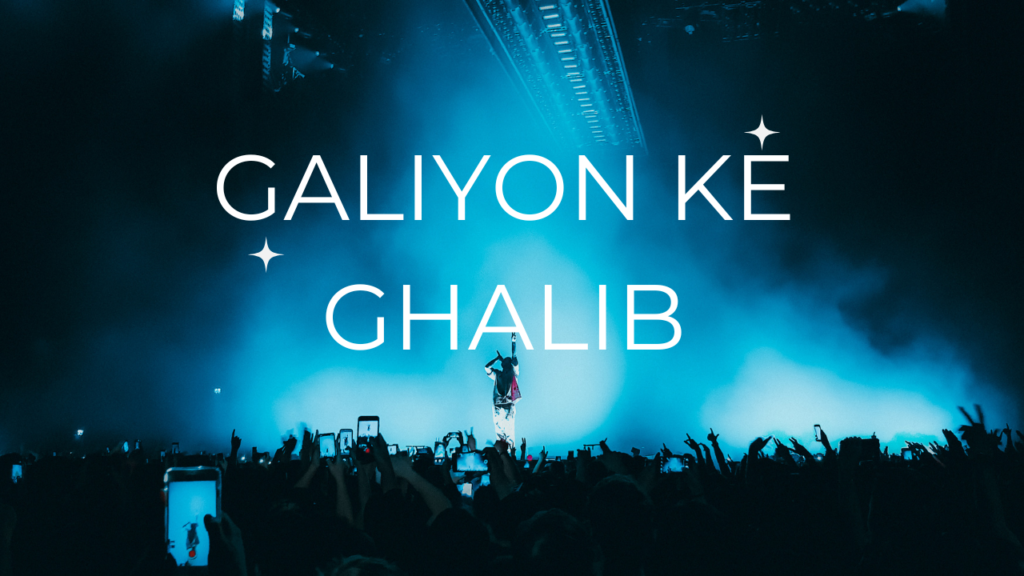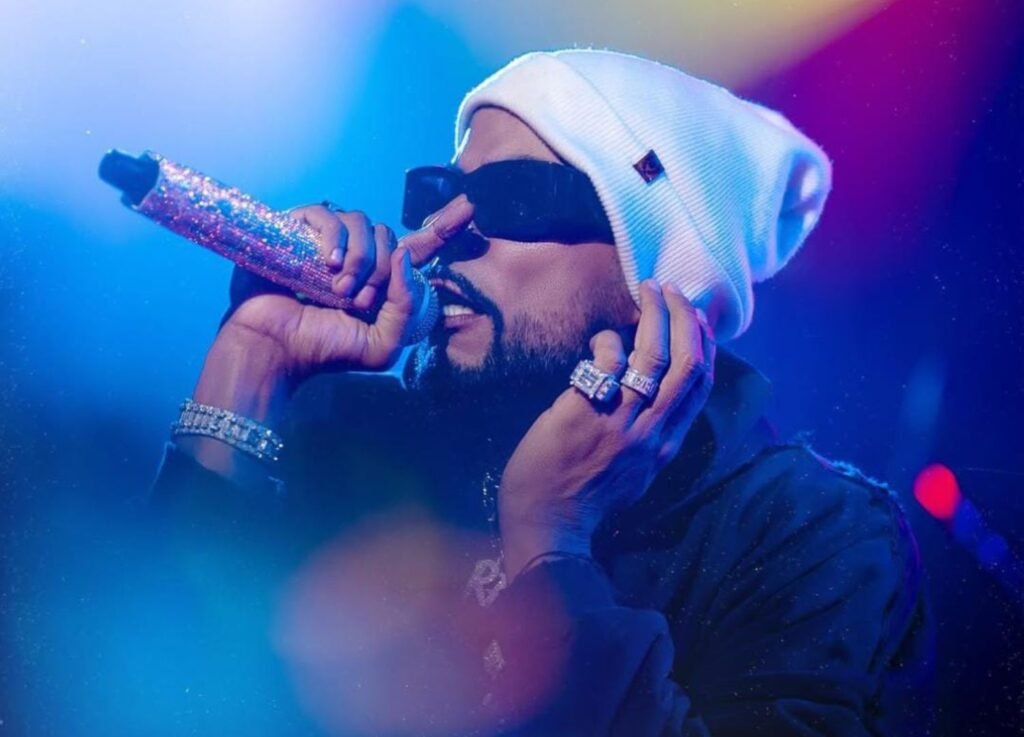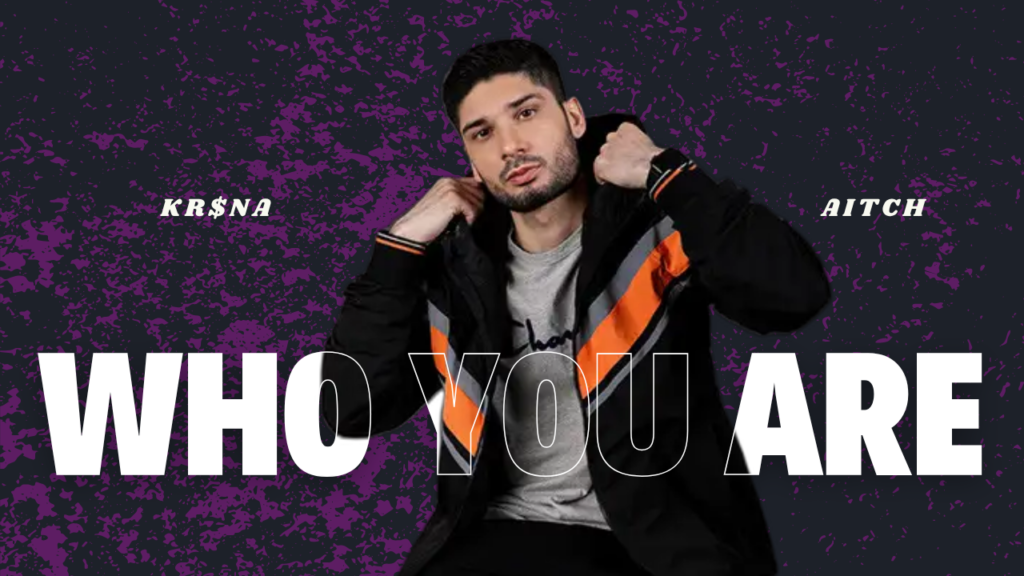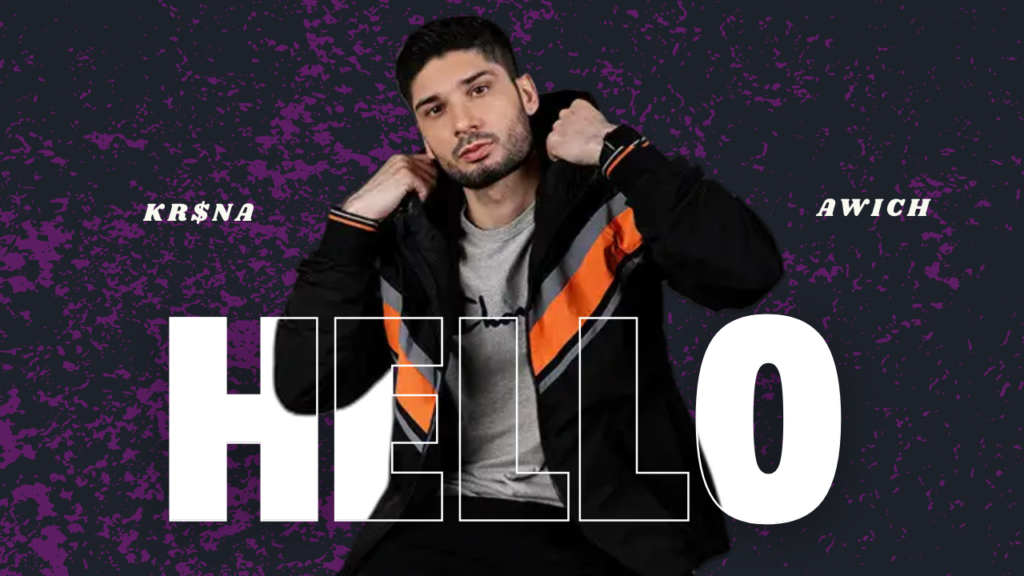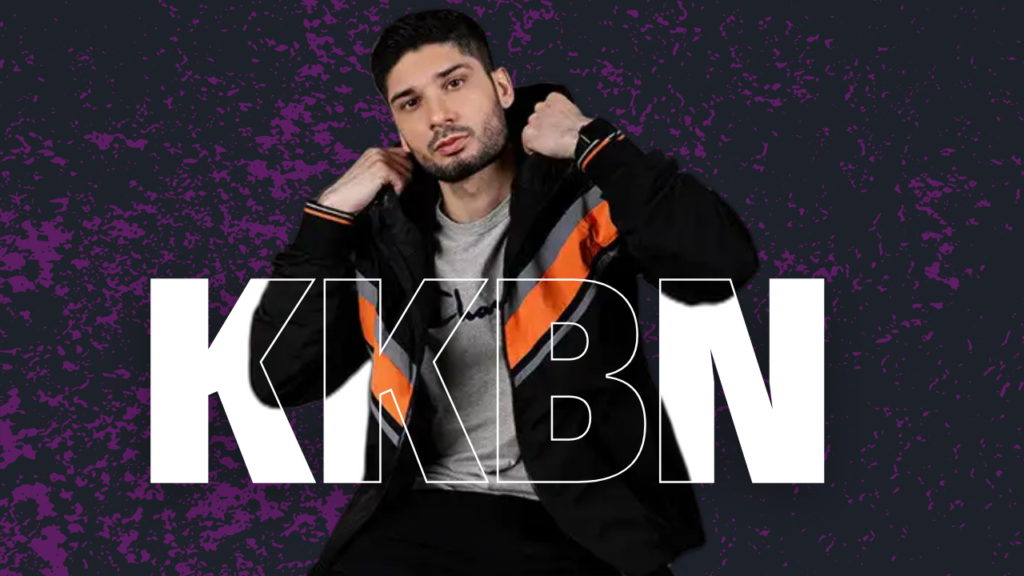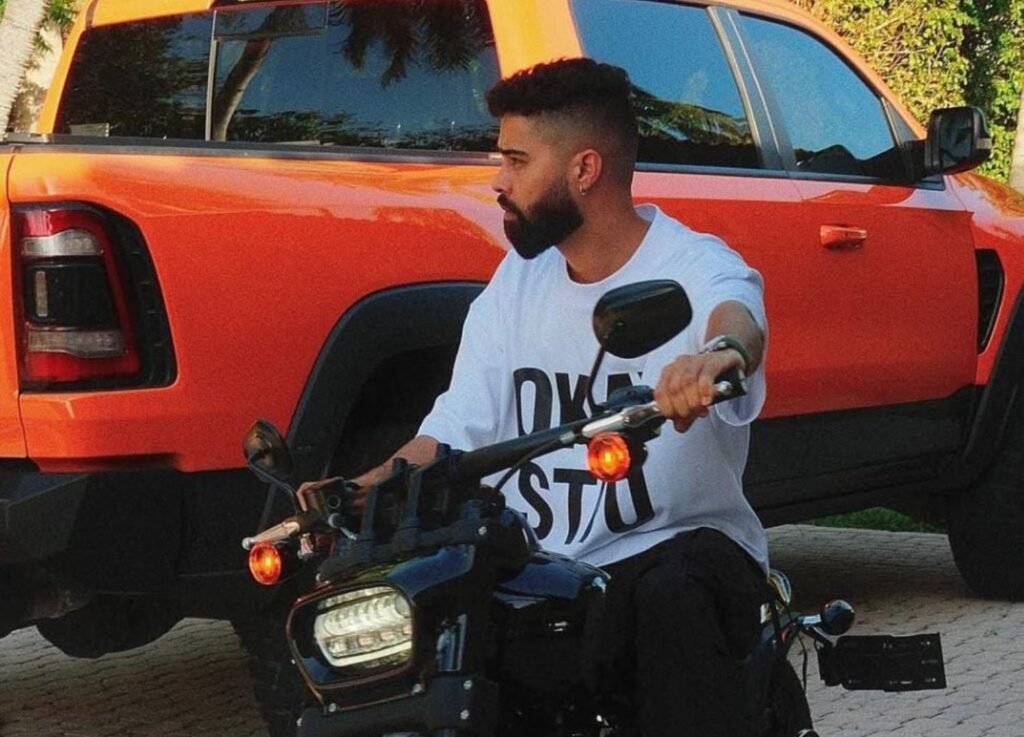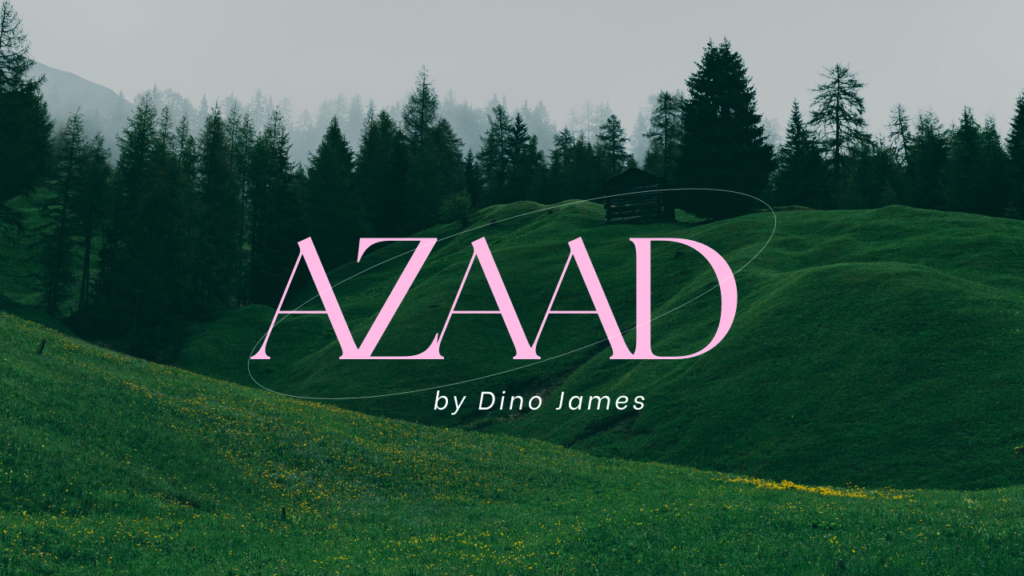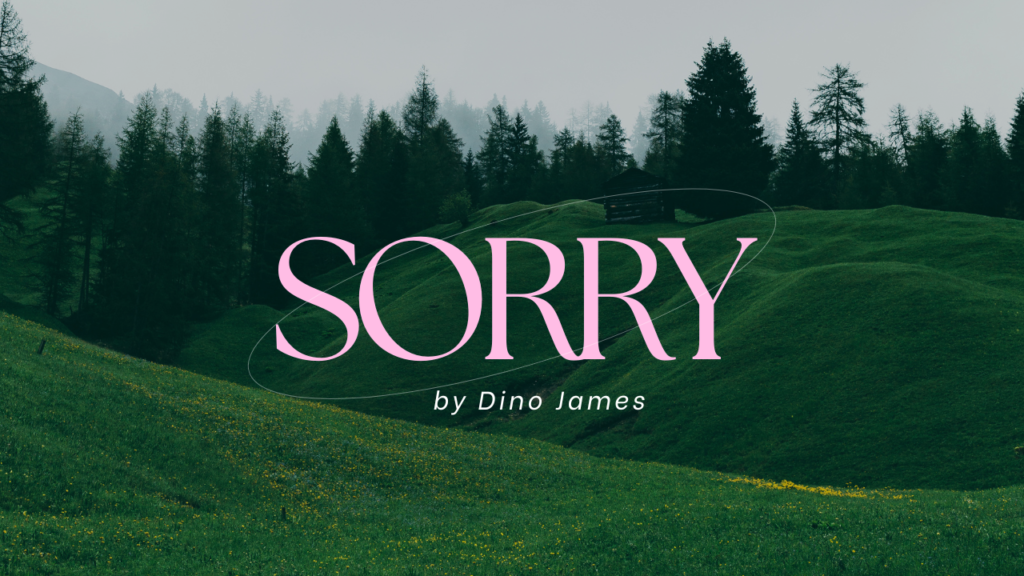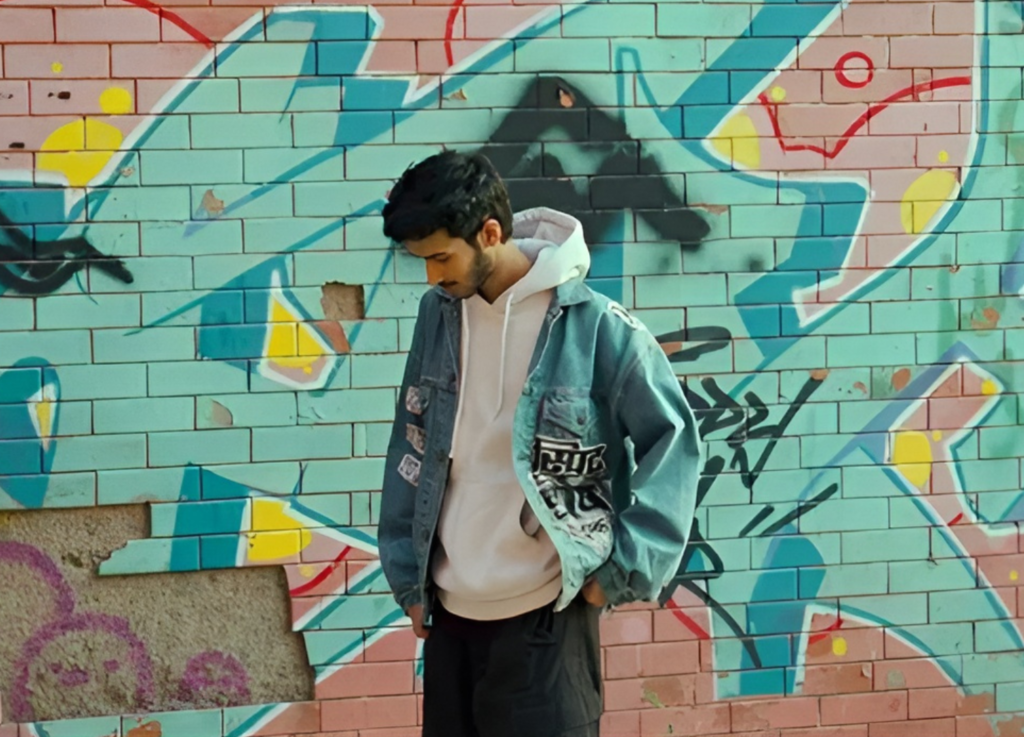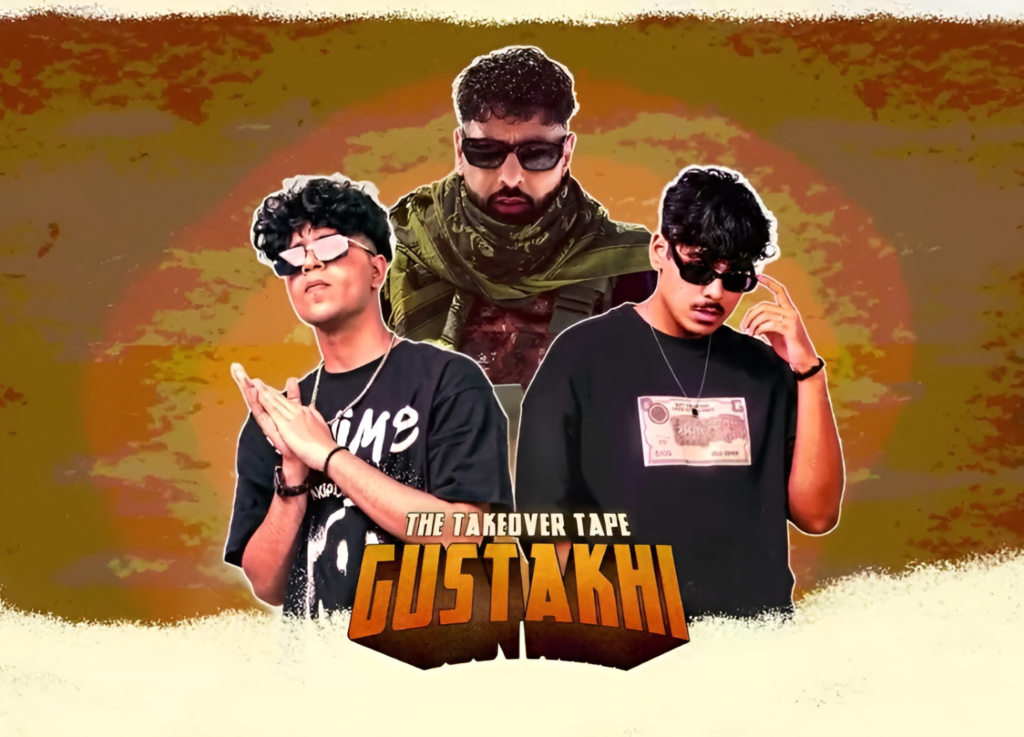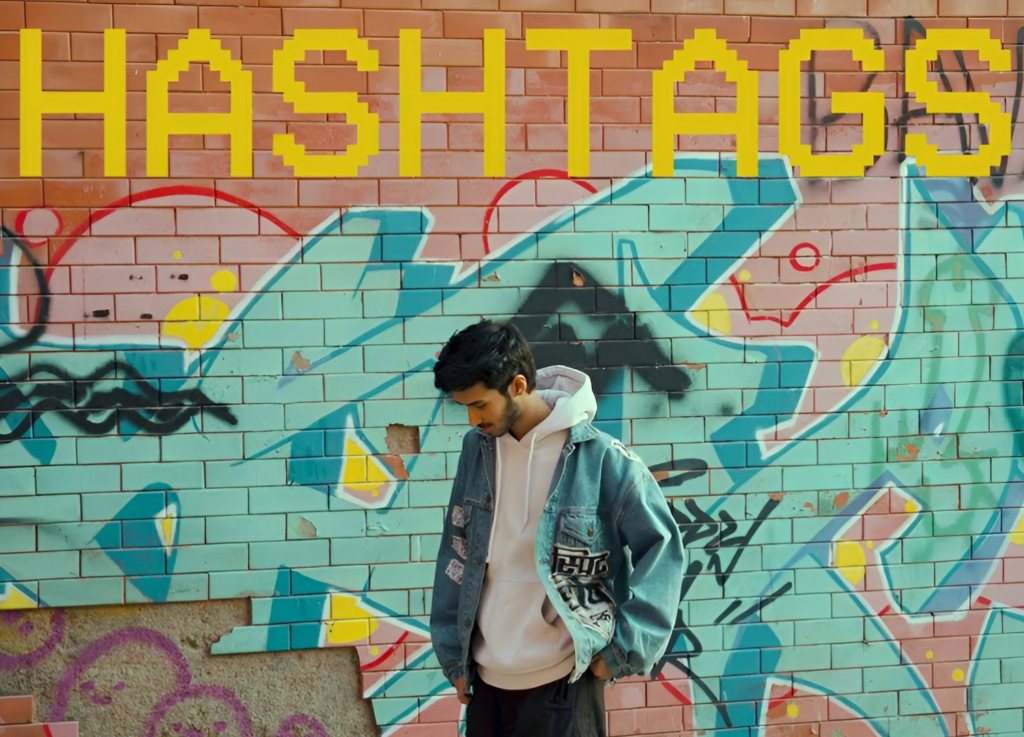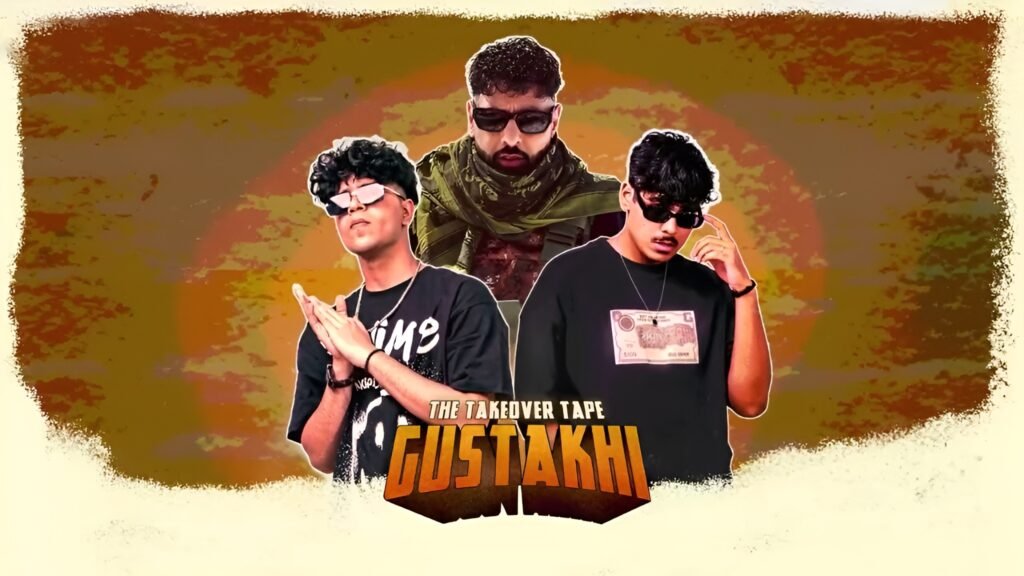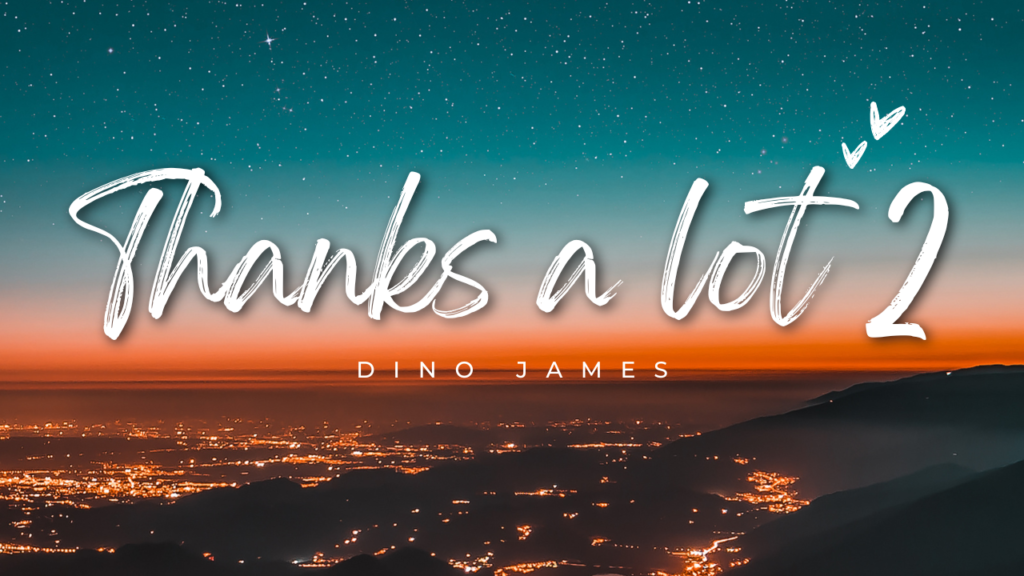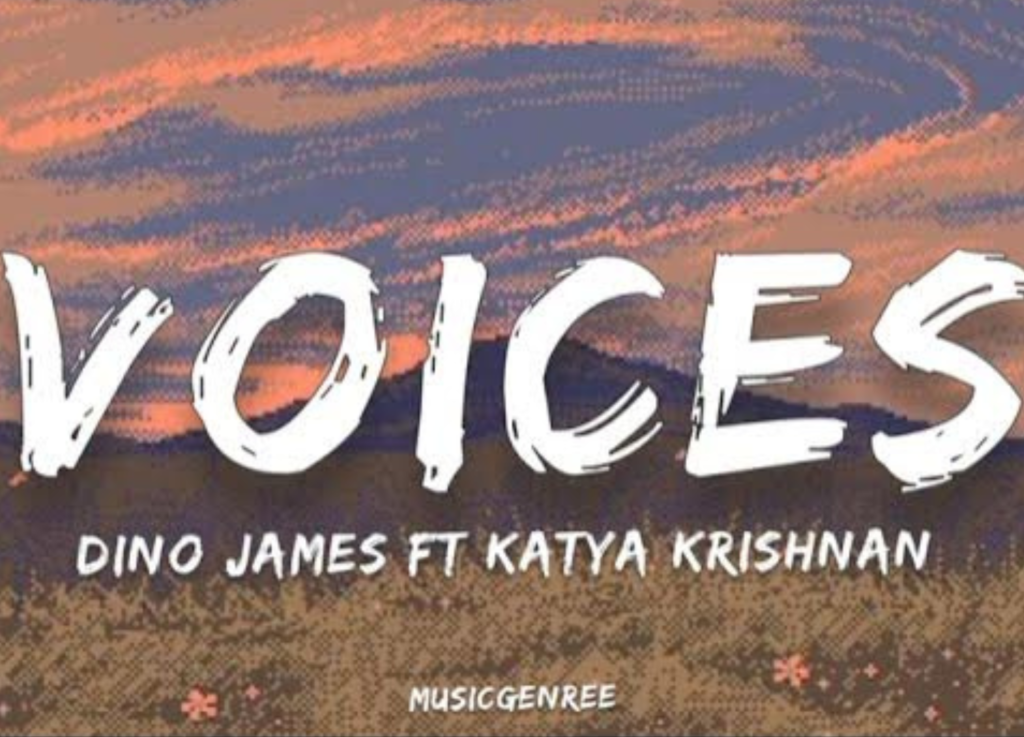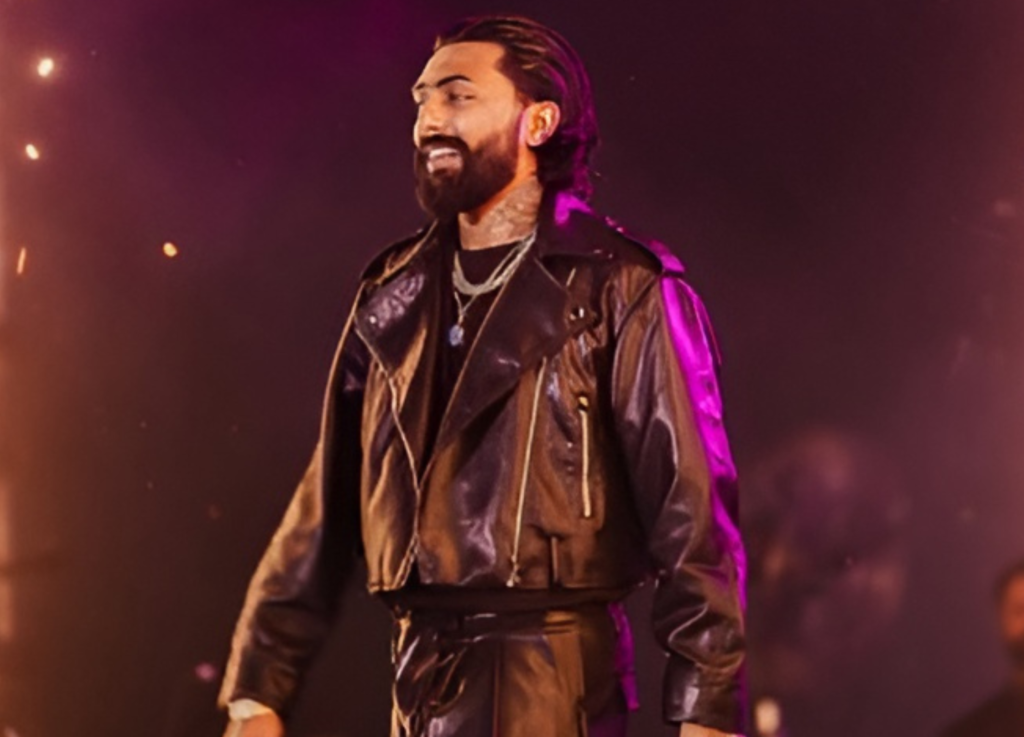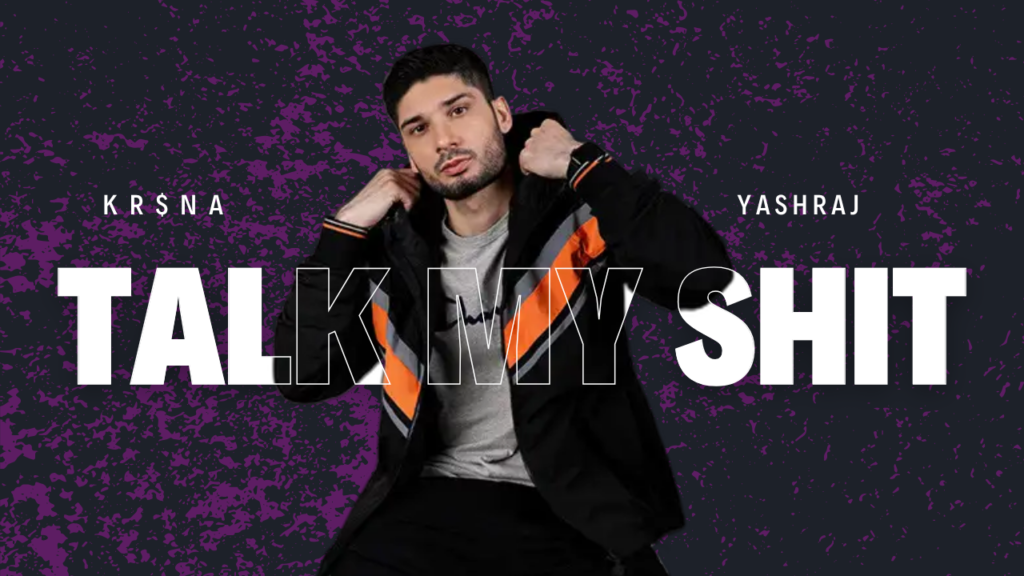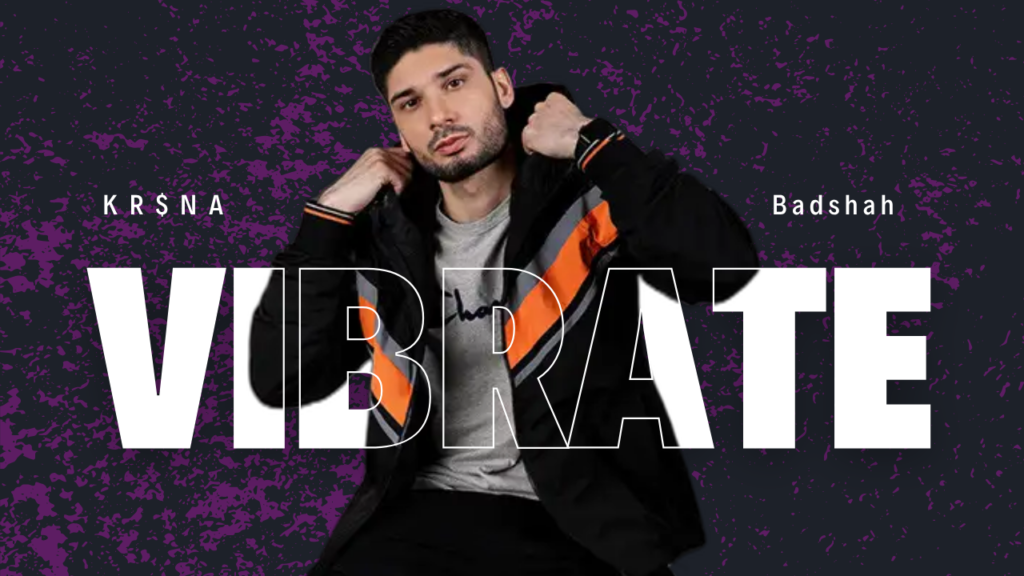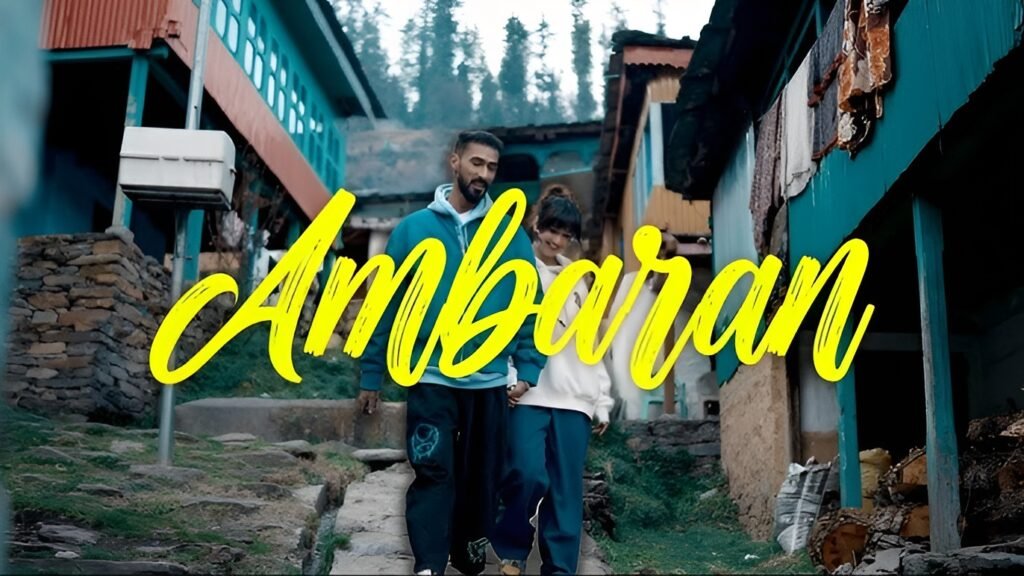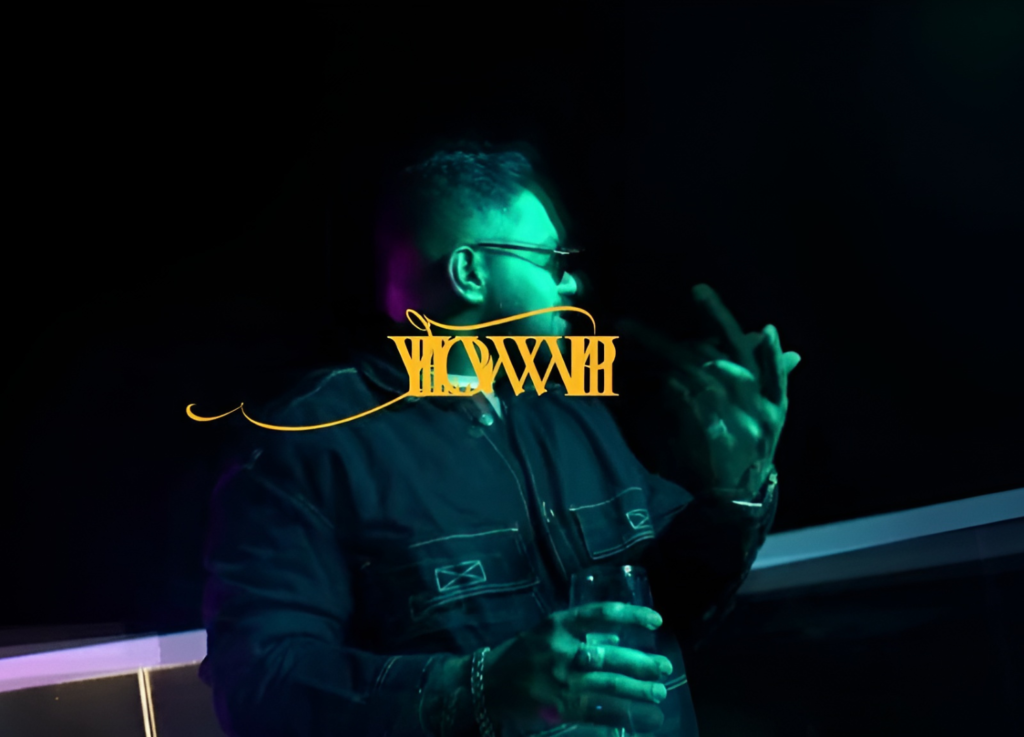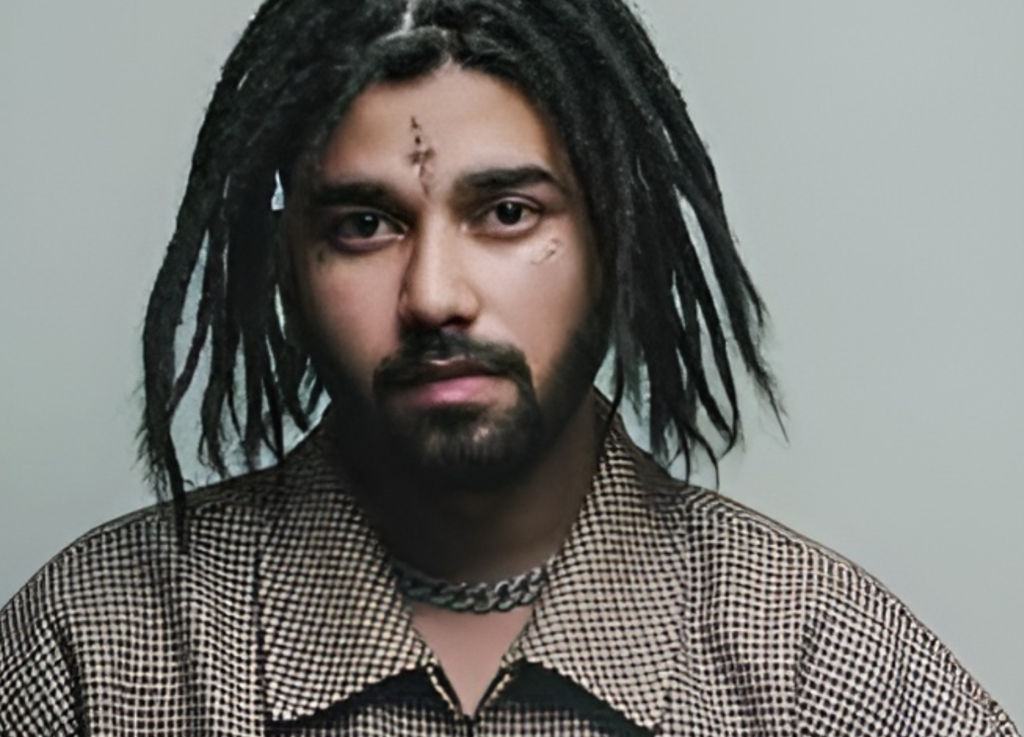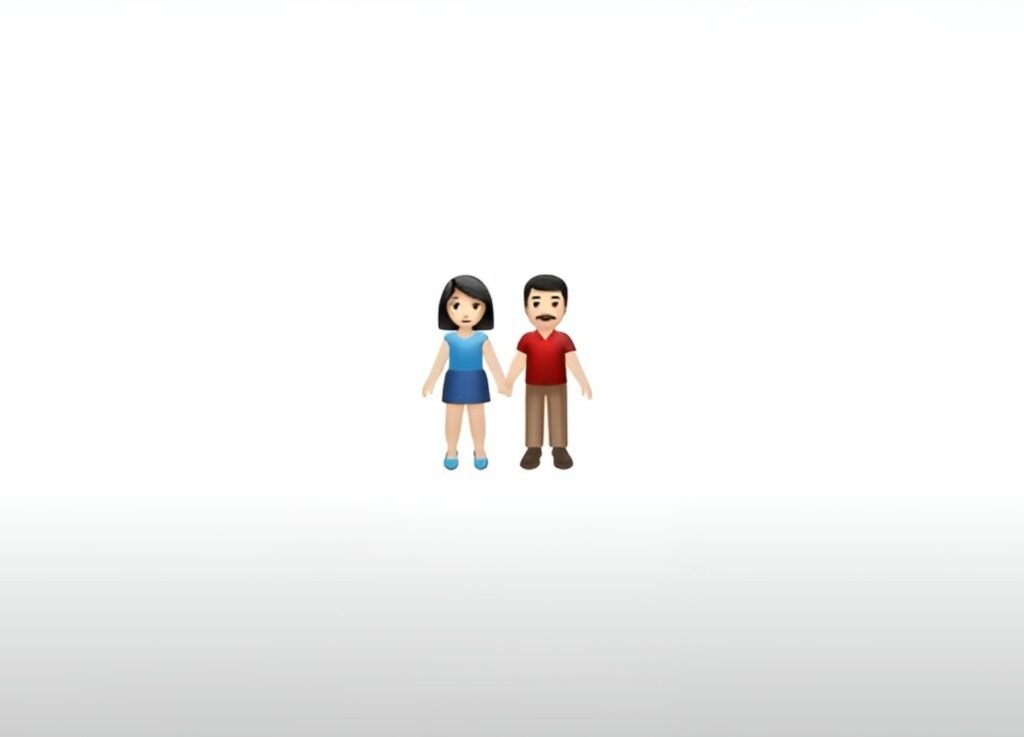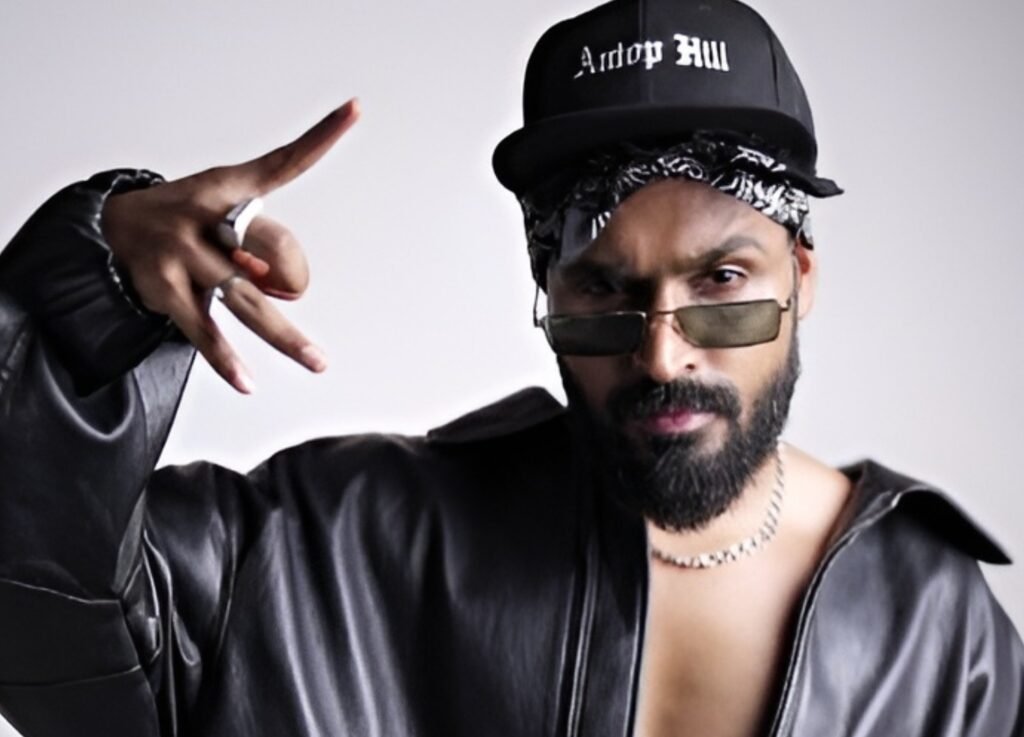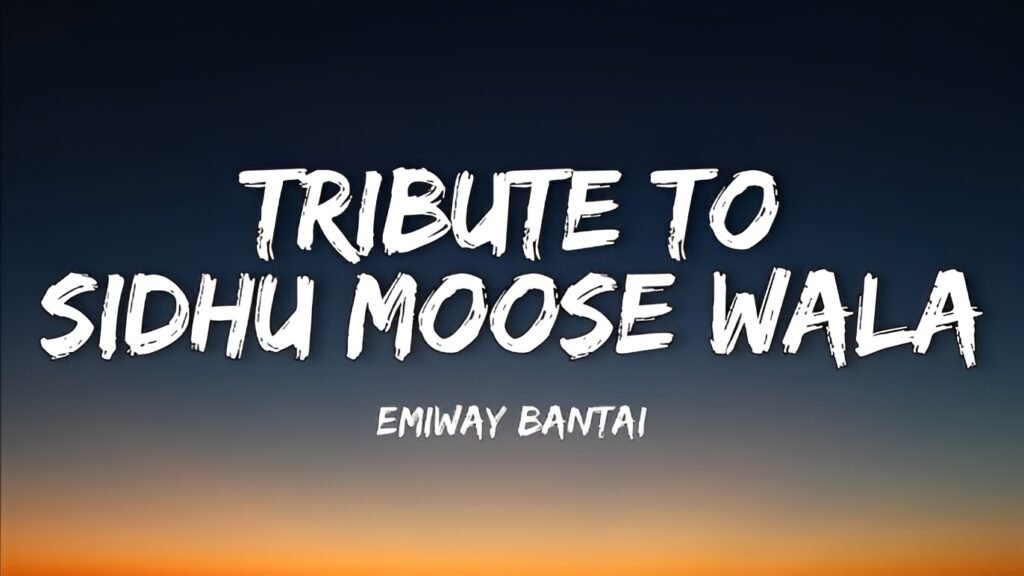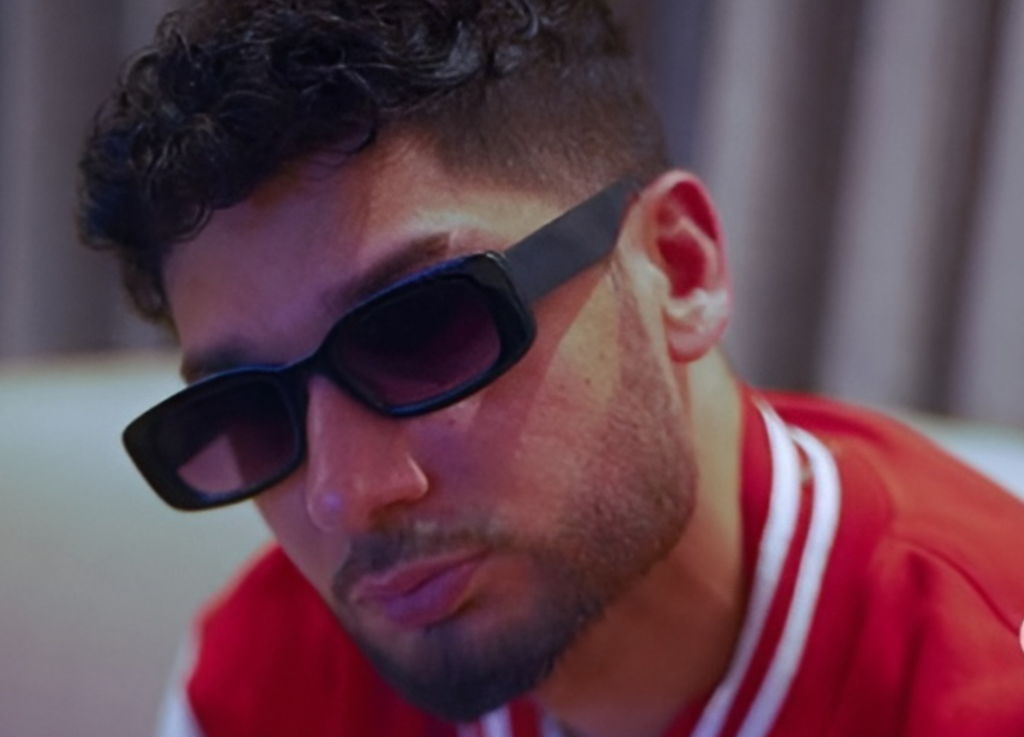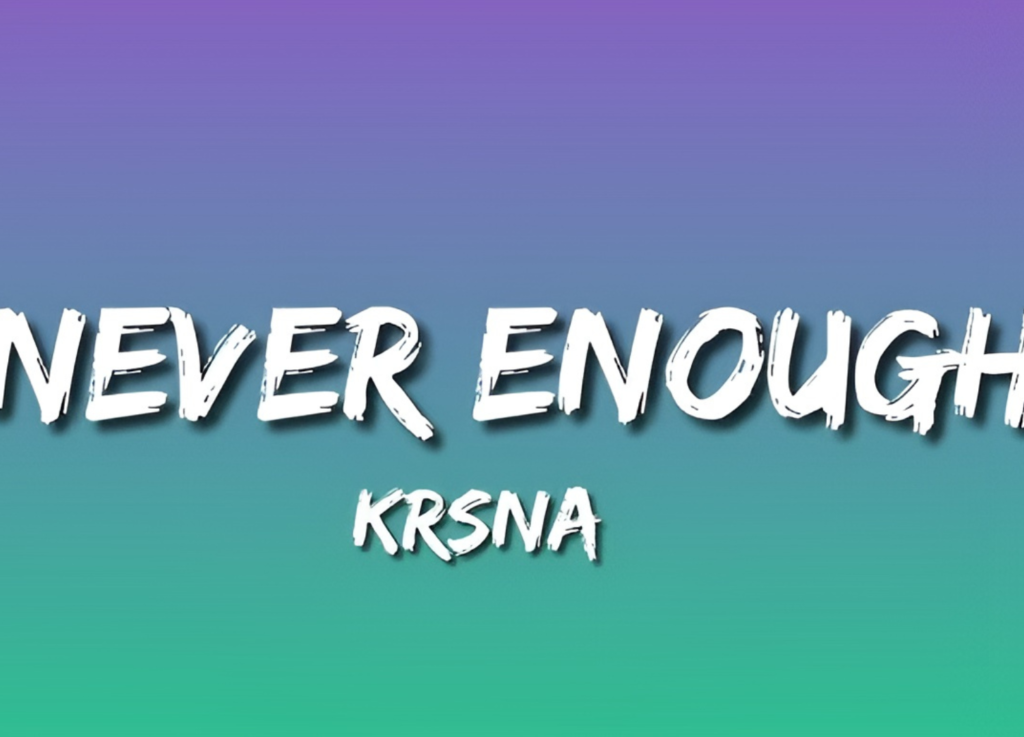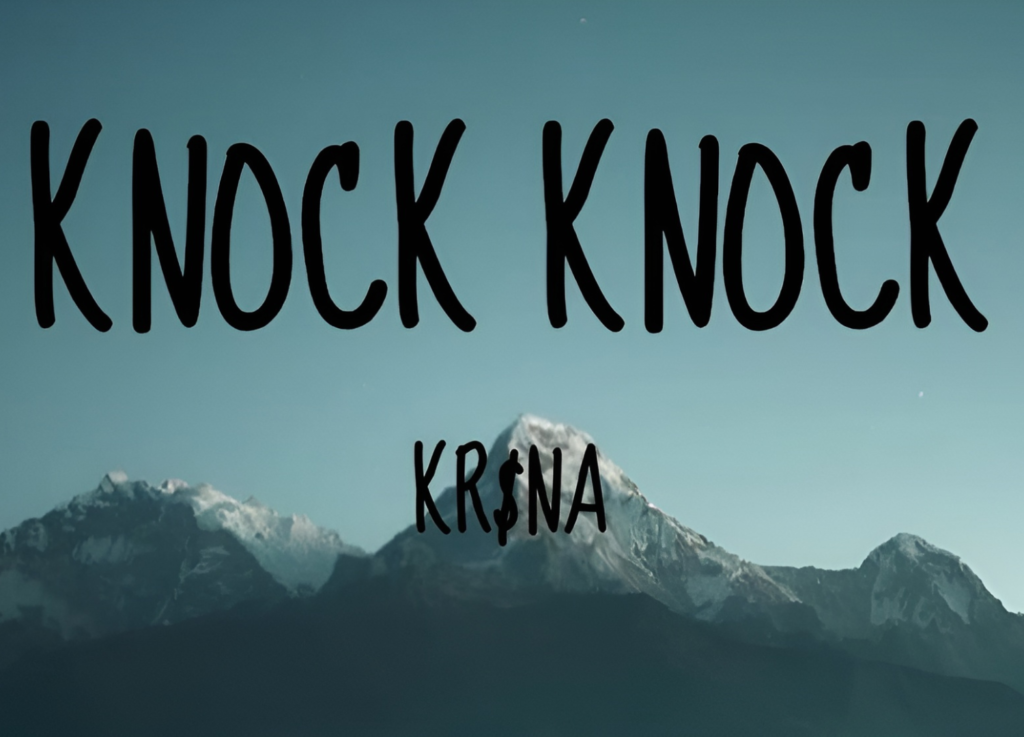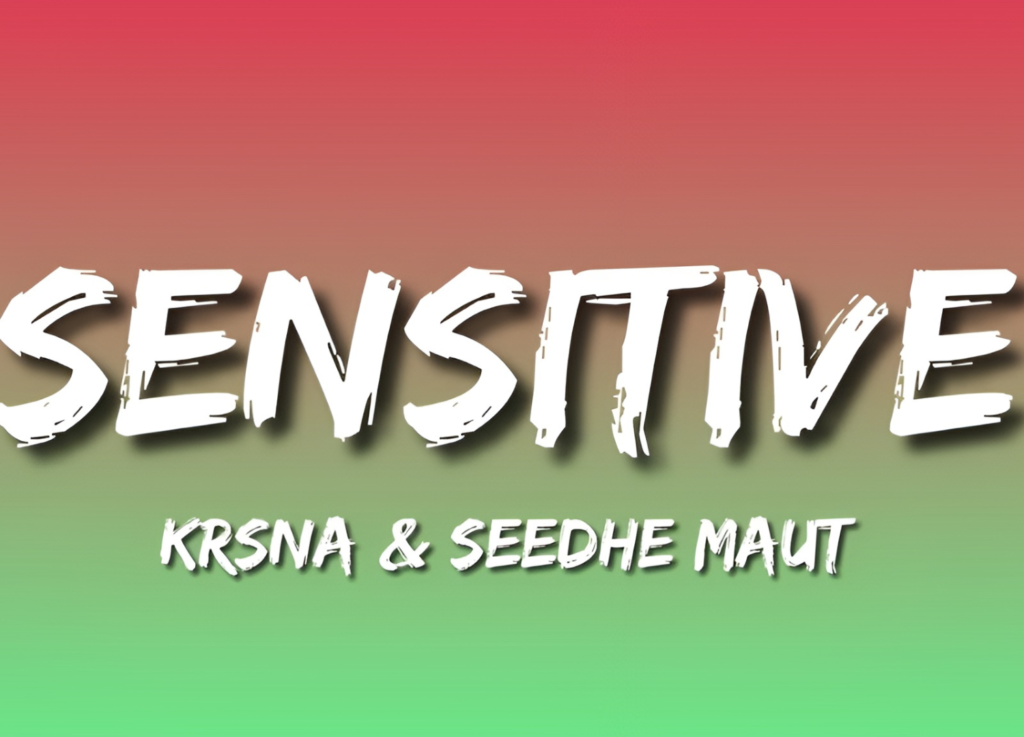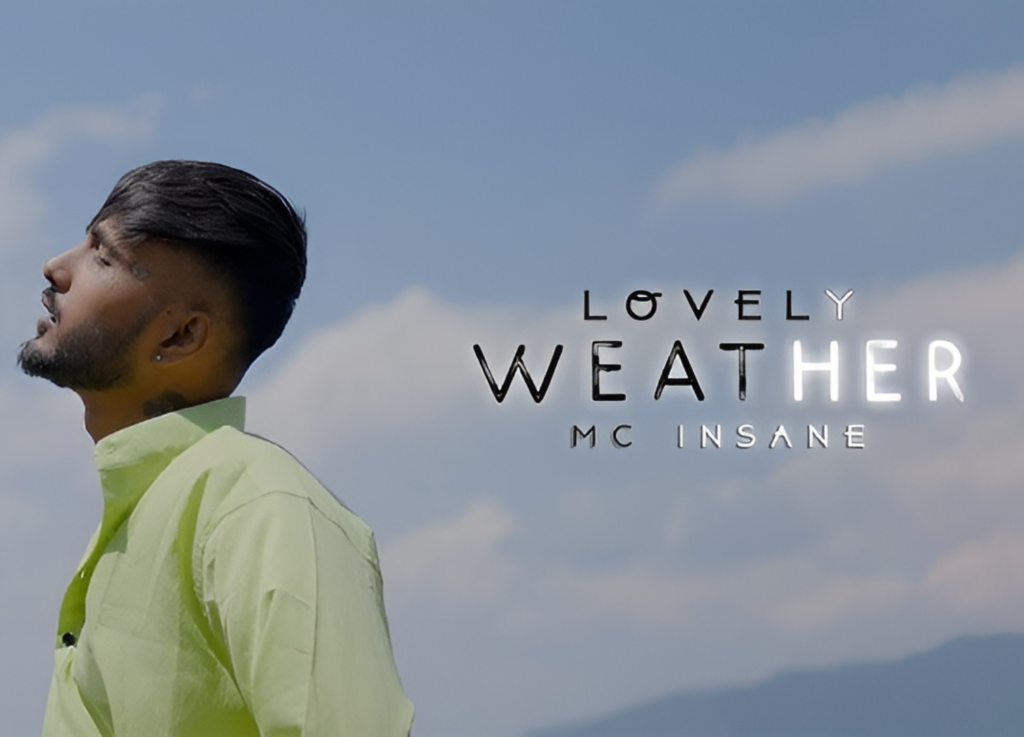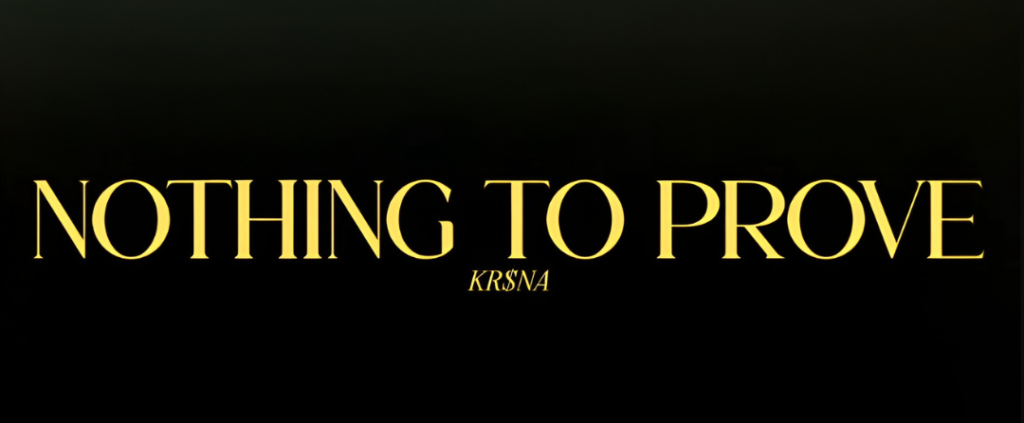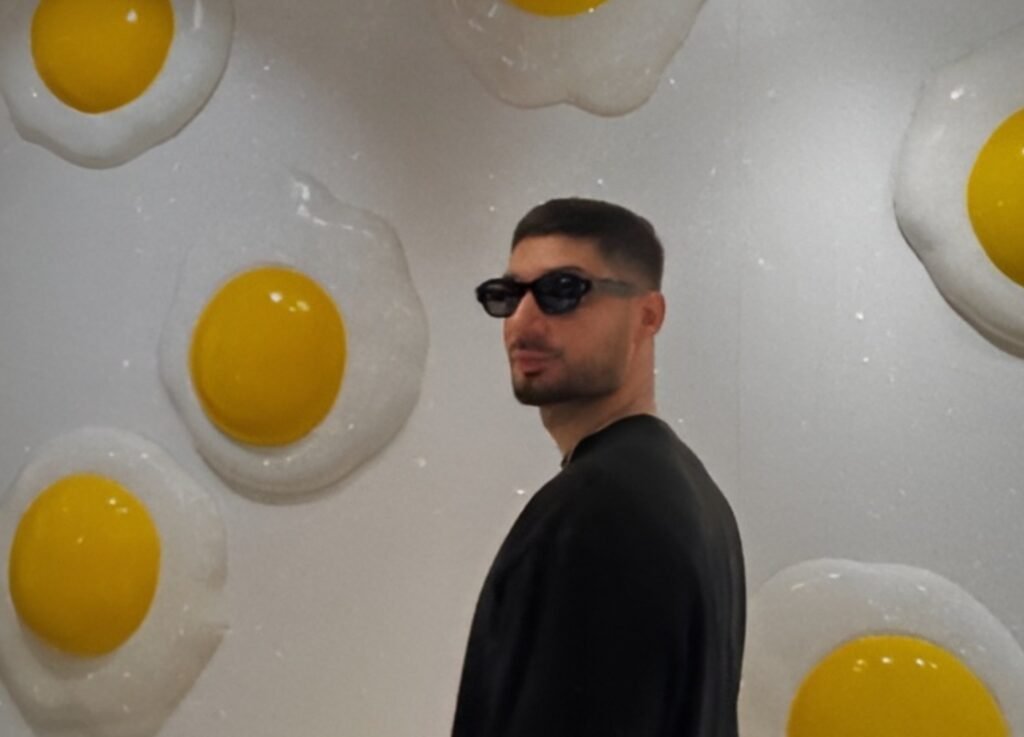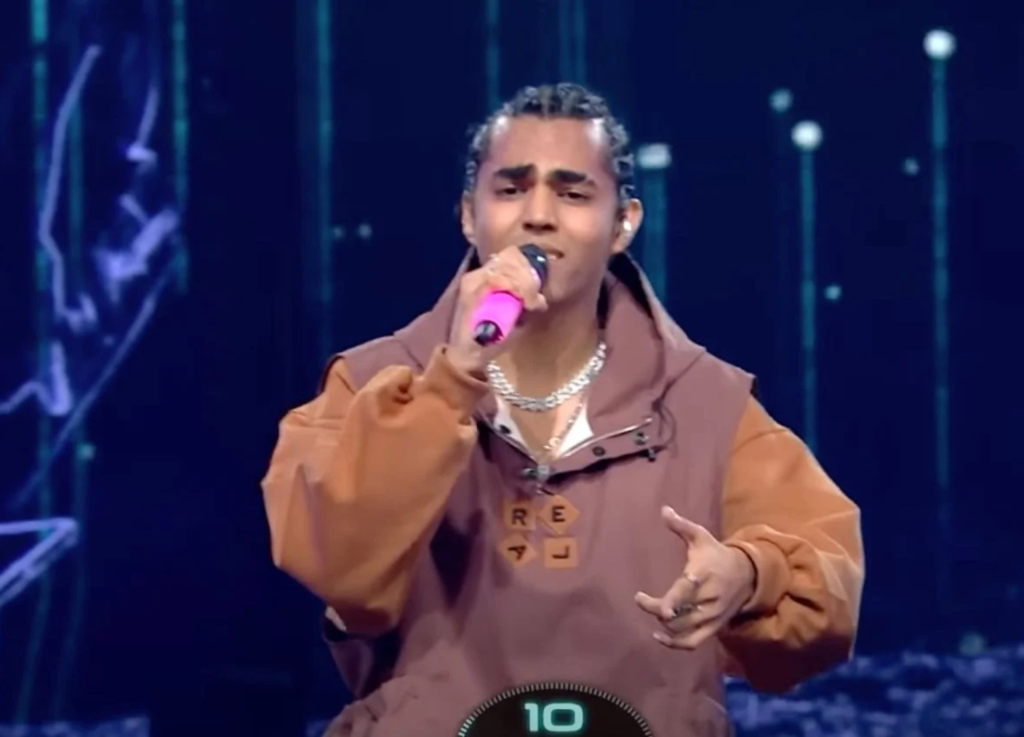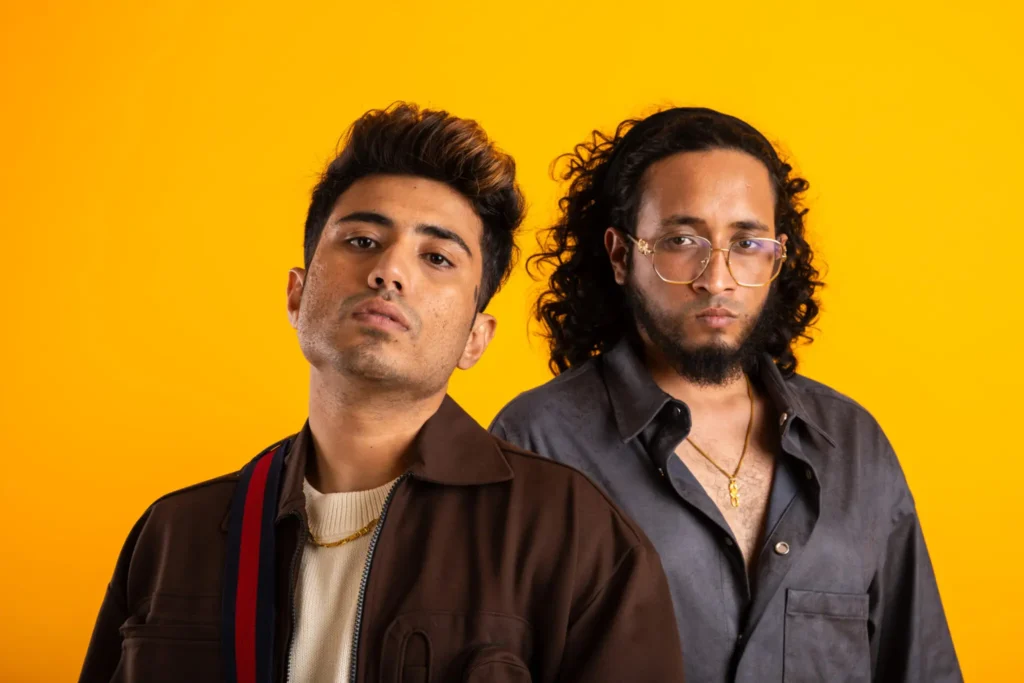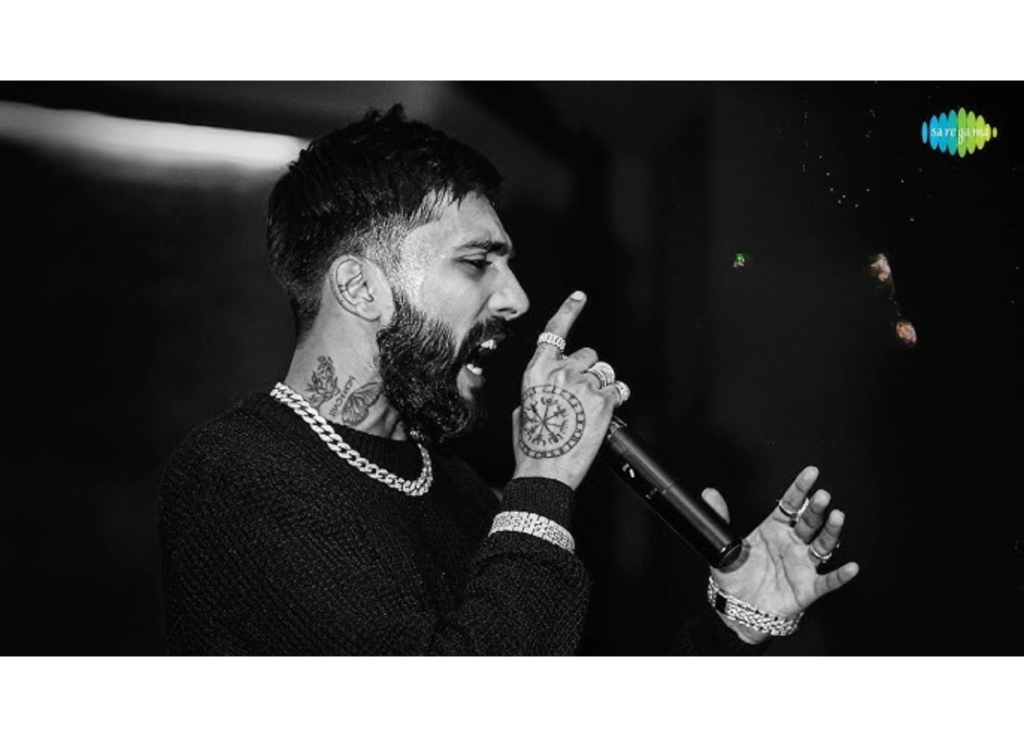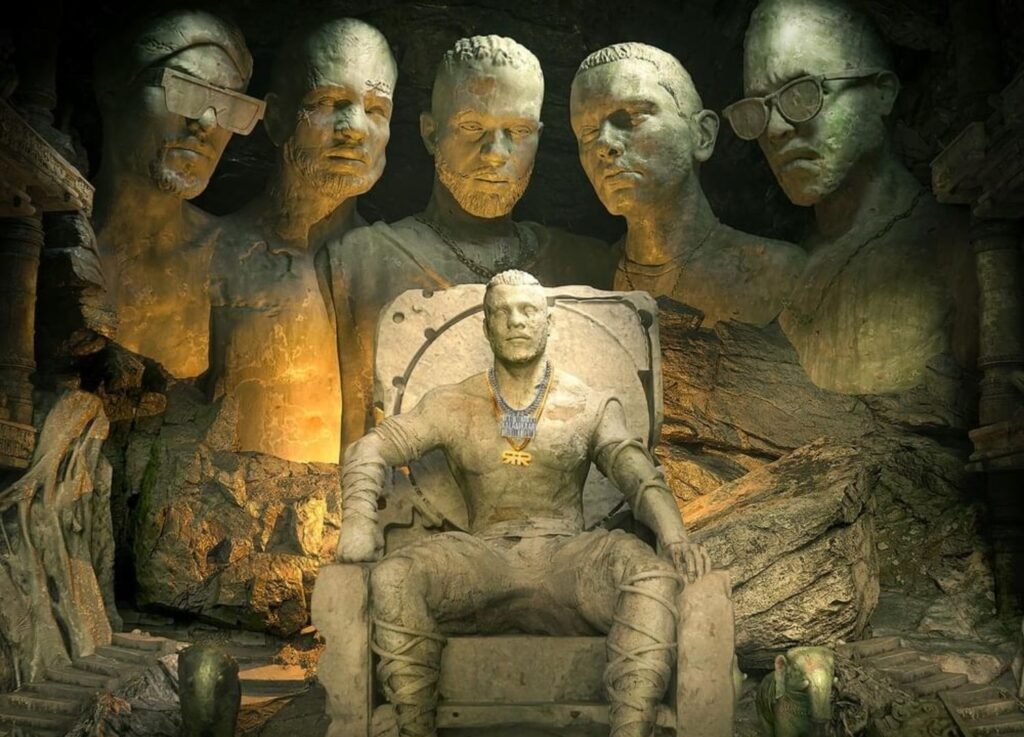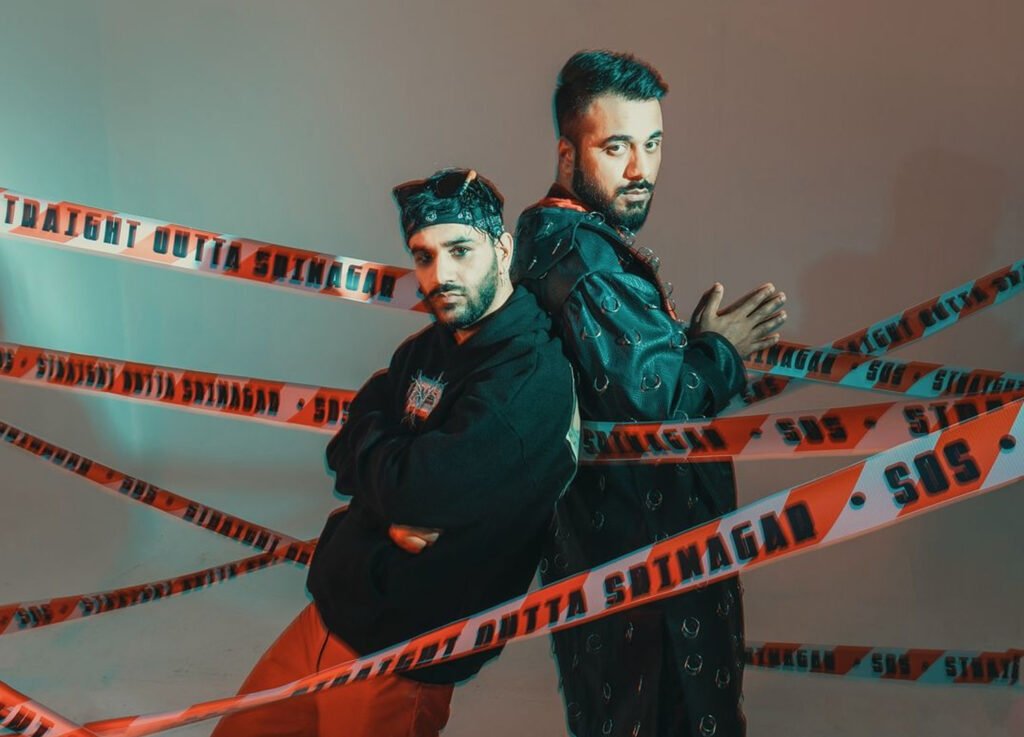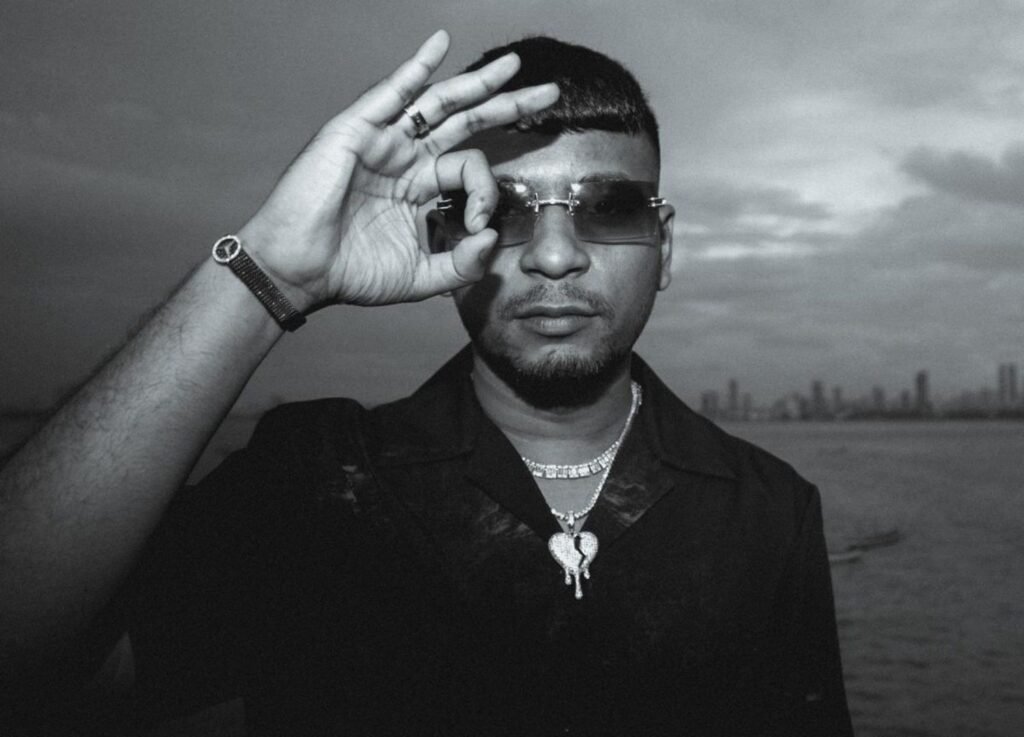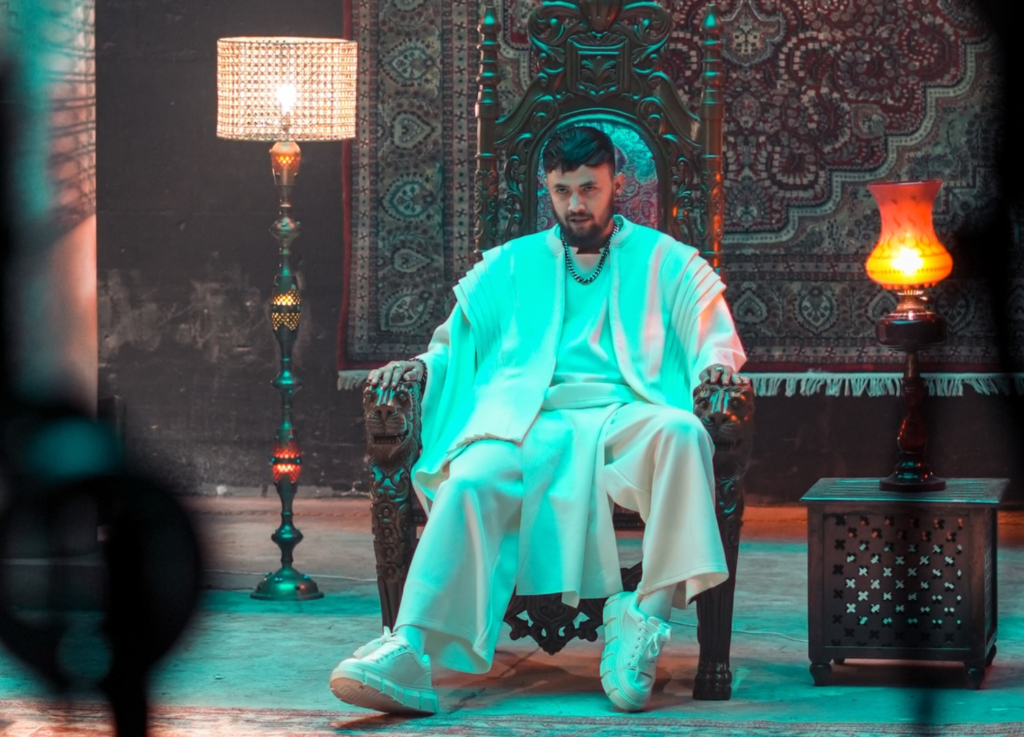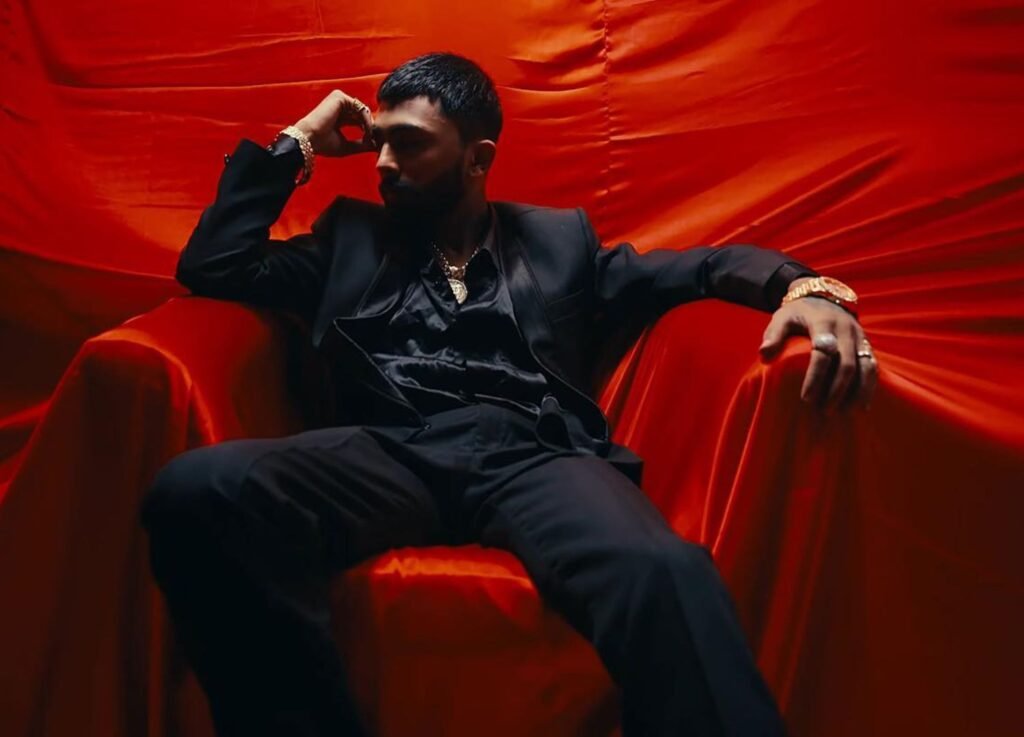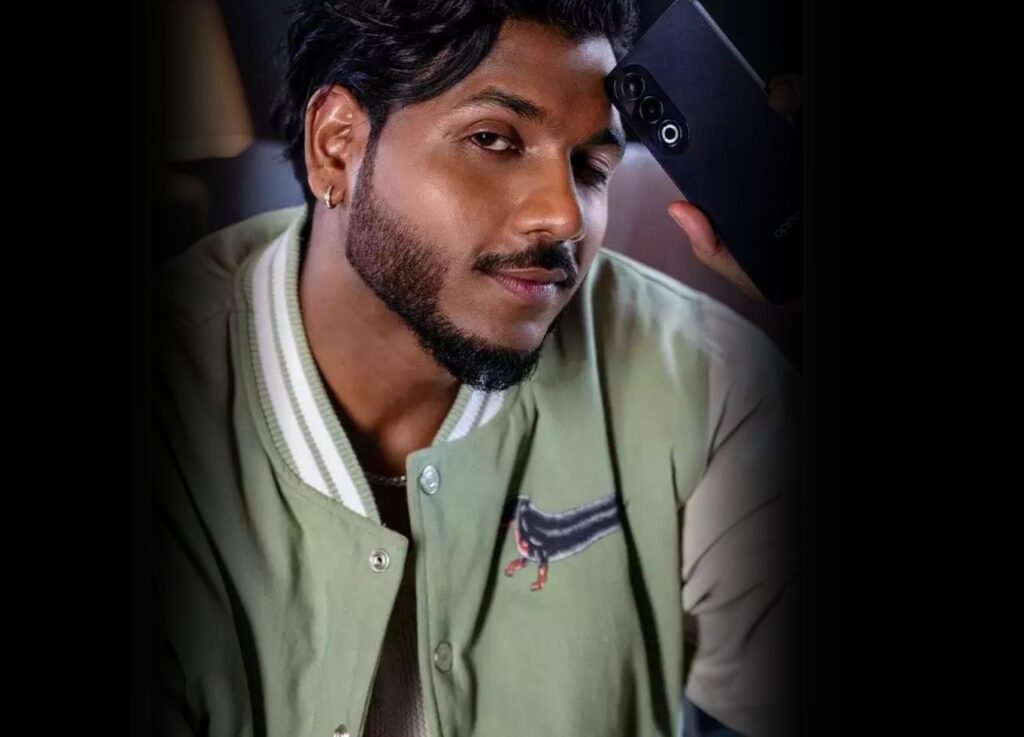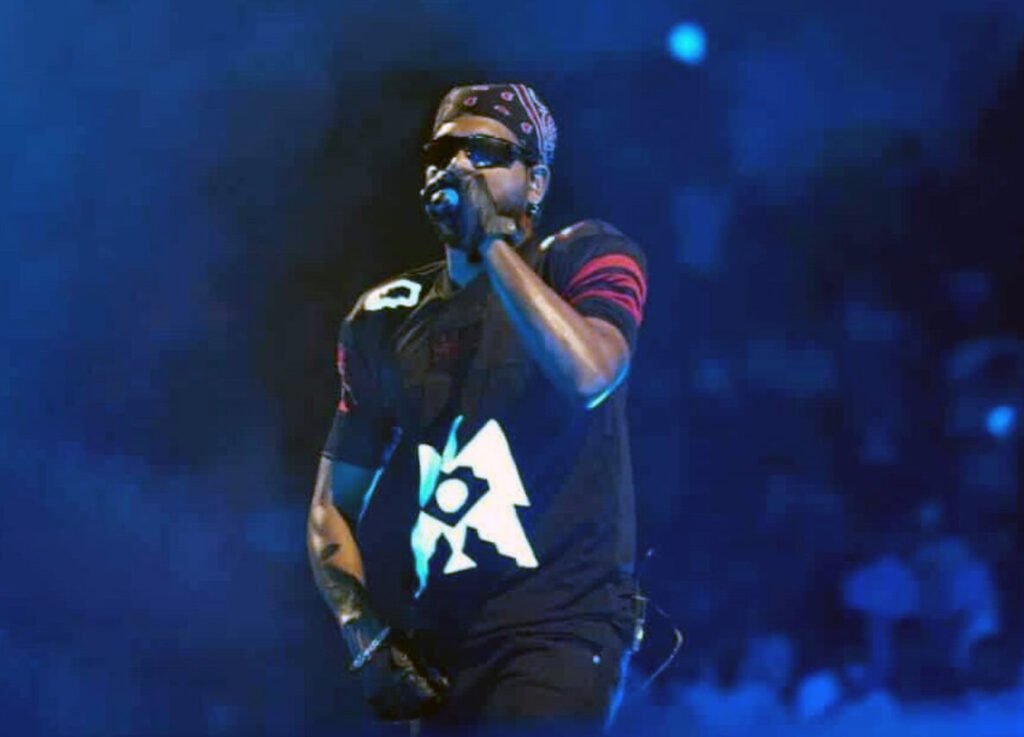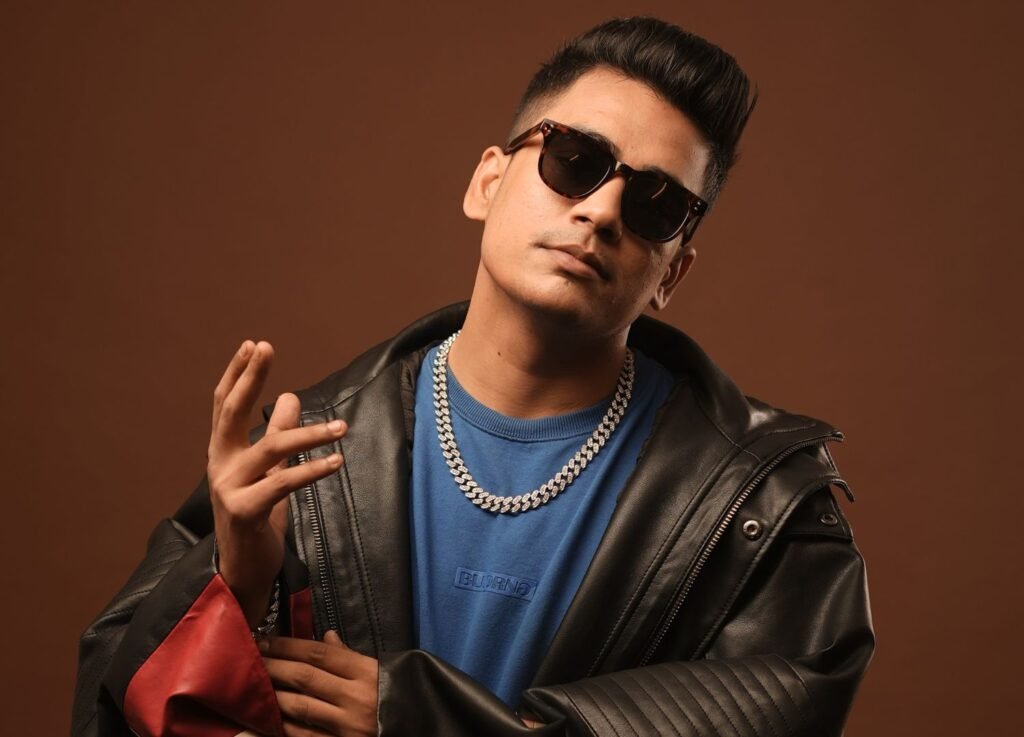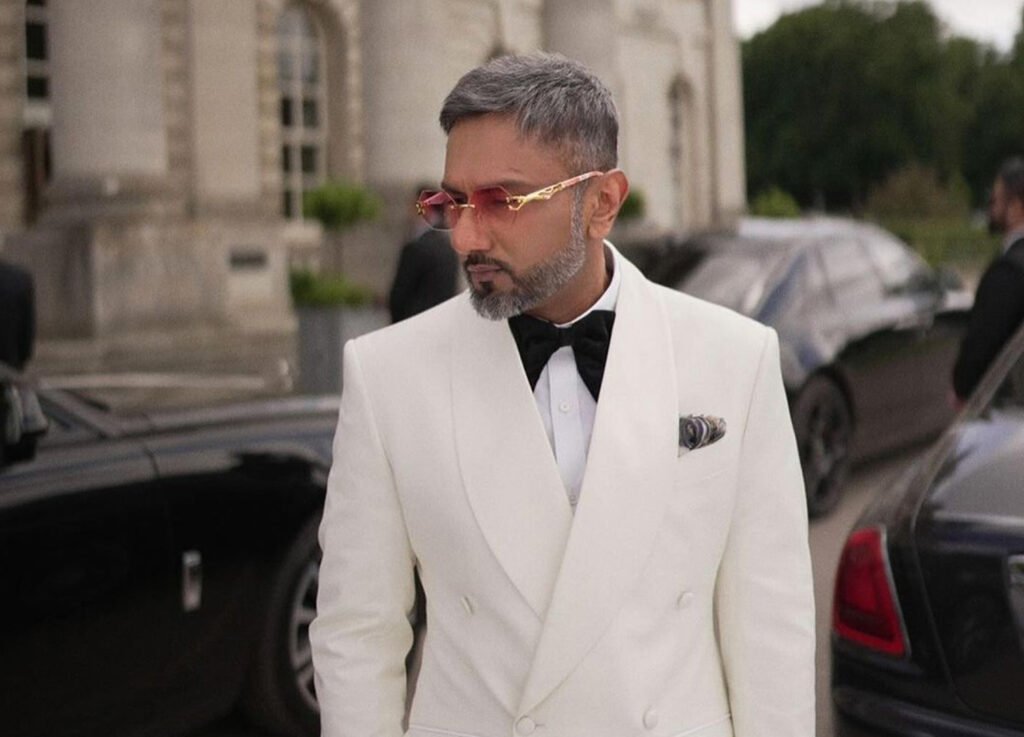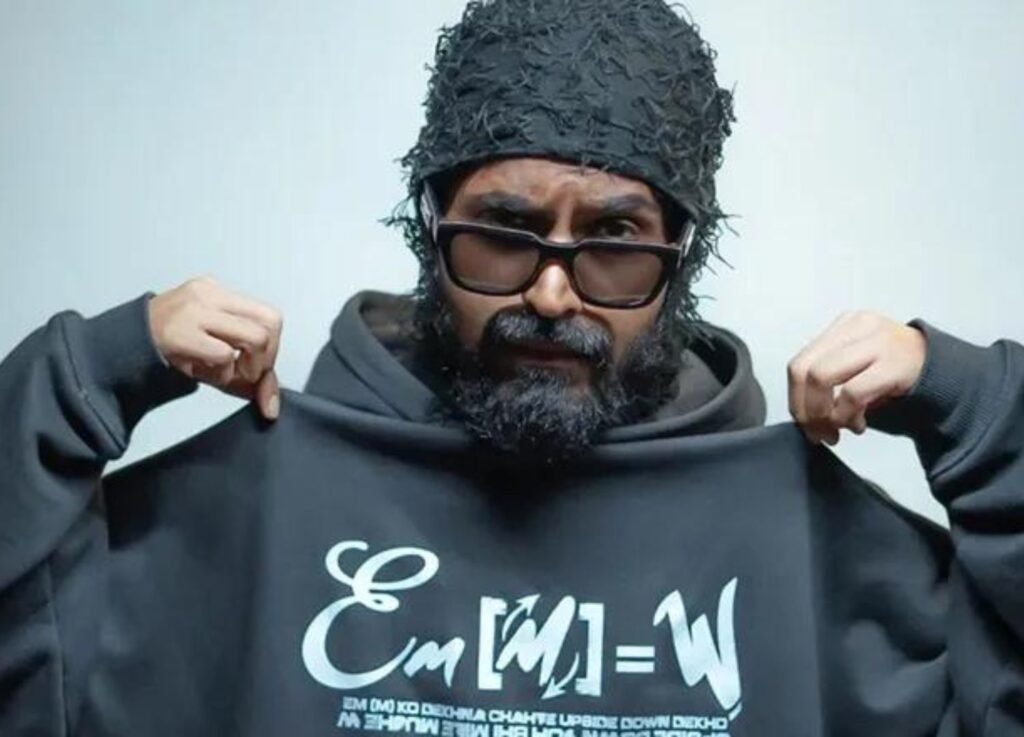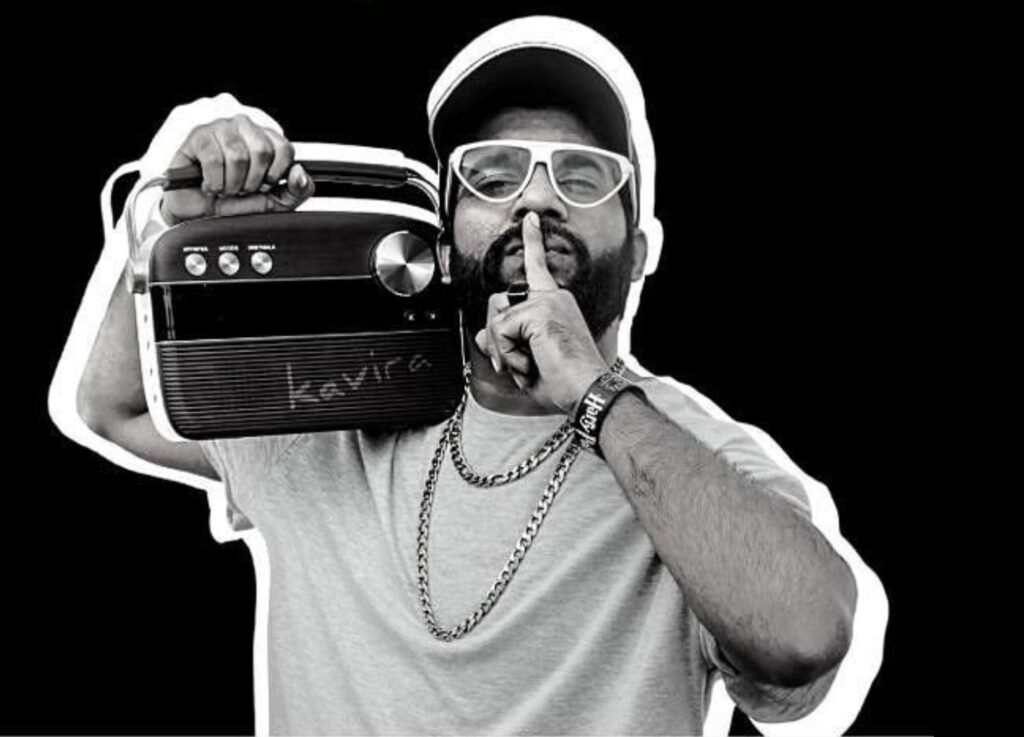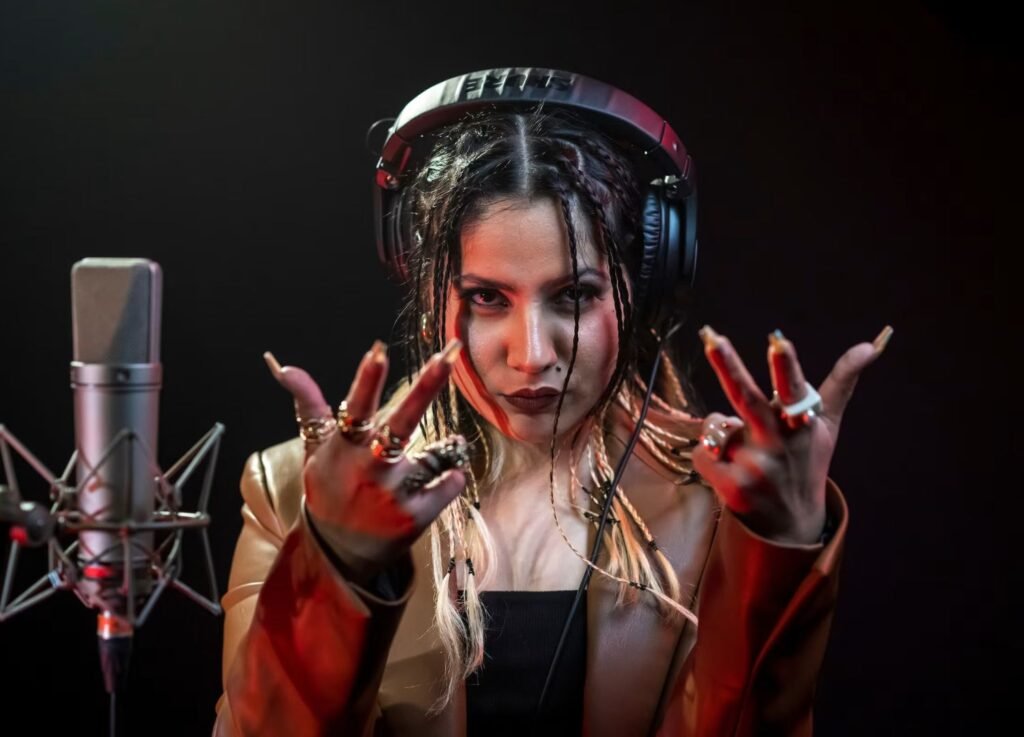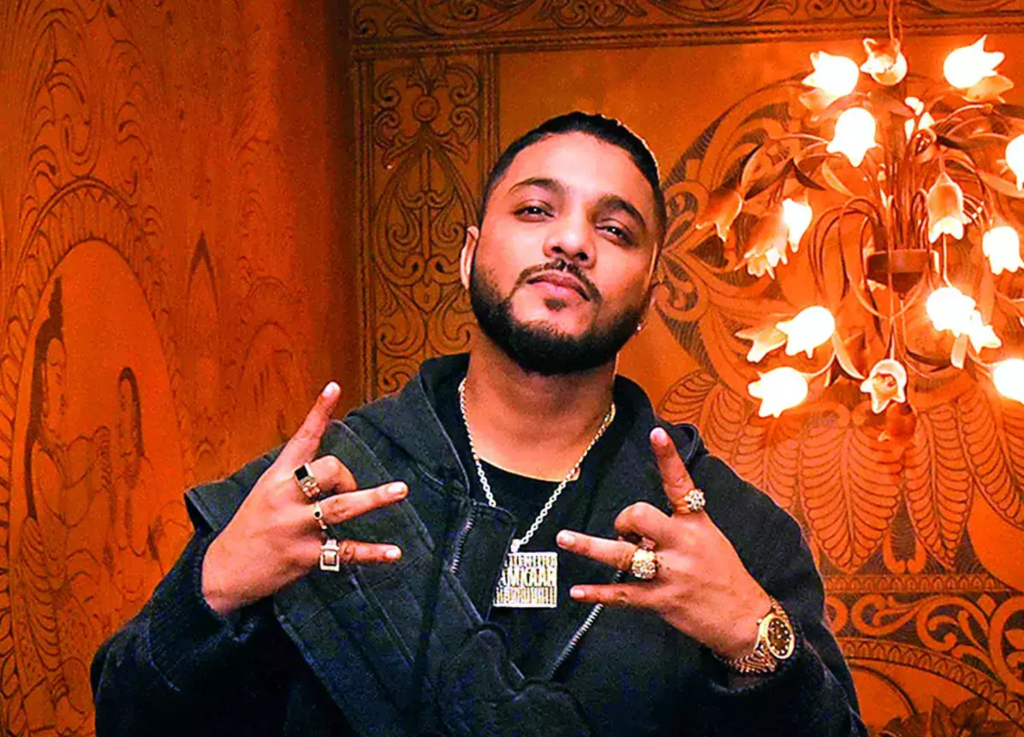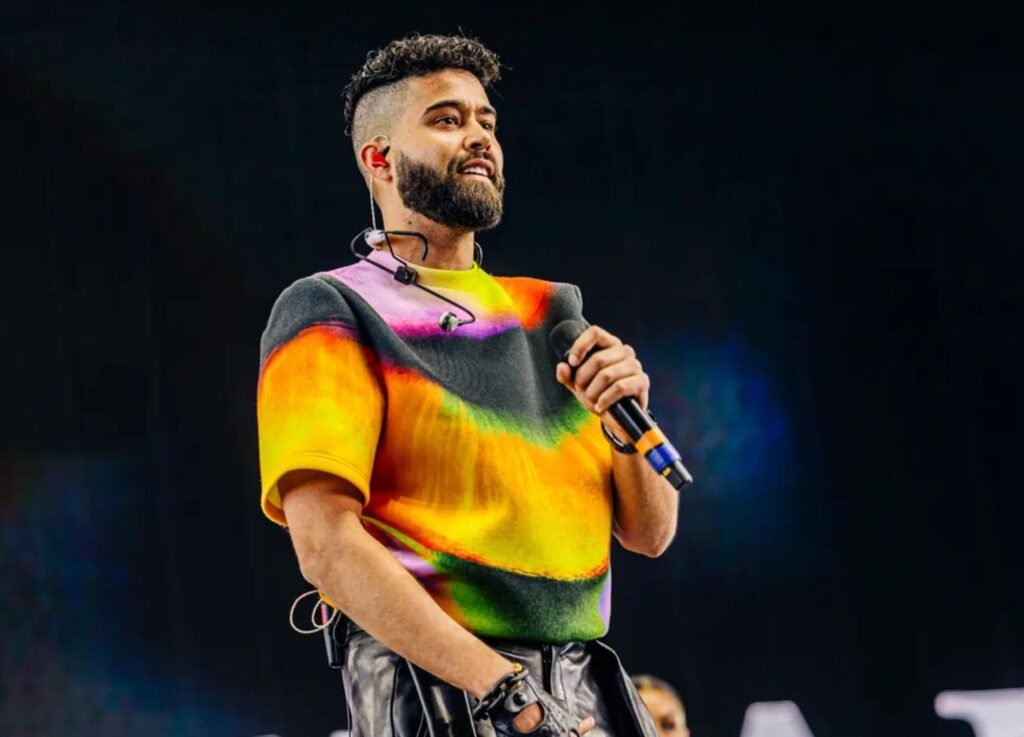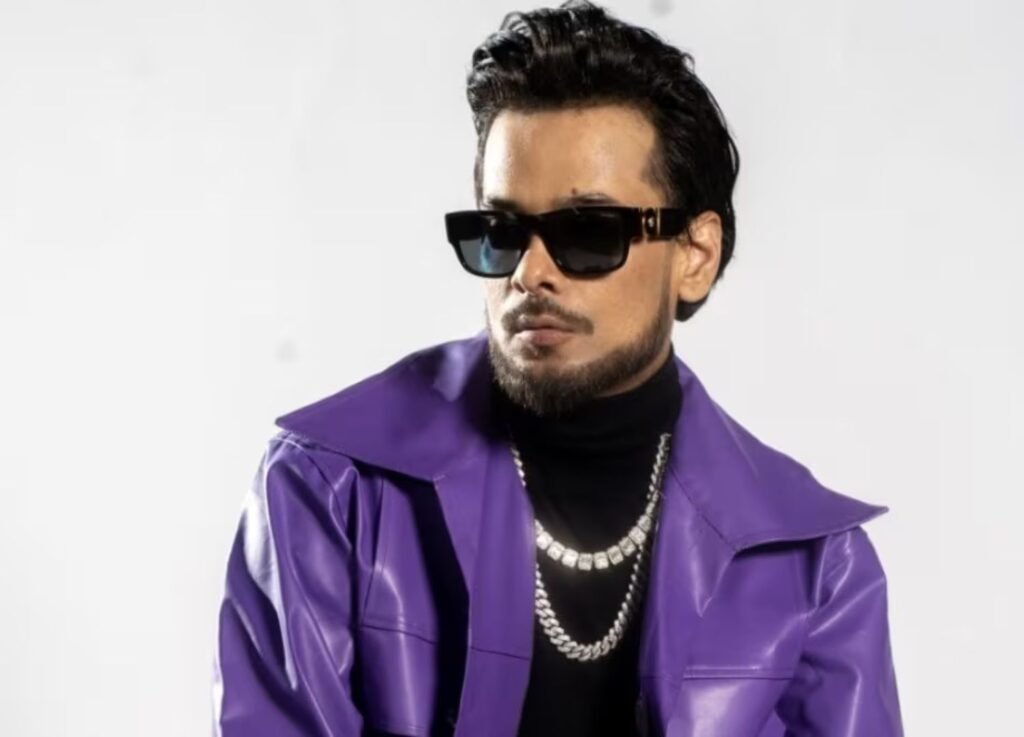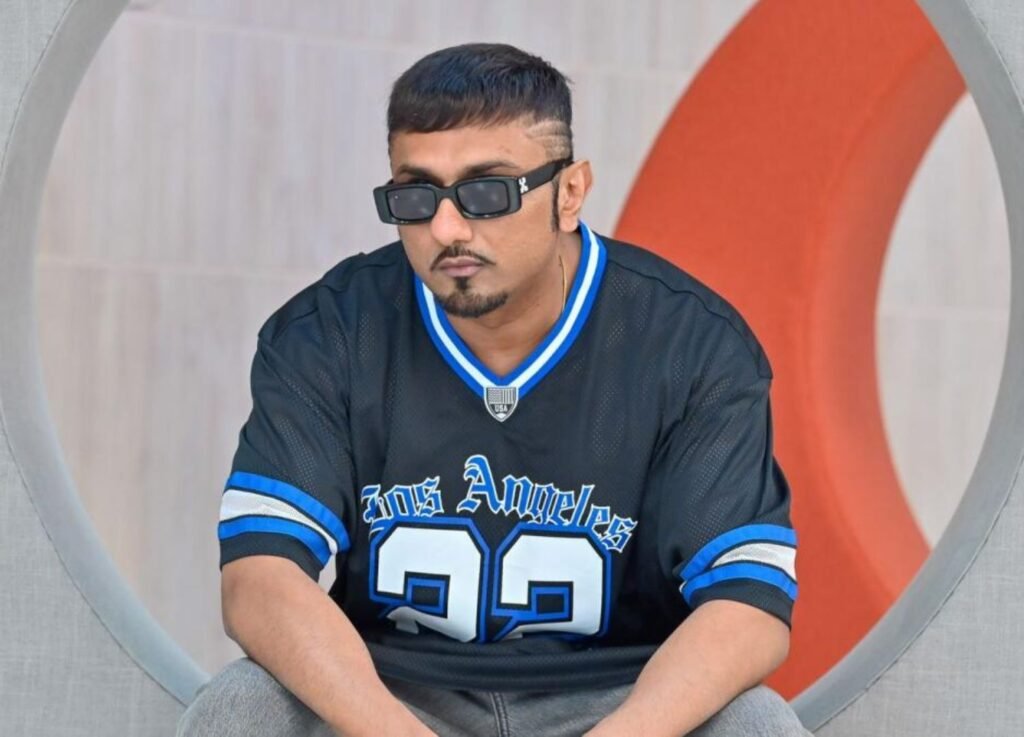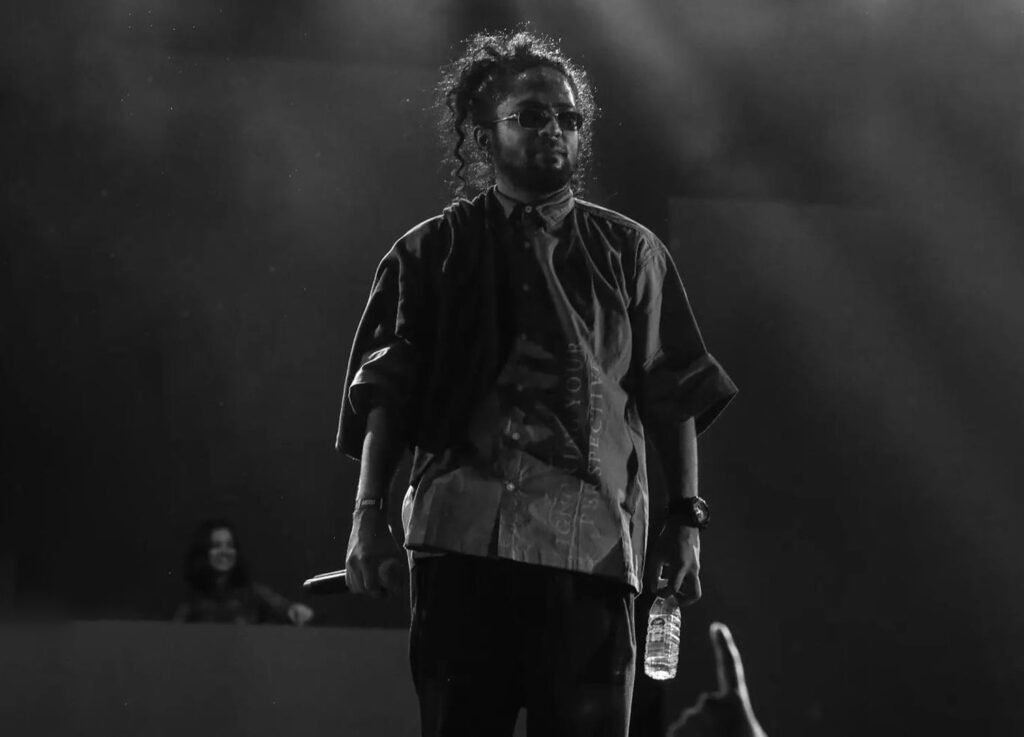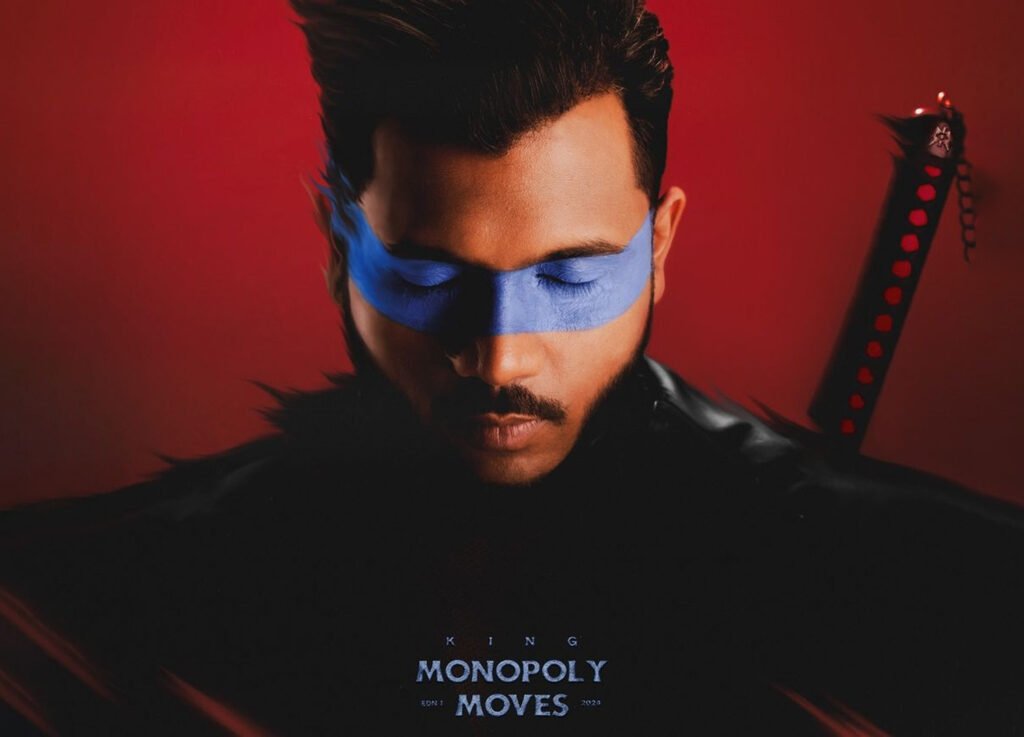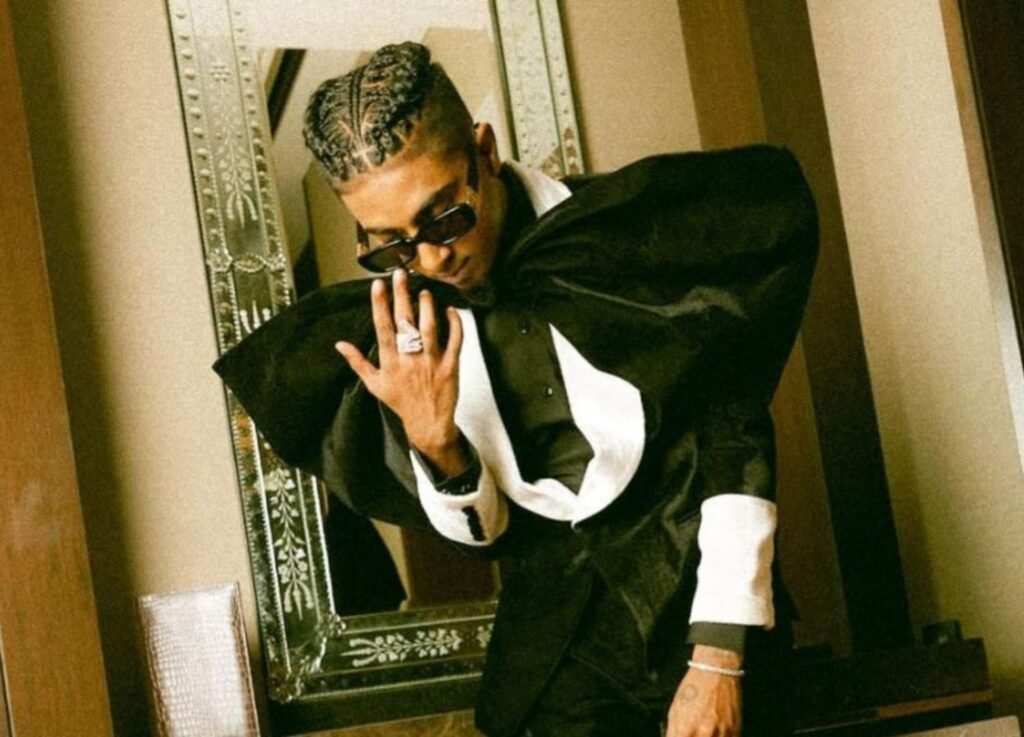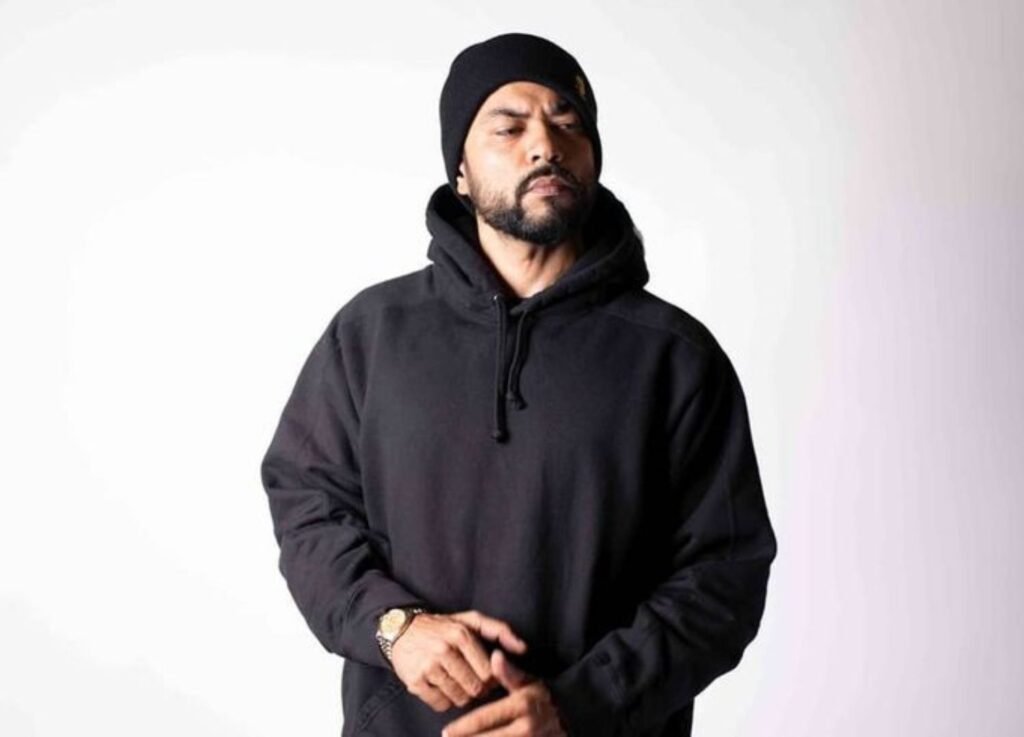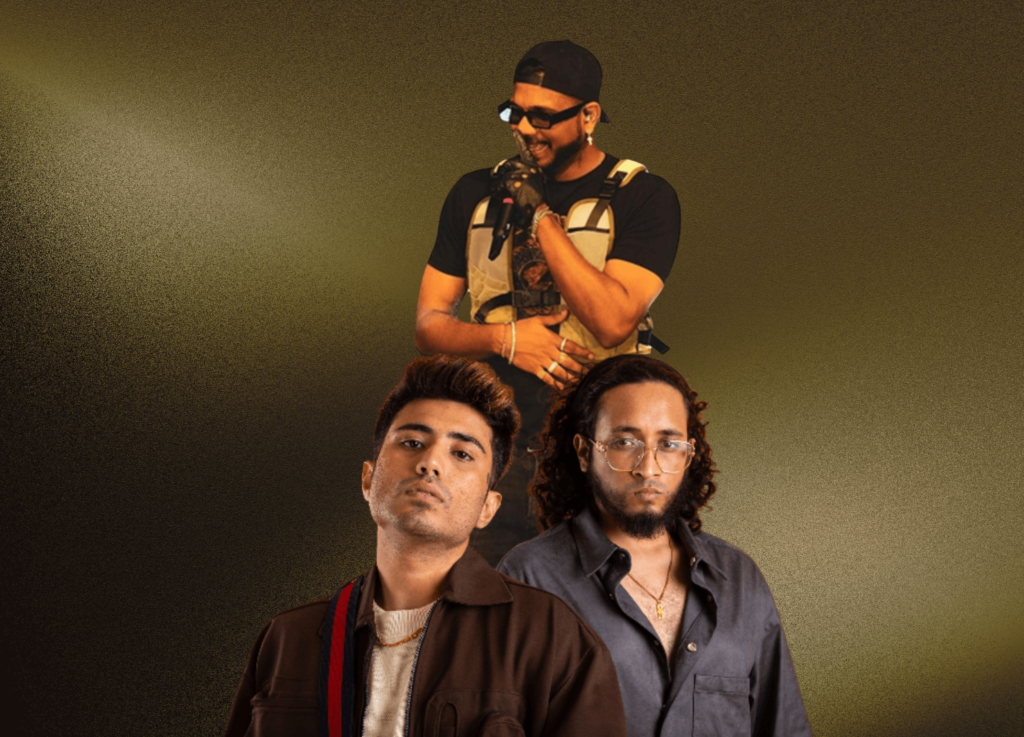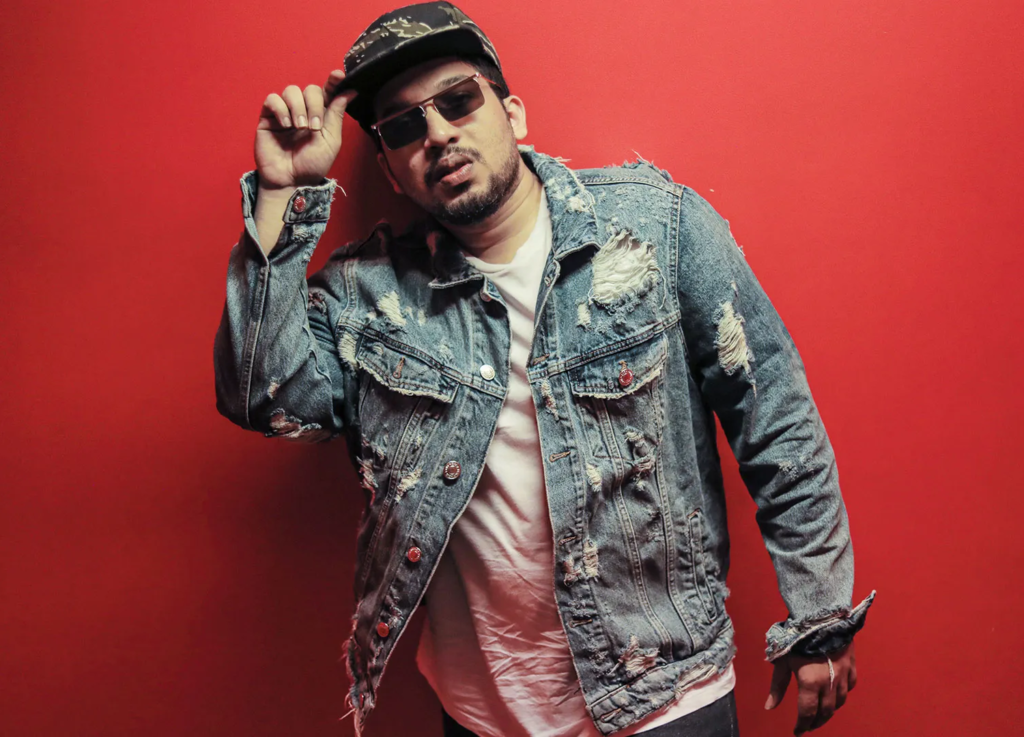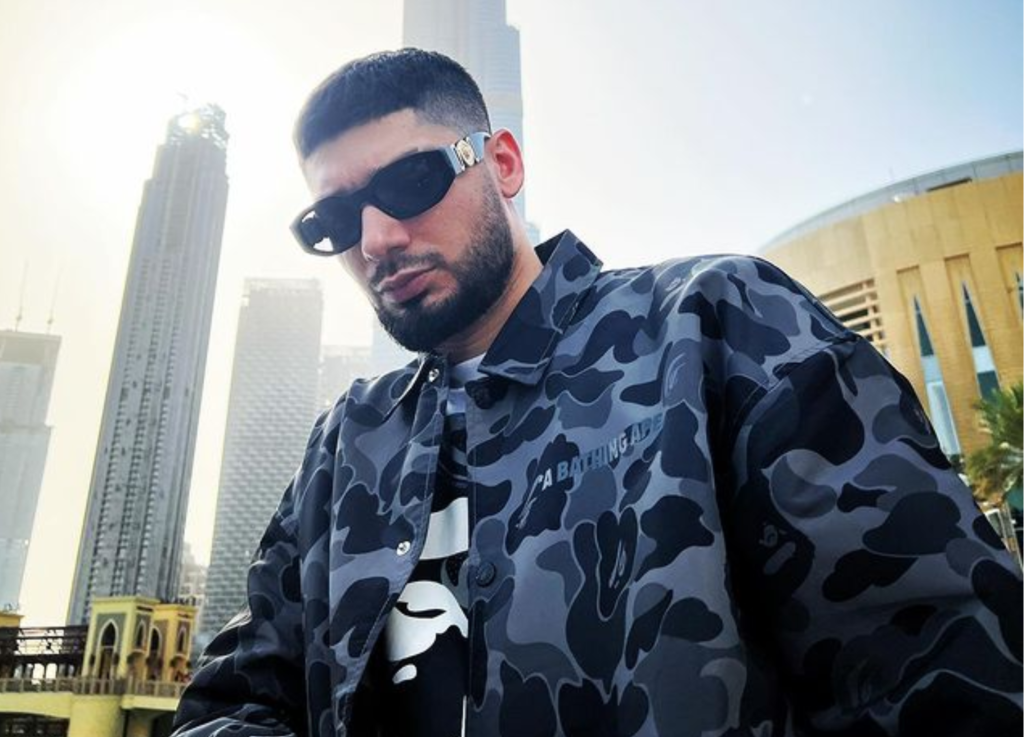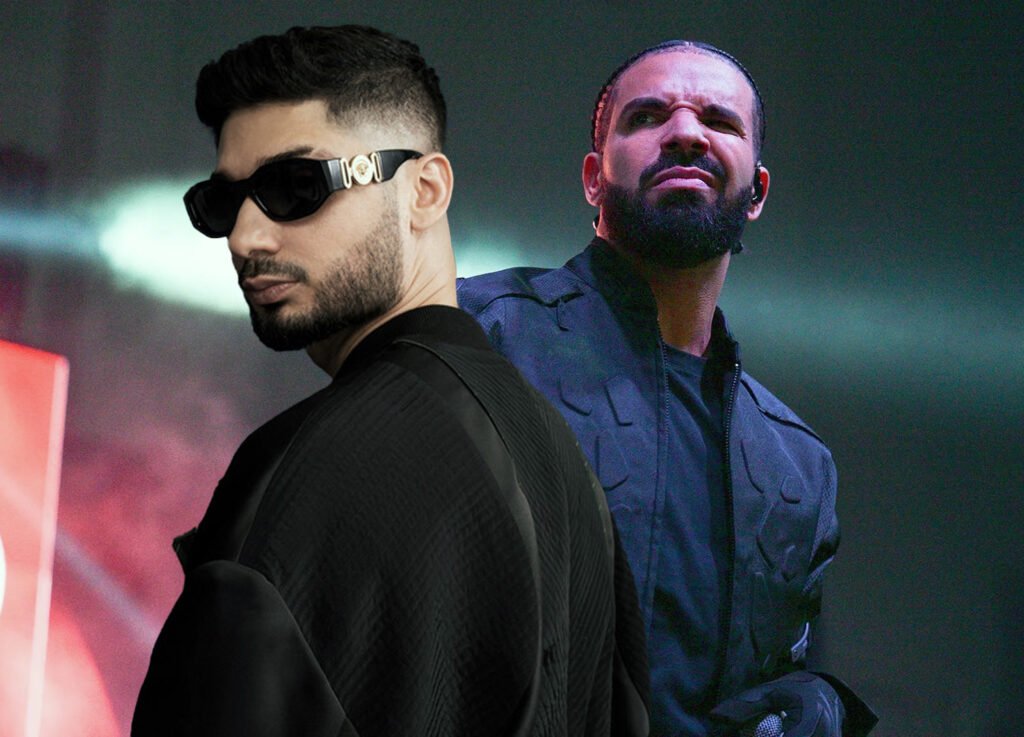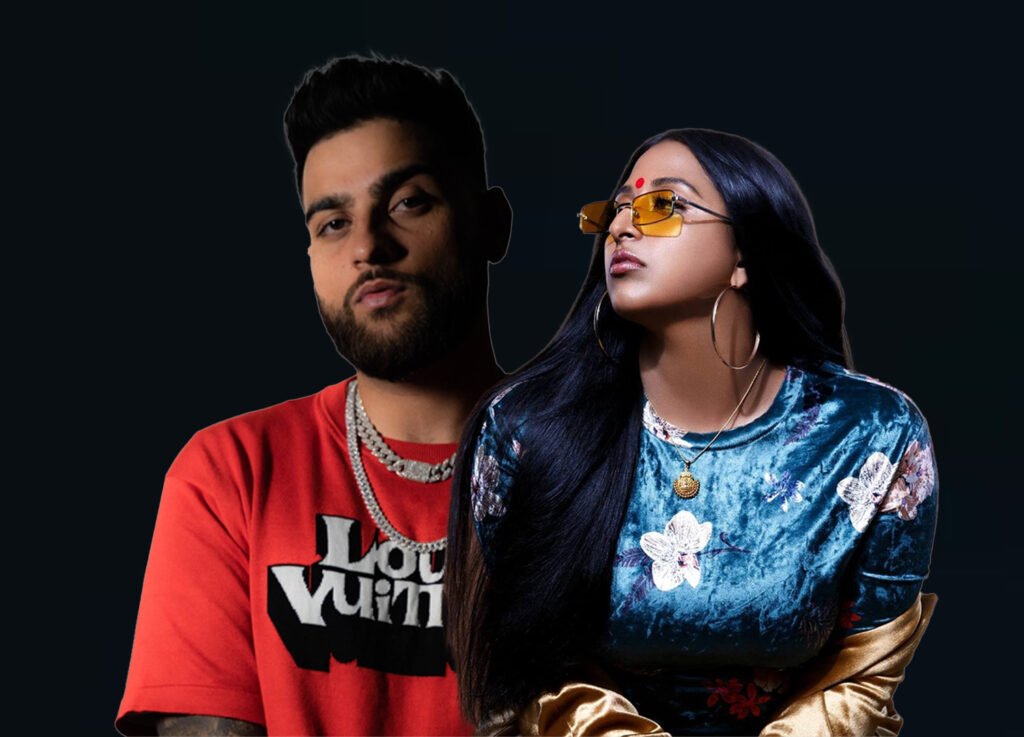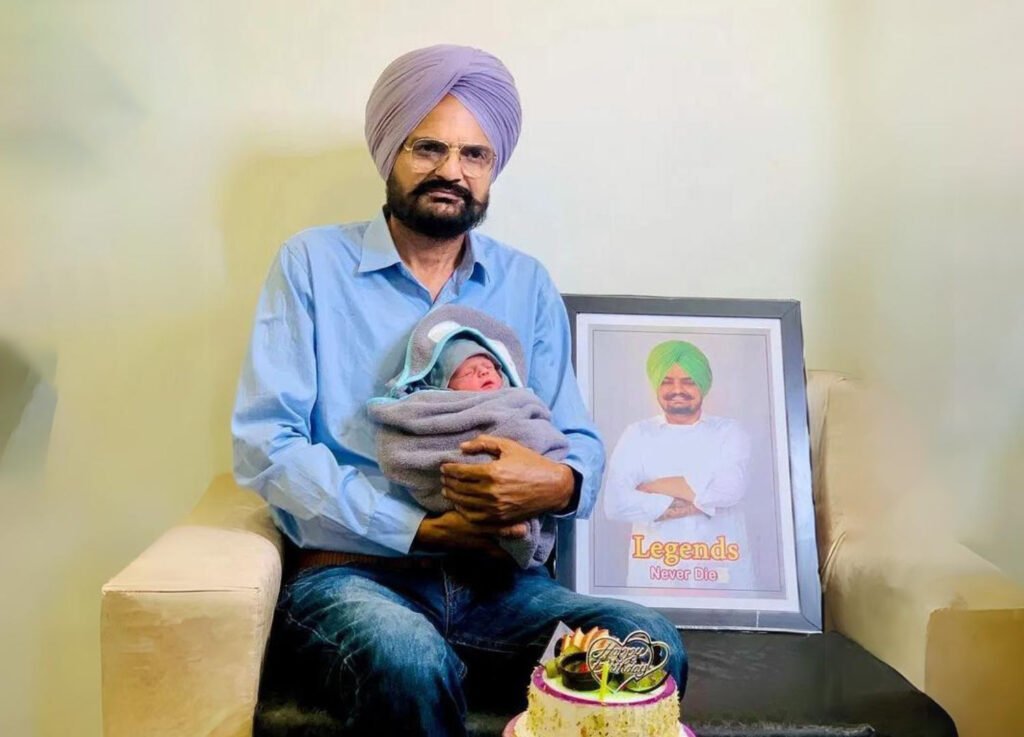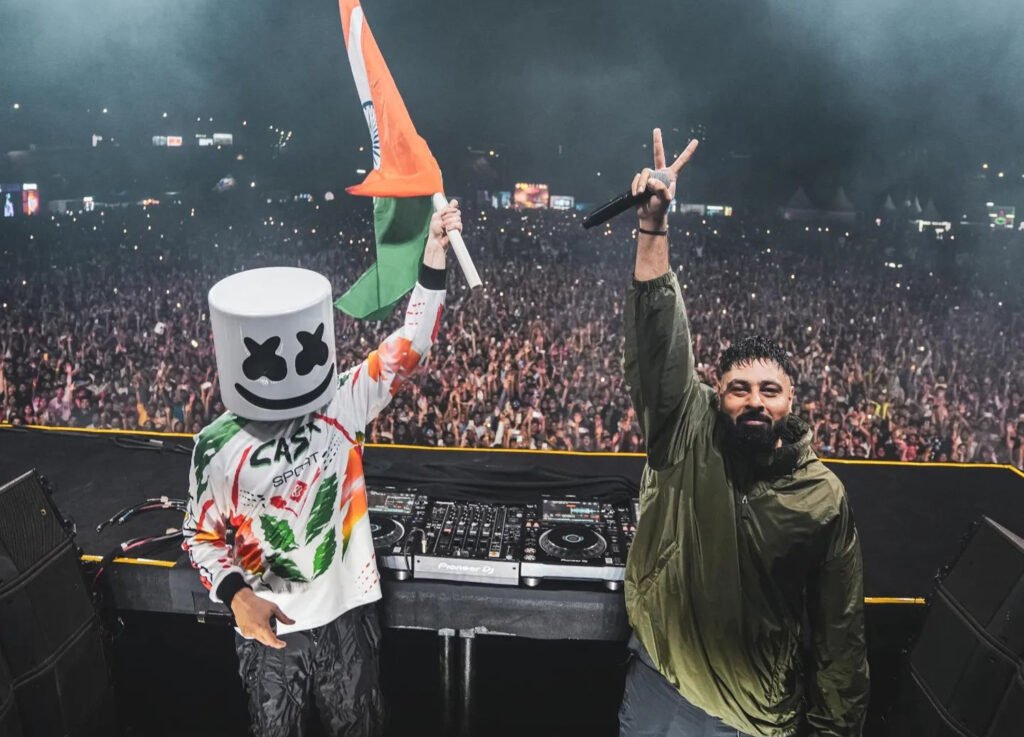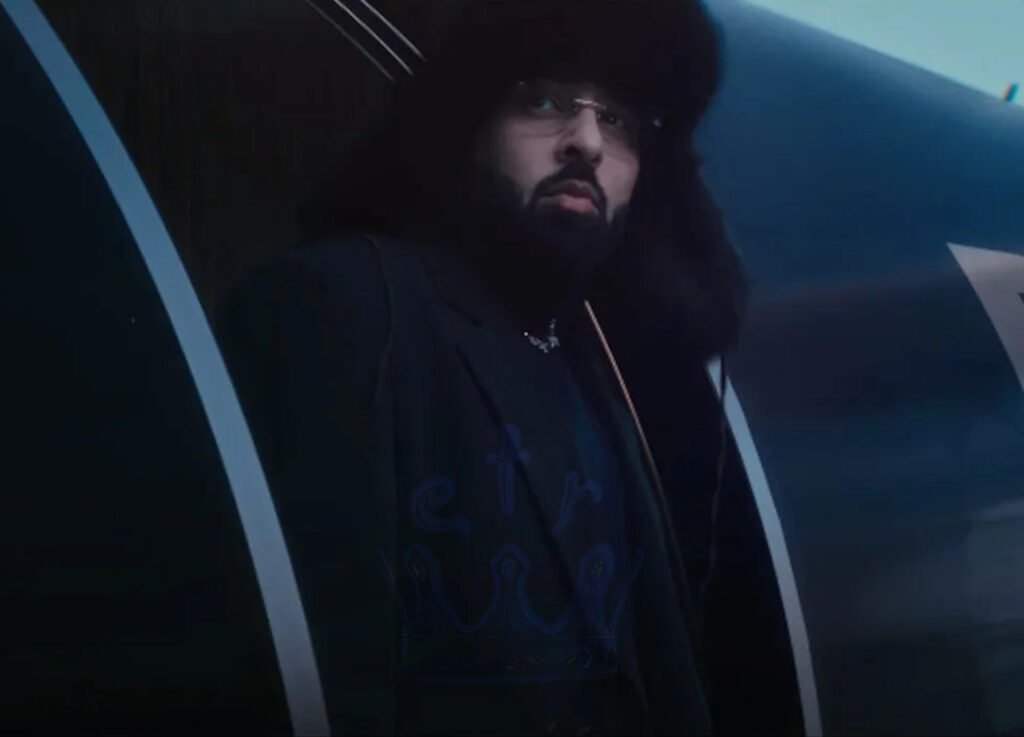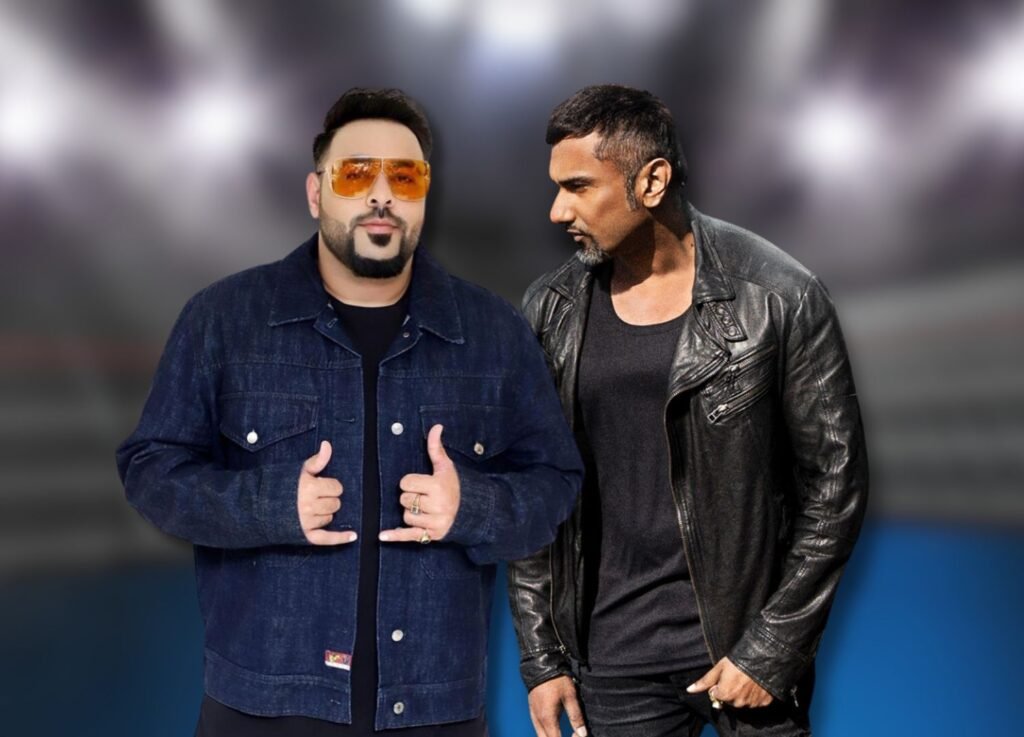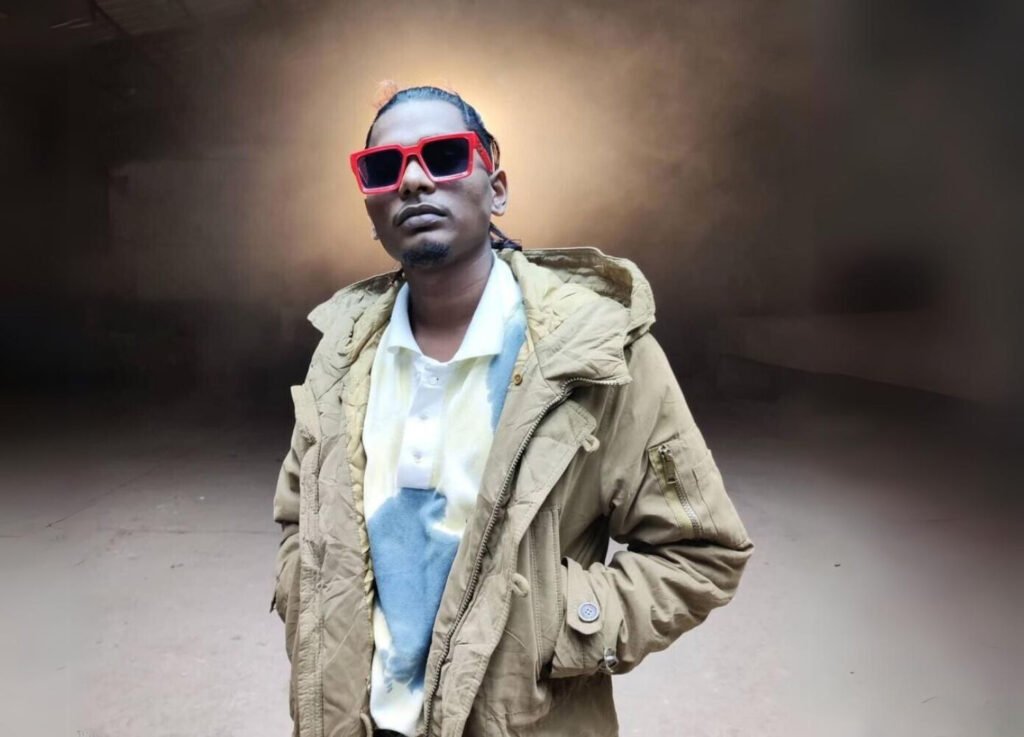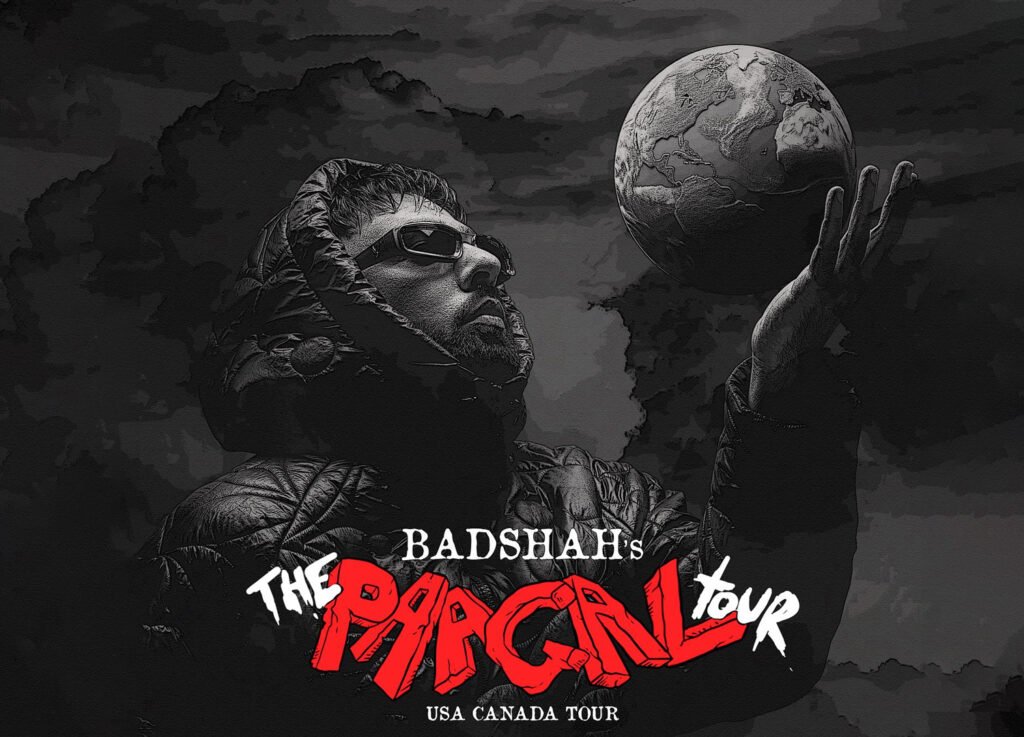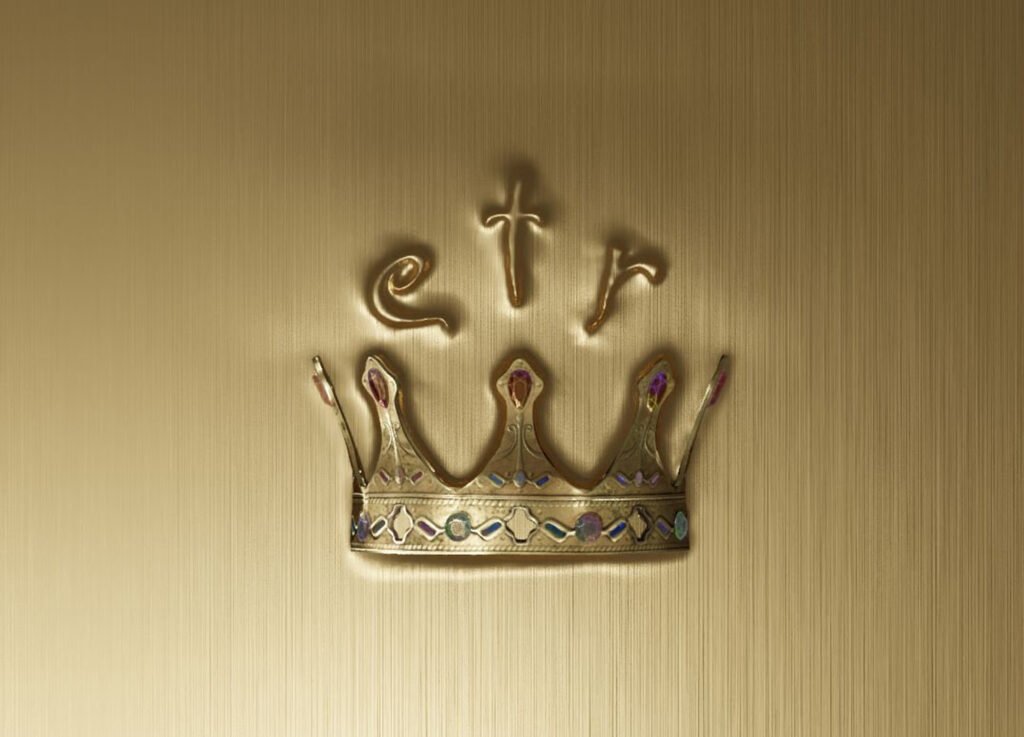Farebi Music Video Breakdown: Chaar Diwaari & Raftaar Drop a DHH Gem
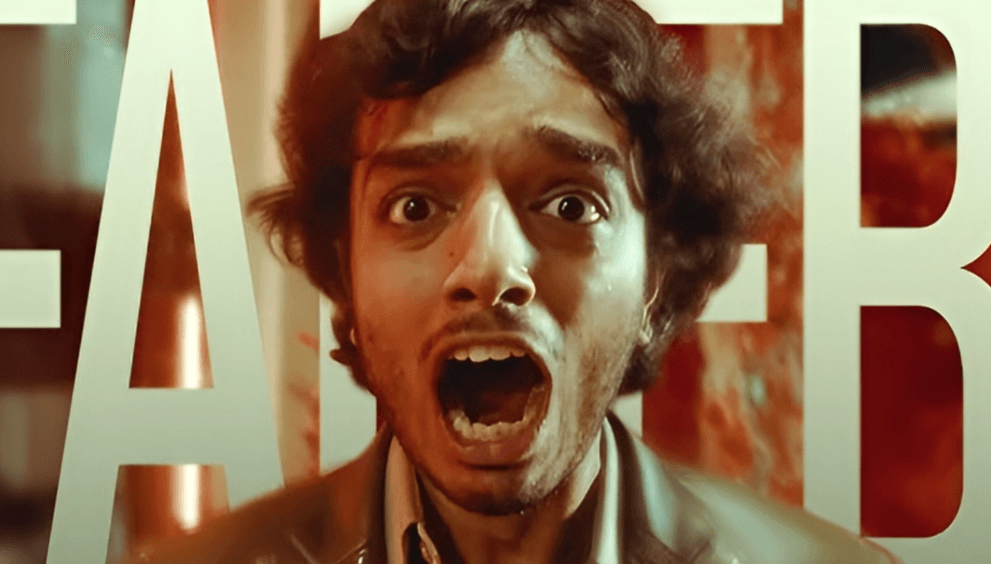
Farebi by Chaar Diwaari and Raftaar isn’t just a music video – it’s a layered, psychological trip told through rap, raw visuals, and emotion. Here’s the breakdown.
Chaar Diwaari and Raftaar just shook the Desi Hip-Hop scene with their latest drop, Farebi. If you thought this would be another run-of-the-mill rap video, think again. What they’ve delivered is part music video, part cinematic fever dream, laced with metaphors, madness, and bars that’ll sit heavy on your chest.
The Video: Chaos Meets Craftsmanship
Directed by Chaar Diwaari himself, Farebi gives you dark, indie-thriller energy from the jump. There’s fire in the city, chaos in the streets, and a whole lot of running, but no one’s really getting anywhere. Visually, it’s a trip. Flickering lights, tight alleyways, disjointed timelines, and metaphor-laced framing keep you off balance the whole time.
The narrative is fractured on purpose. You’re not supposed to “get it” in one go. It’s confusion with a purpose, a visual metaphor for inner turmoil, guilt, and identity unravelling. One moment you think you’re looking at a mirror, and turns out, it’s a window. That shot at the 1:00 mark? Already iconic. It sells the illusion so well, fans are rewinding just to figure out how they did it.
Cracking the Code: Lyrics That Speak in Riddles
These lyrics don’t hold your hand, they throw you into the fire. Chaar Diwaari opens with an image of a city on fire and chaos in motion. And then he flips the script with emotional gut punches like:
“Laila ko lagta hoon main farebi, haan farebi”
He’s not just playing a character, he’s confessing. Every verse is a tug-of-war between guilt and detachment. It’s not about being a villain. It’s about realizing you are one, and owning it.
Raftaar pulls up and sets the tone ablaze.
“Diwaari mera dil le gaya, apna khanjar maara, seena mera chheel ke gaya.”
That ain’t just pain, it’s betrayal, heartbreak, and street grit all rolled into one. There’s rage in those lines, but it’s not loud. It’s surgical.
Then there’s this one:
“Main chahta nahi hu tujhe, meri toh mujh se bhi na bane.”
It’s rare to hear emotional collapse put so plainly in hip-hop. No extra dramatics. Just the truth. That line alone could stop you in your tracks.
The Sound: Abstract But Rooted in DHH
The production is barebones but immersive. Chaar Diwaari cooked up something that feels more like a psychological score than a beat. It’s echoey, minimal, unsettling, but never hollow. No drop. No trap clichés. Just a raw atmosphere that crawls under your skin.
Real Voices, Real Impact
Hop over to the YouTube comments and you’ll see how deep this hit. These aren’t just fire emojis and claps. People are having emotional reactions:
“The value, the videography, the vocals, the acting!! Absolute cinema. Can’t believe we are getting to see this for free.”
“Raftaar is undoubtedly the greatest rapper of the DHH scene. This guy can blend in every genre and overshadow any other artist.”
“1:00, this shot is just insane. The illusion of it being a mirror is sold to the viewer so perfectly. This is crazy.”
“This ain’t a song, this is a psychological thriller.”
“Diwaari is years ahead of the game, and Raftaar’s versatility is criminally underrated.”
“This is DHH’s Fight Club, you won’t get it until your third watch.”
You don’t see that kind of talk for every drop. Farebi isn’t just content, it’s conversation.
Final Thoughts
Farebi is built for replay value, for layered listening, and for heads who like their hip-hop with depth.
This is two artists peeling themselves open and stitching it into a track. It’s ugly, honest, poetic, and bold. Most importantly, it’s real. In a sea of algorithm-friendly drops, Farebi stands tall as a rare, risky piece of storytelling.
Watch it once for the vibe. Watch it twice for the visuals. Watch it a third time, and maybe you’ll finally meet the real Farebi and keep riding with us at Desi Rap Network for more real talk on DHH’s biggest moves.

